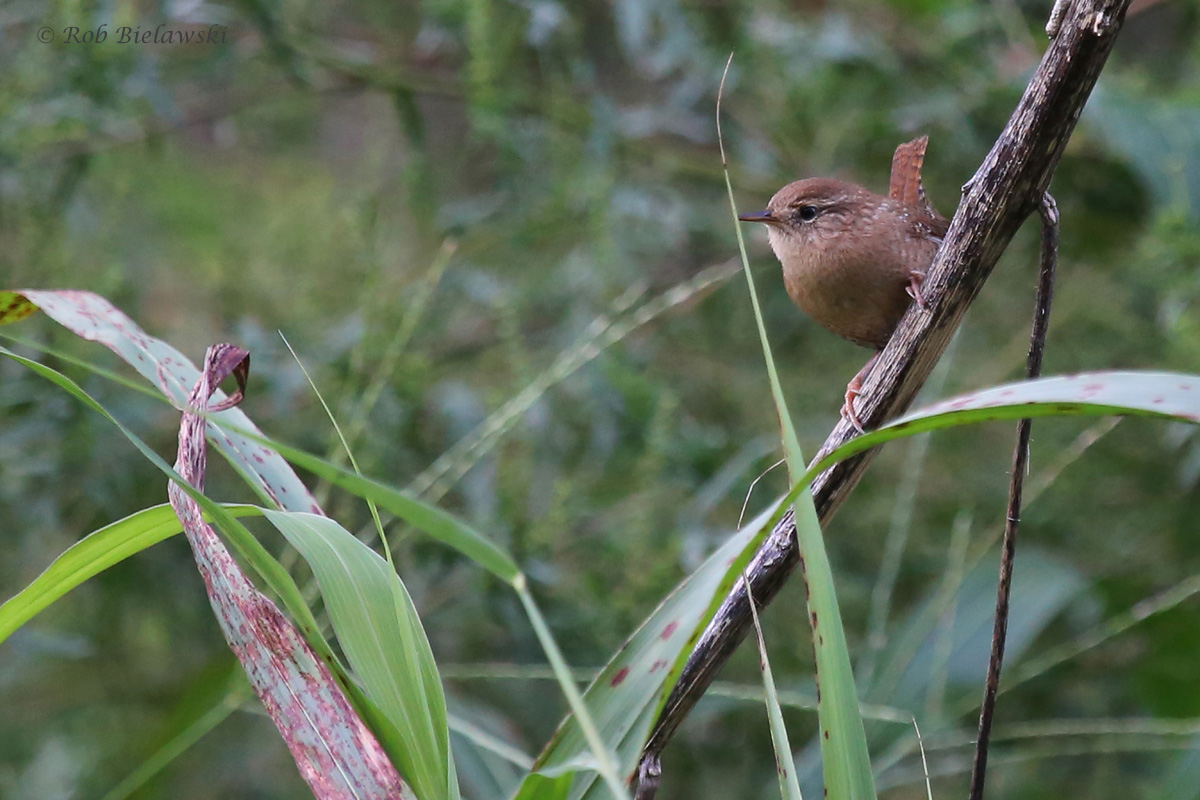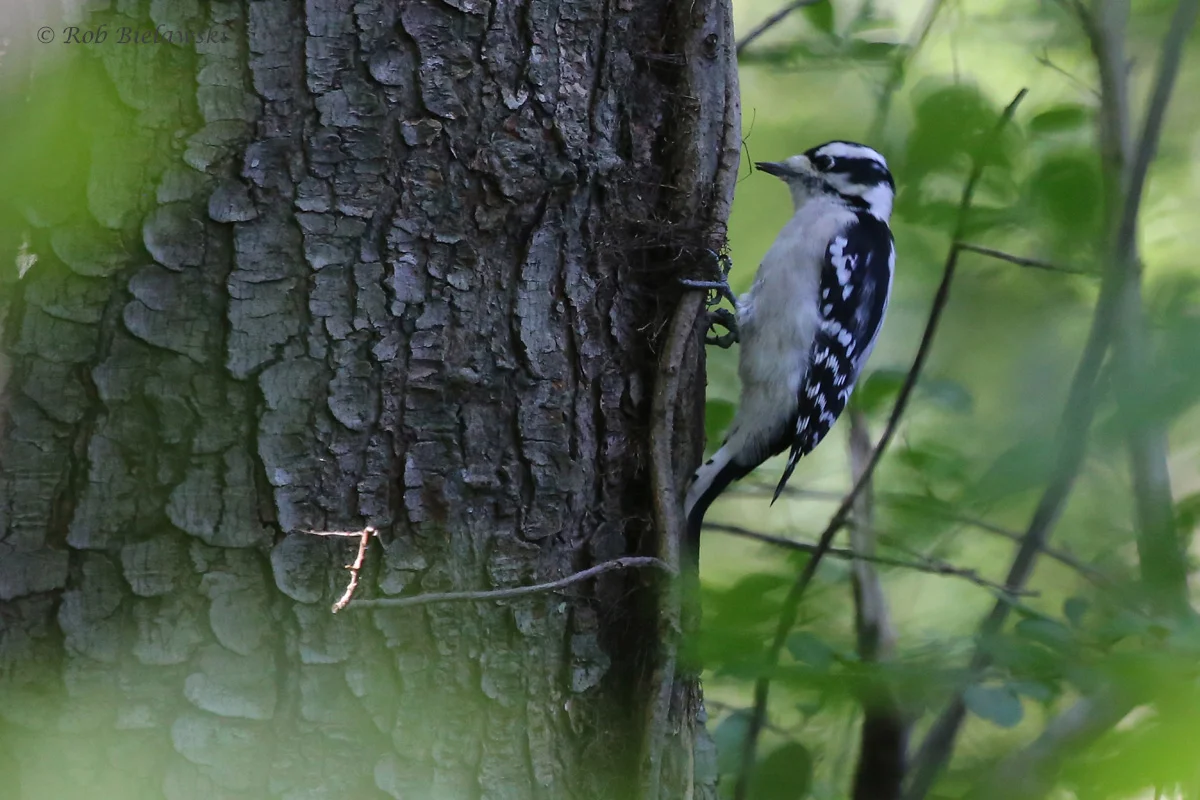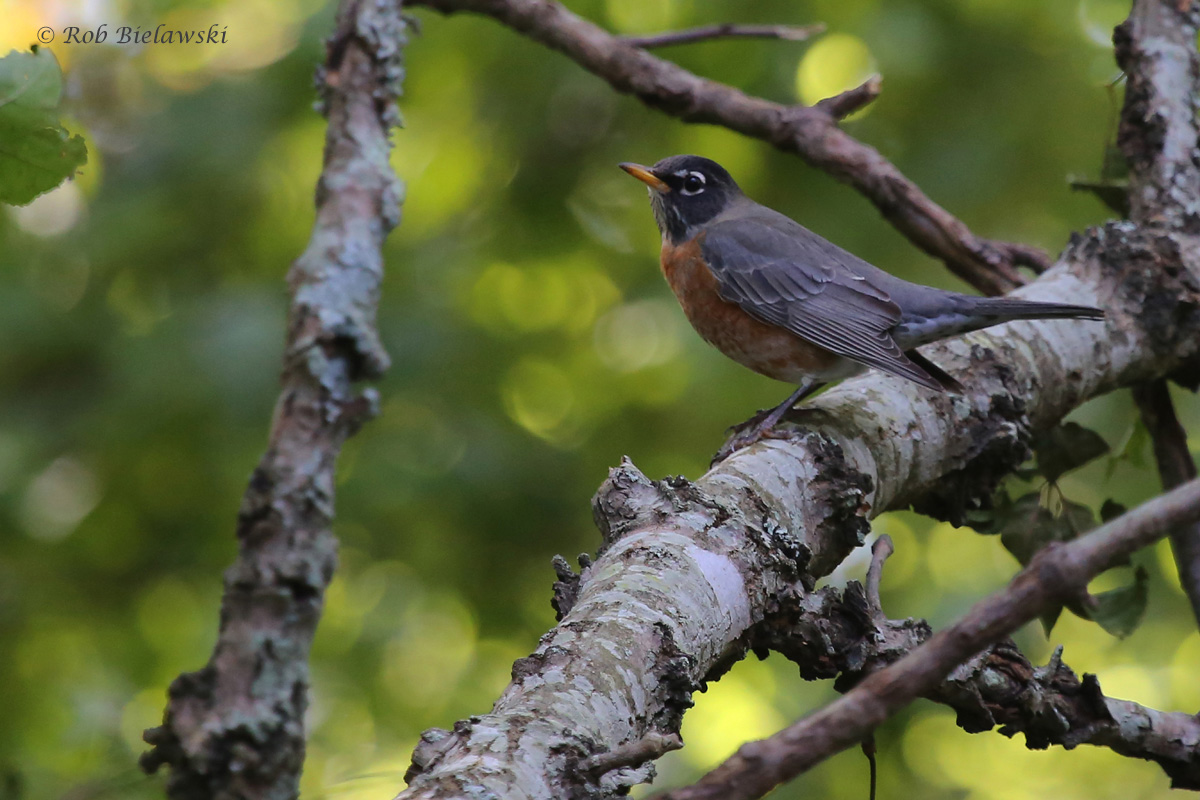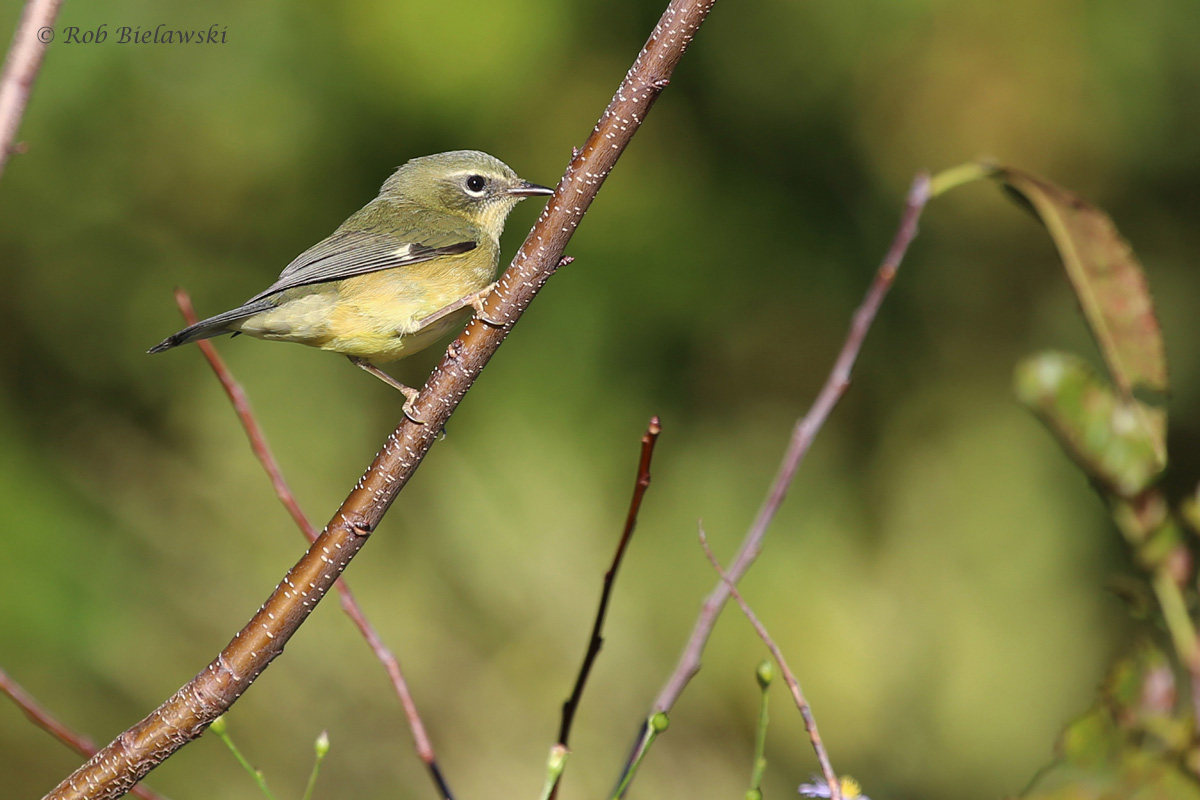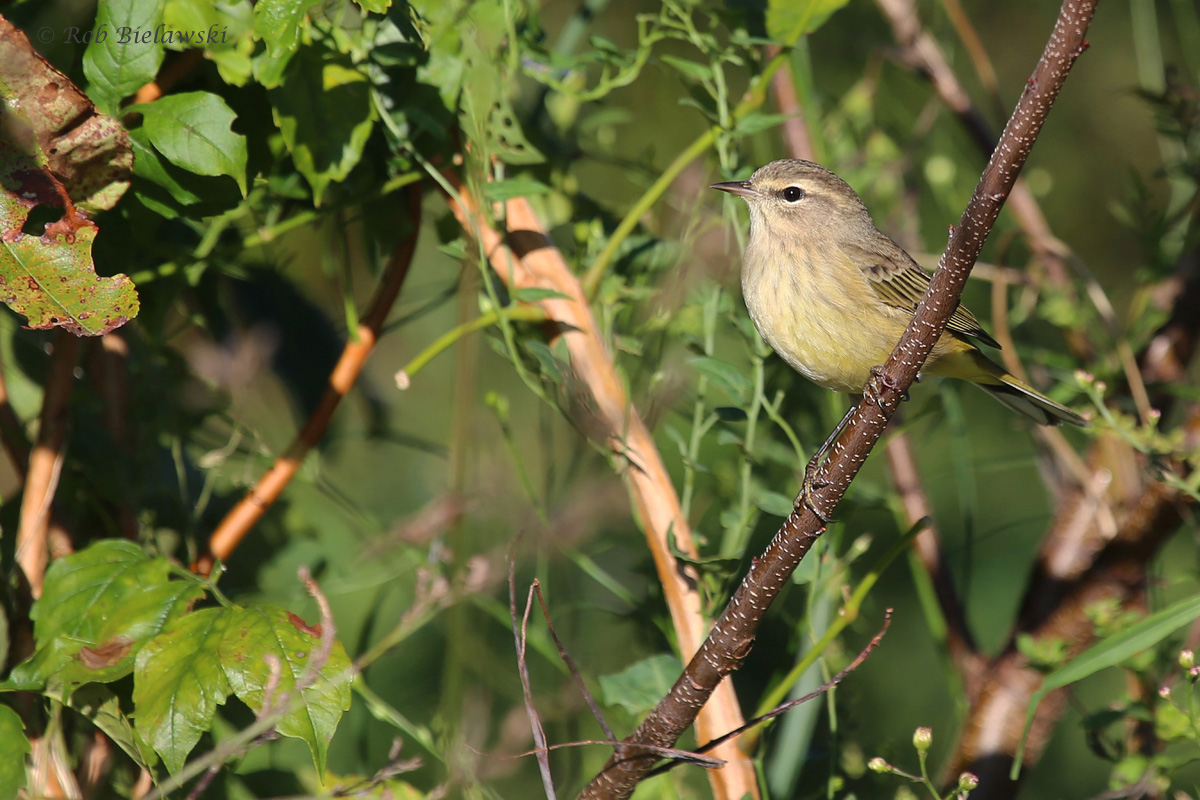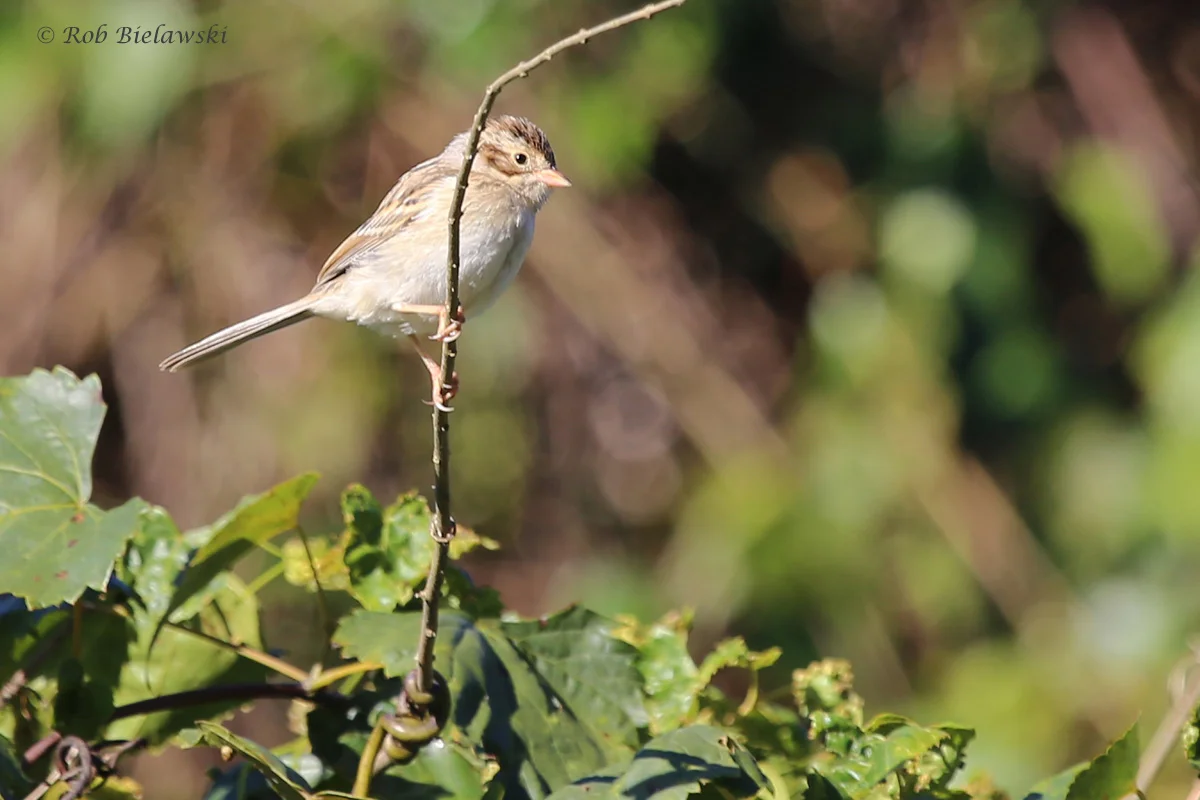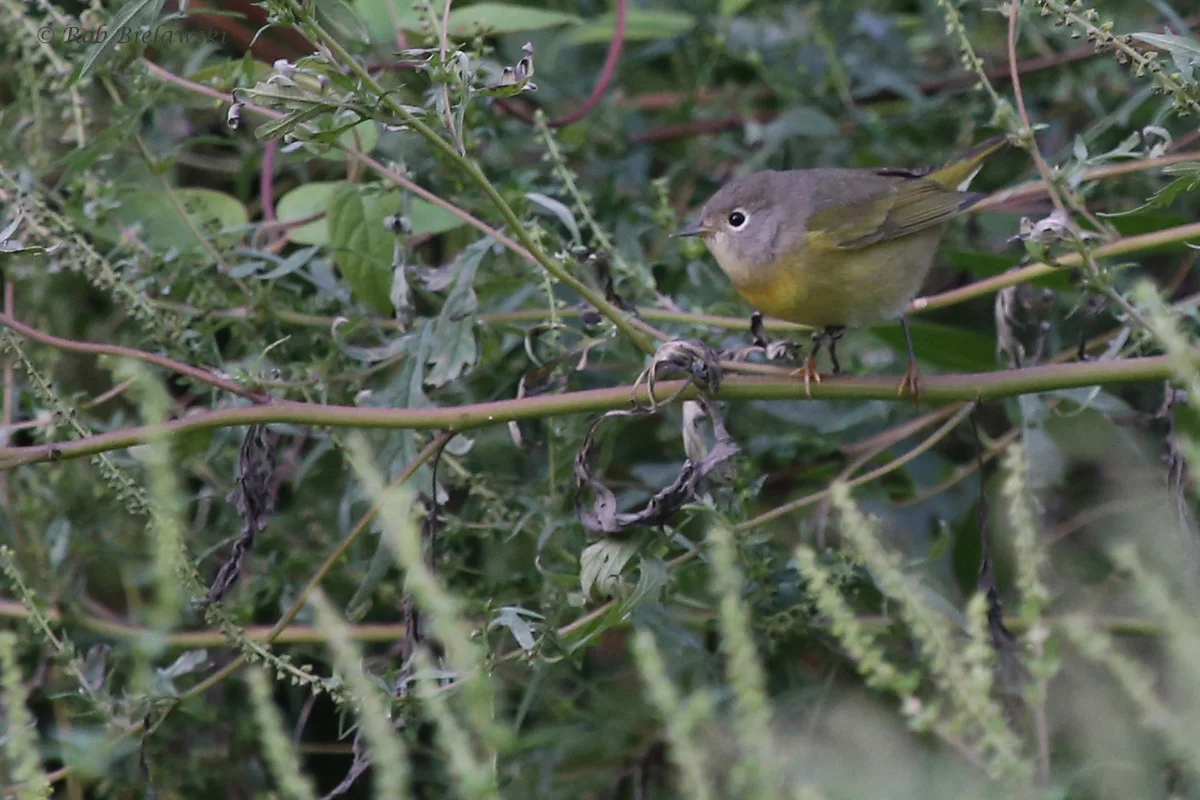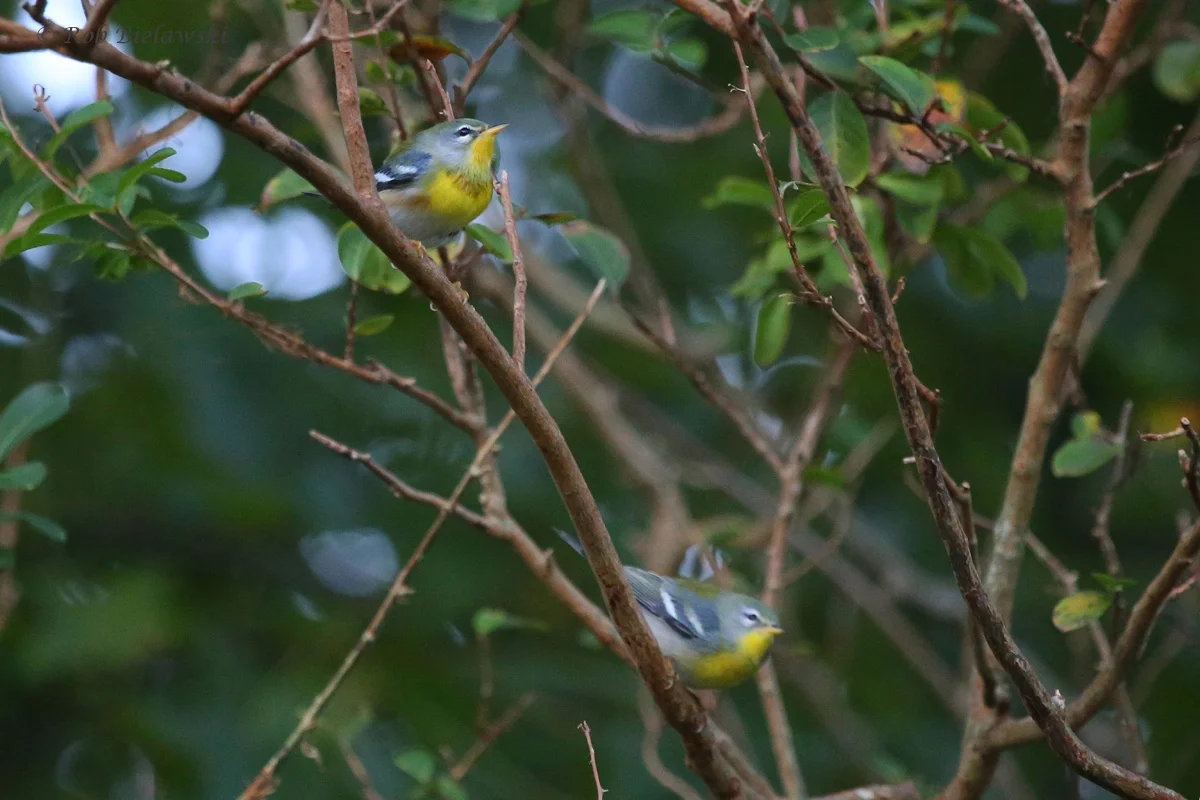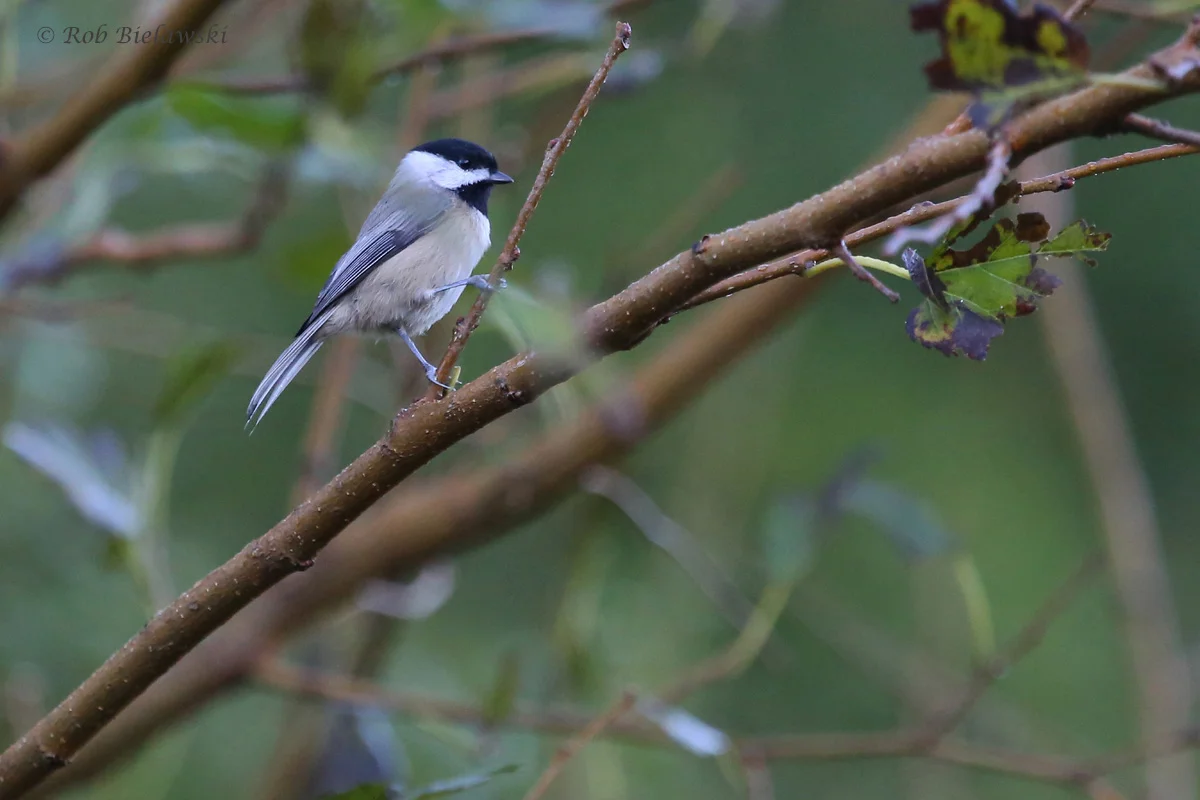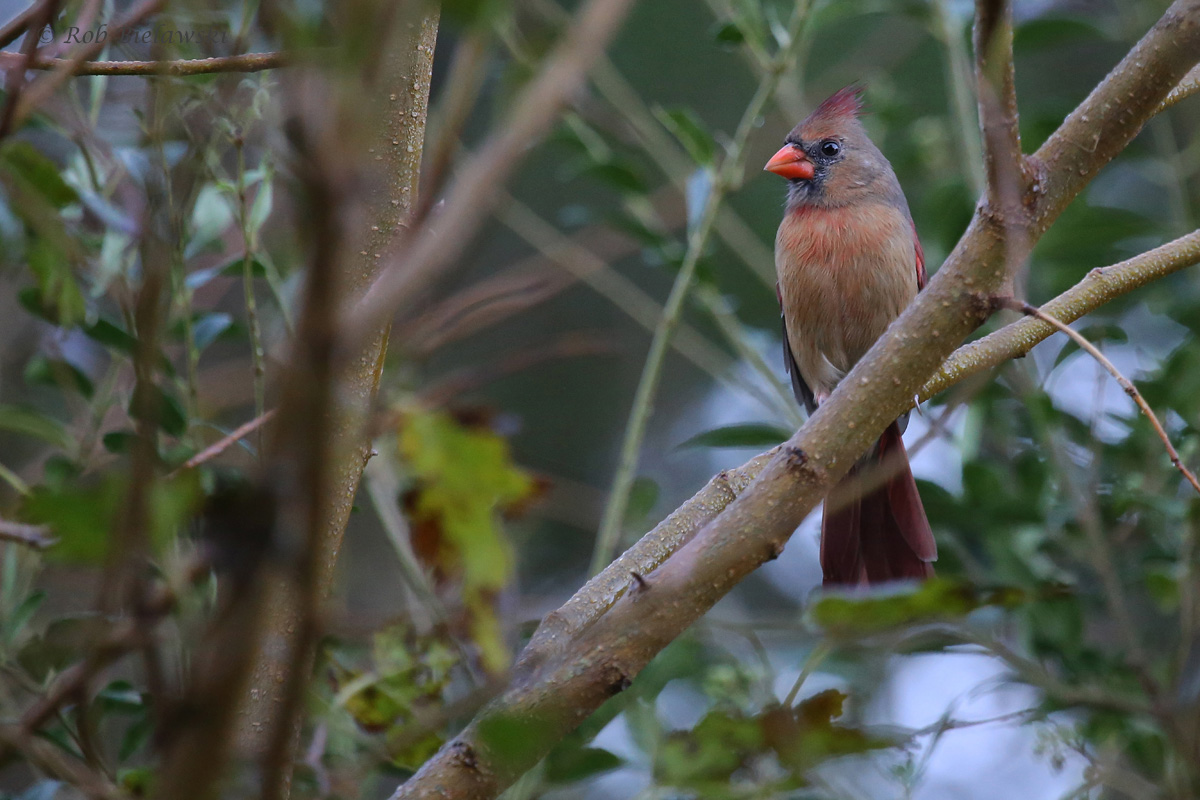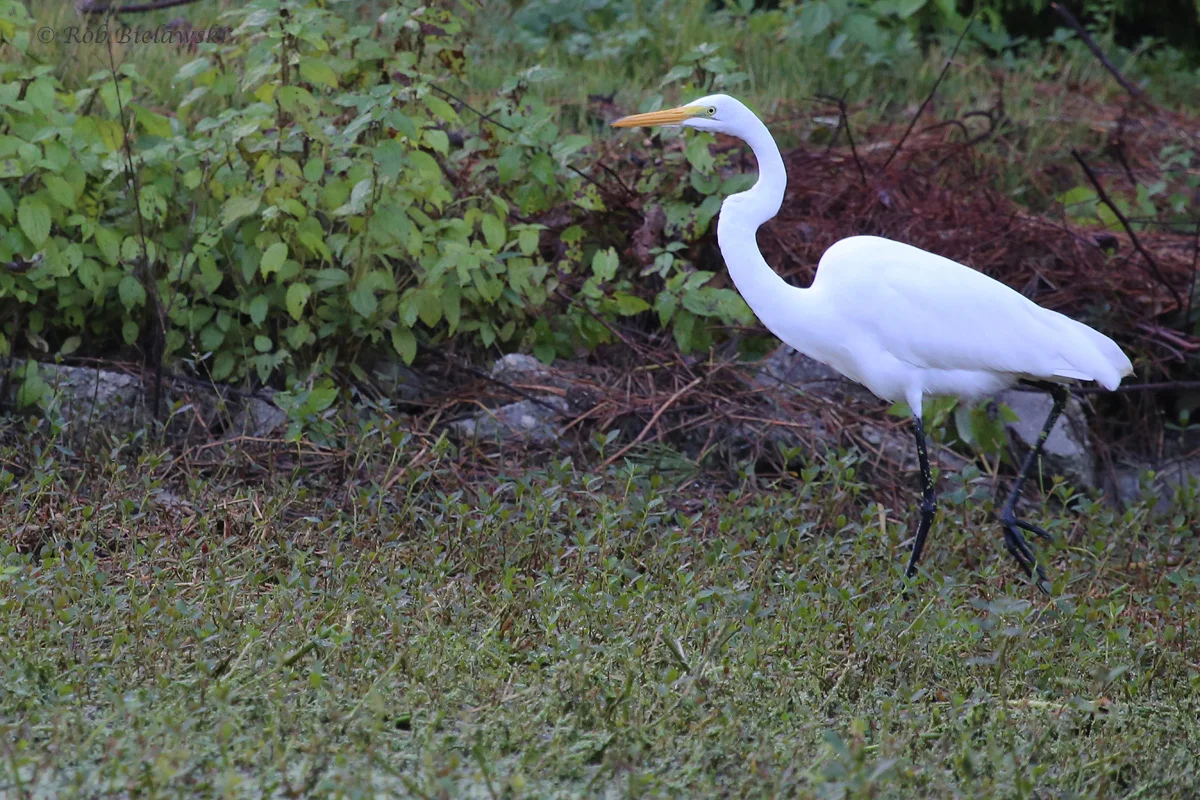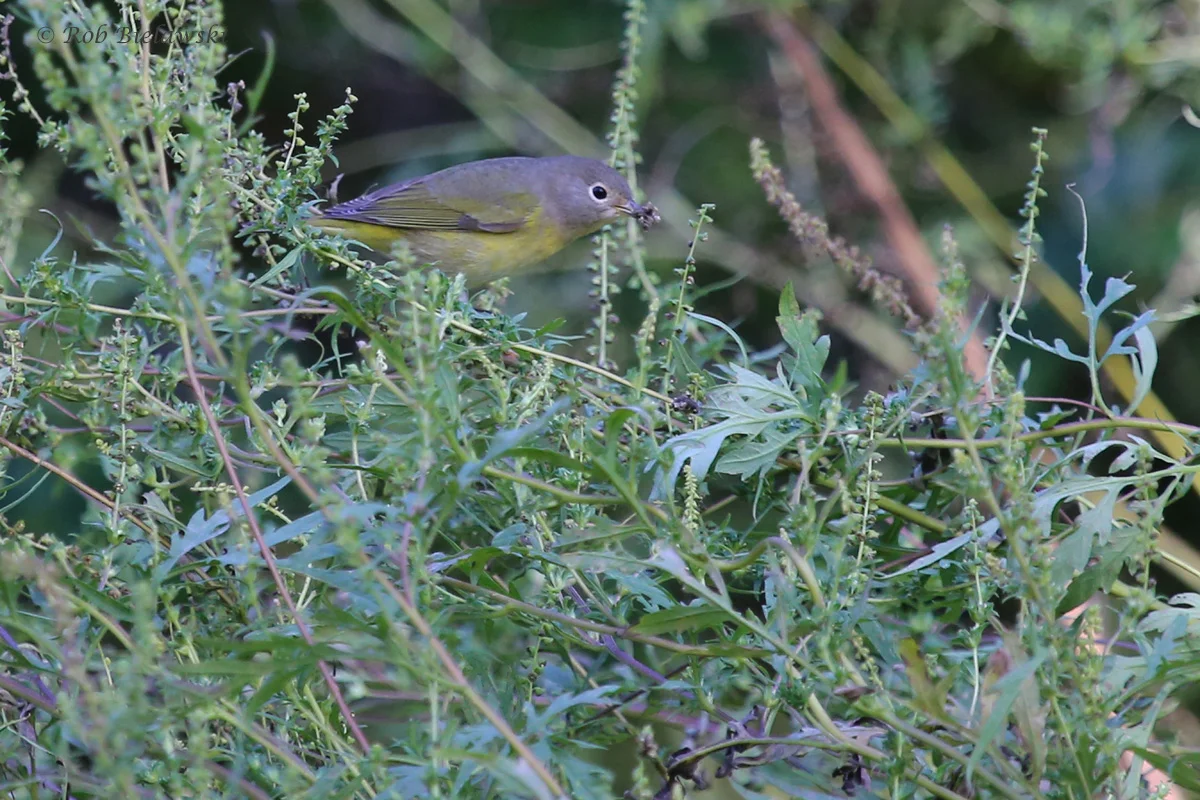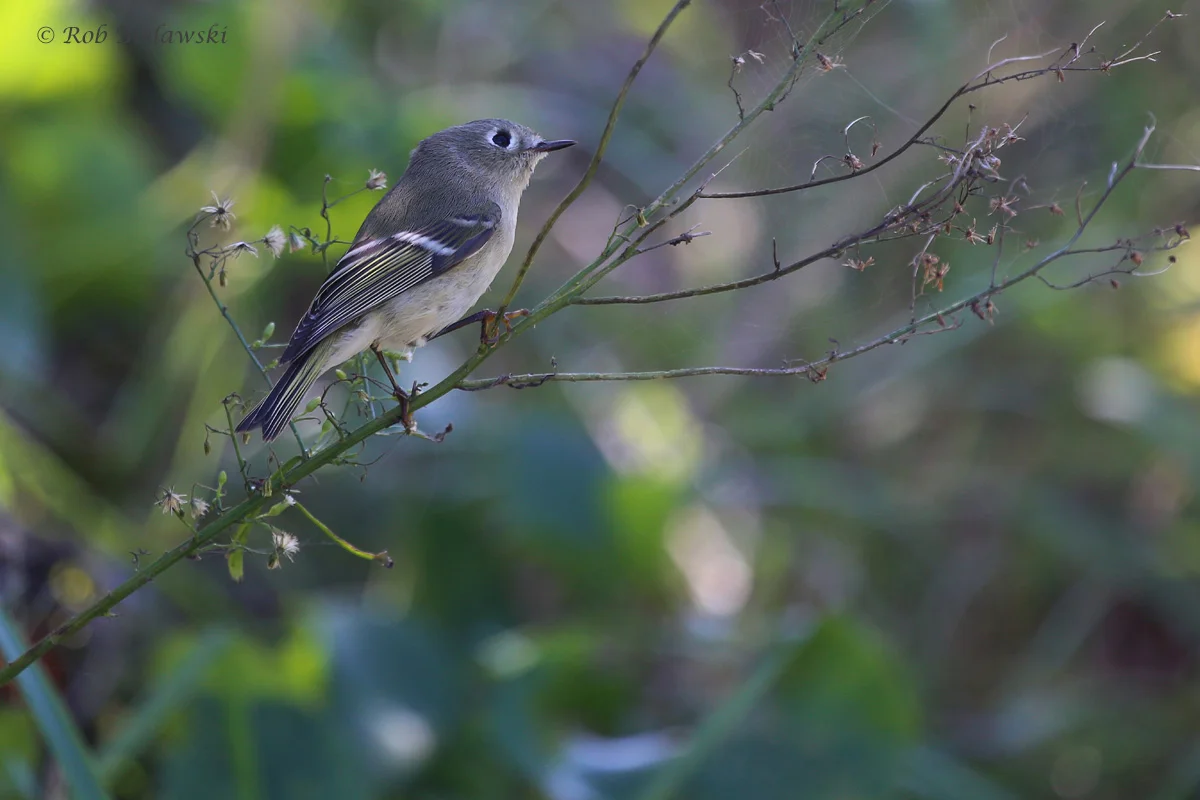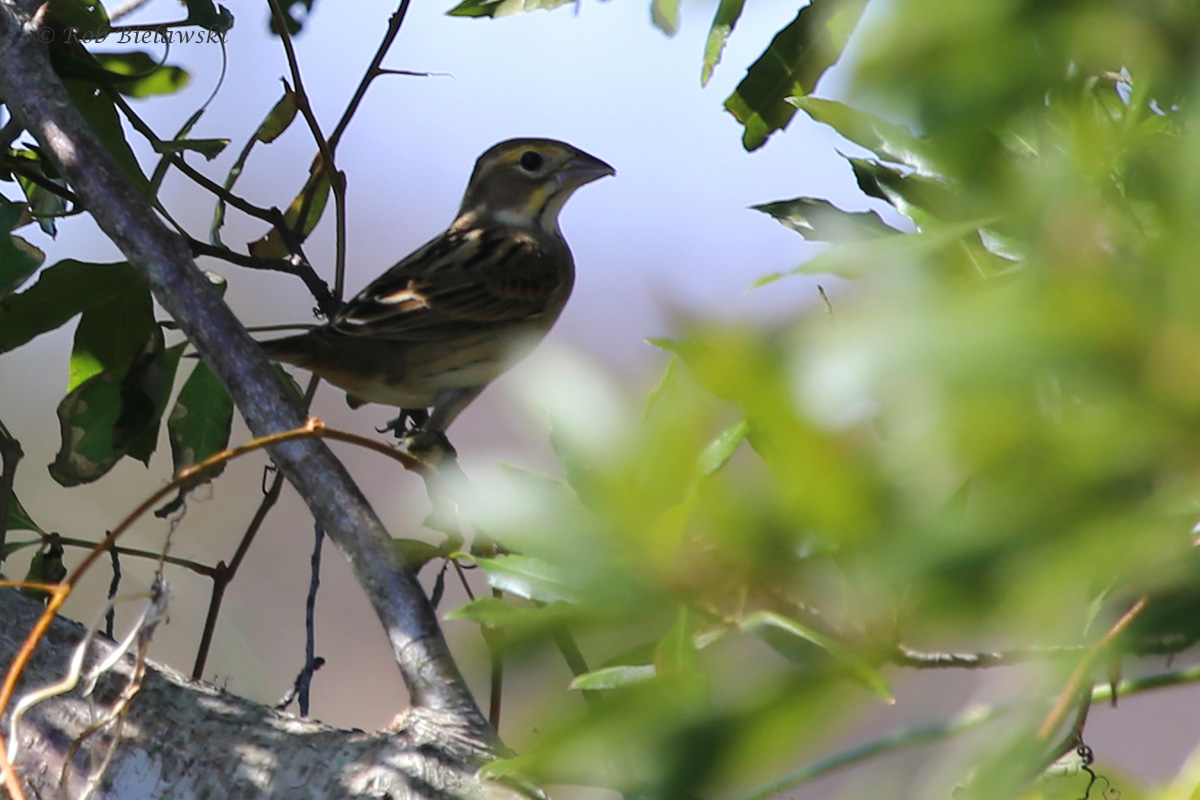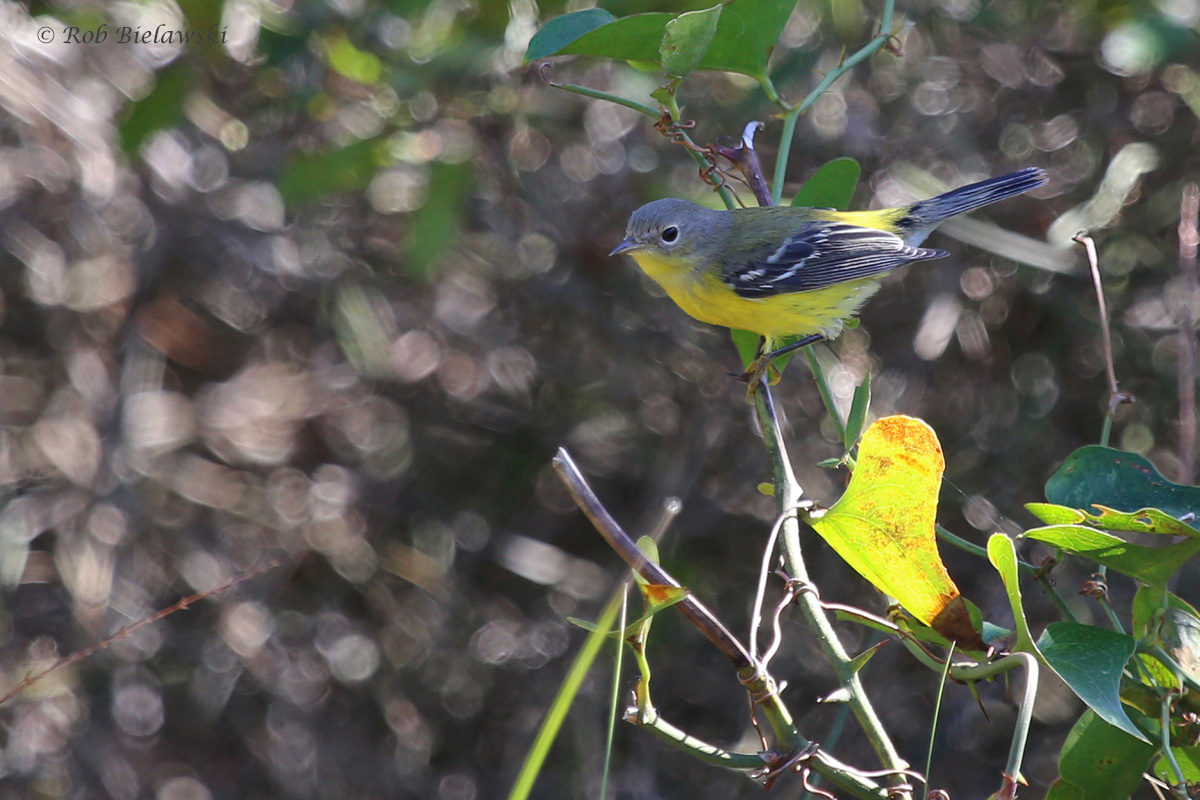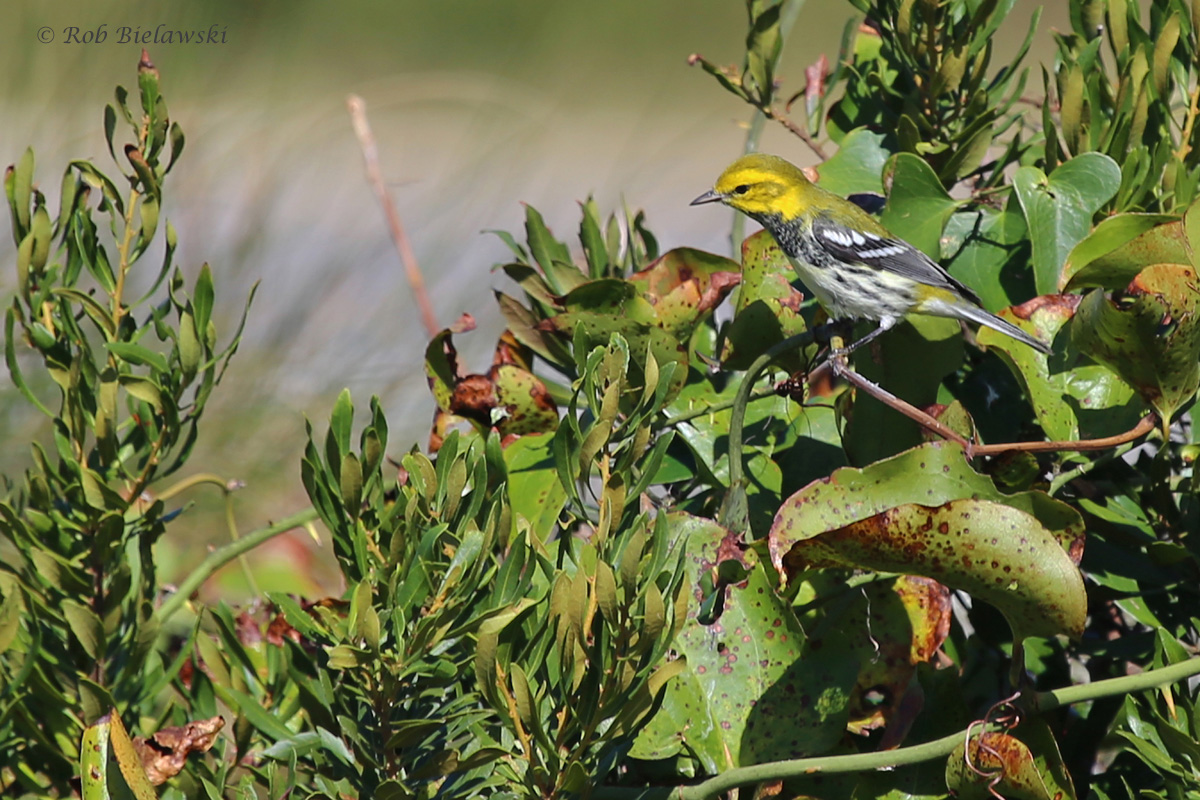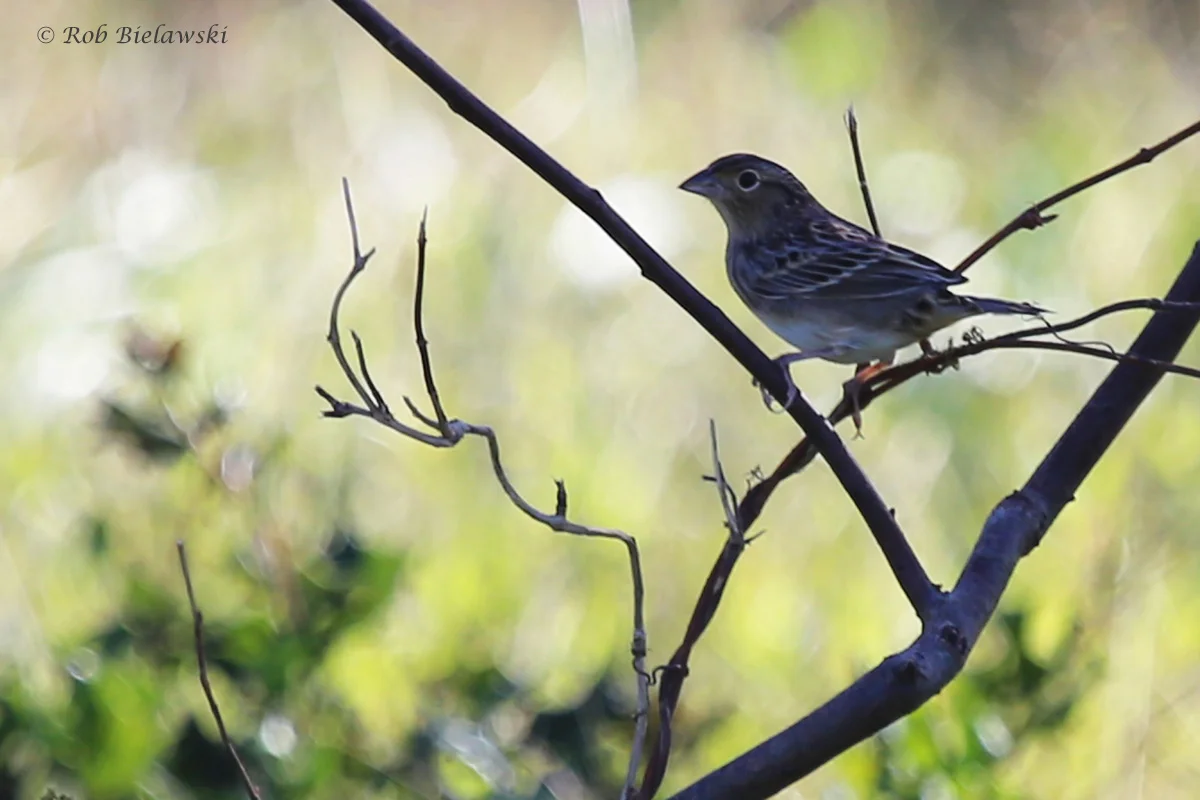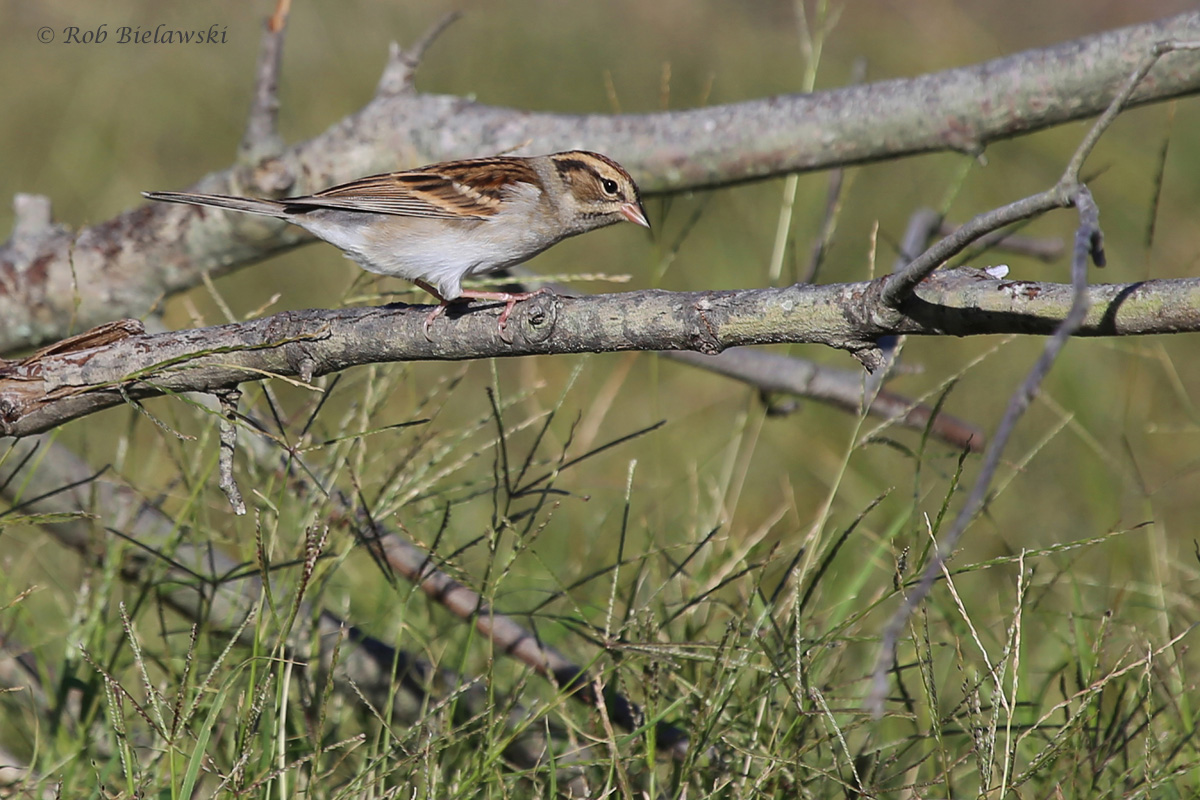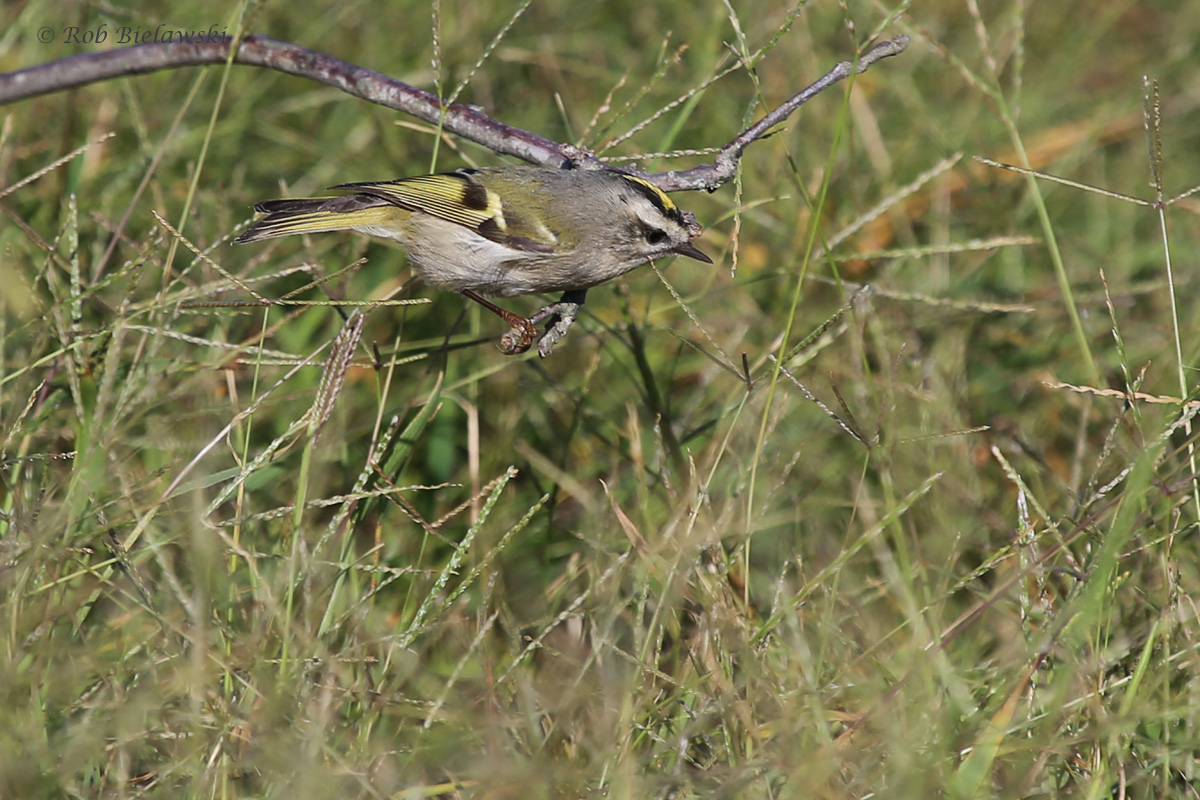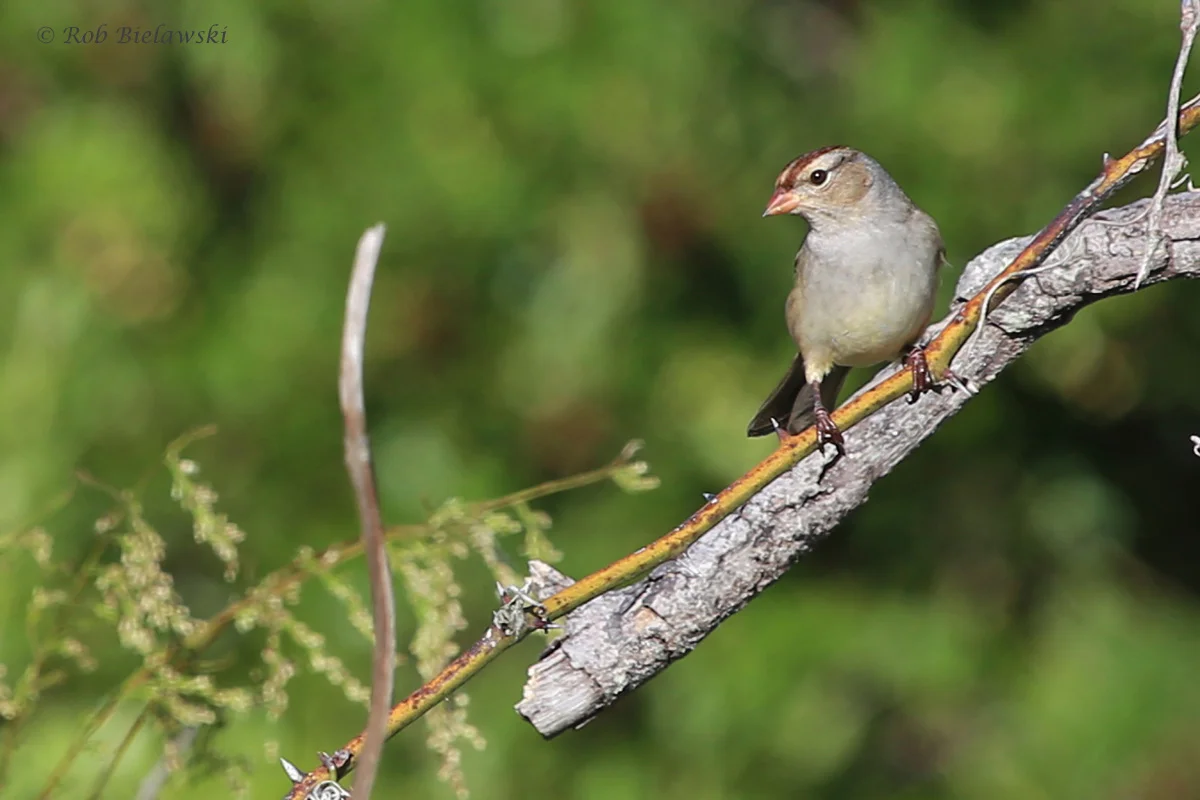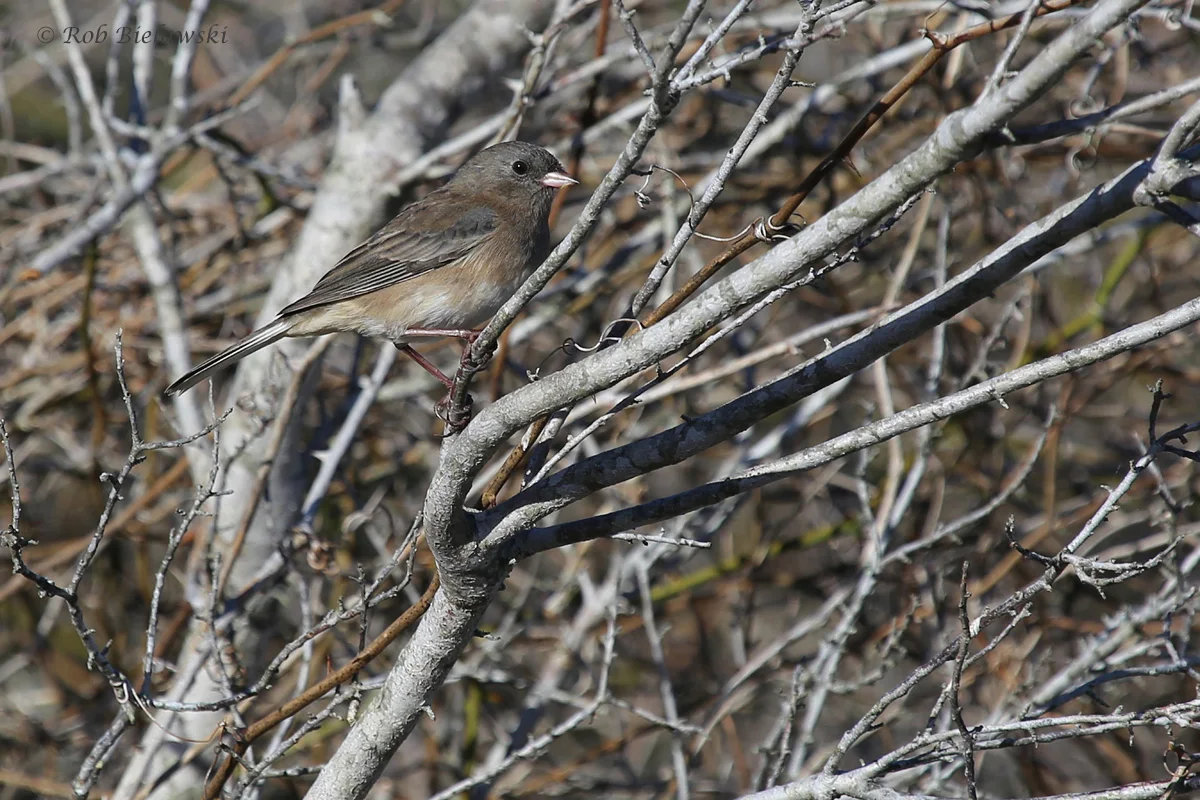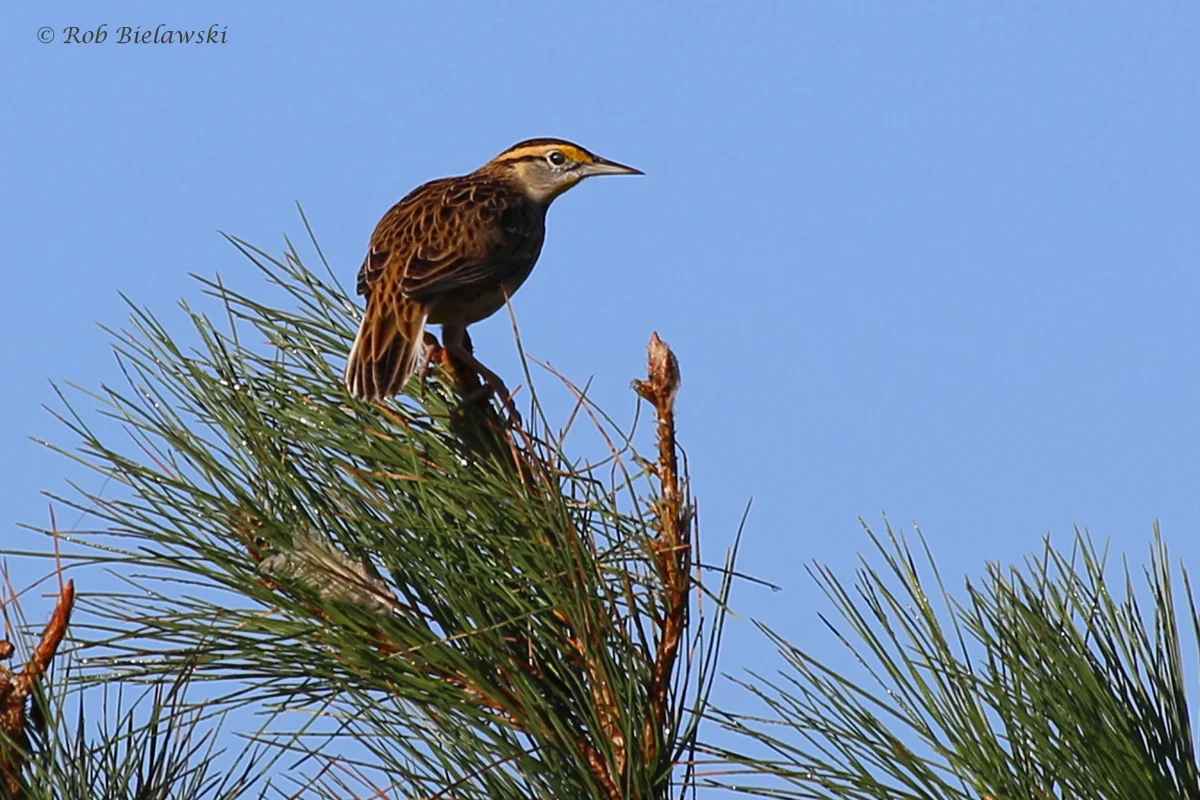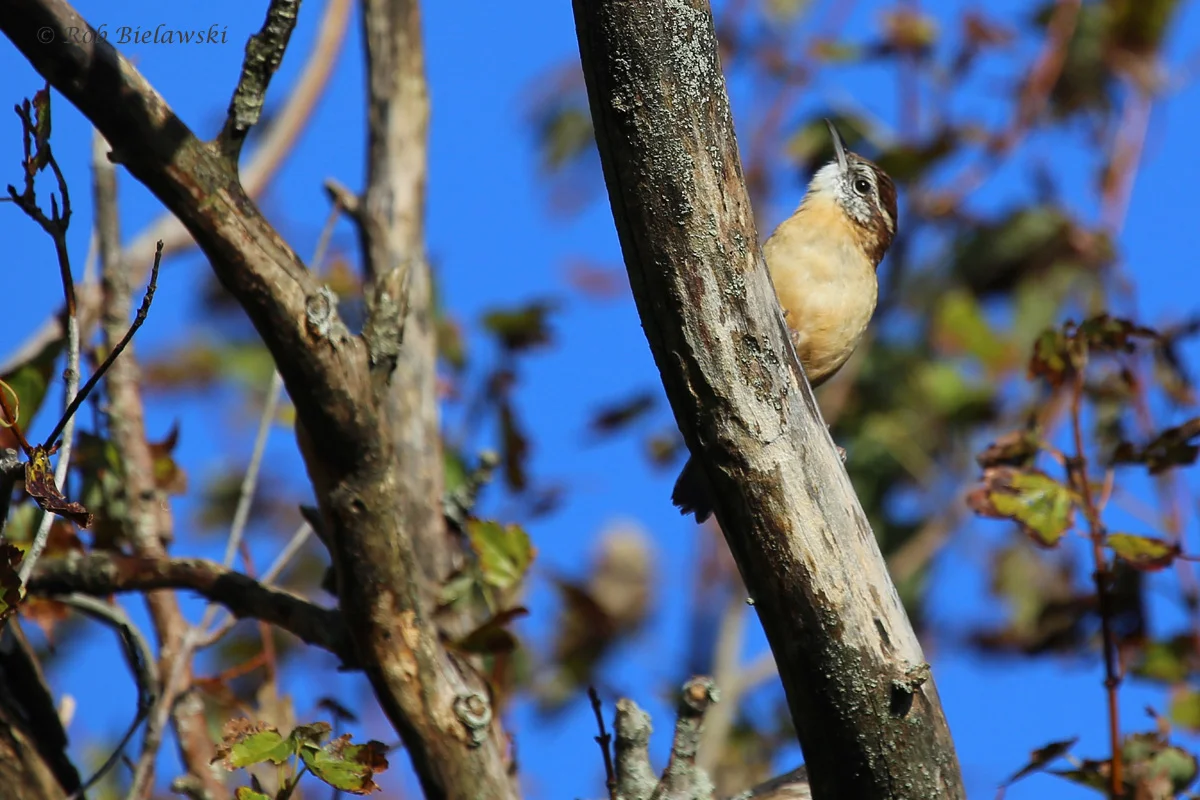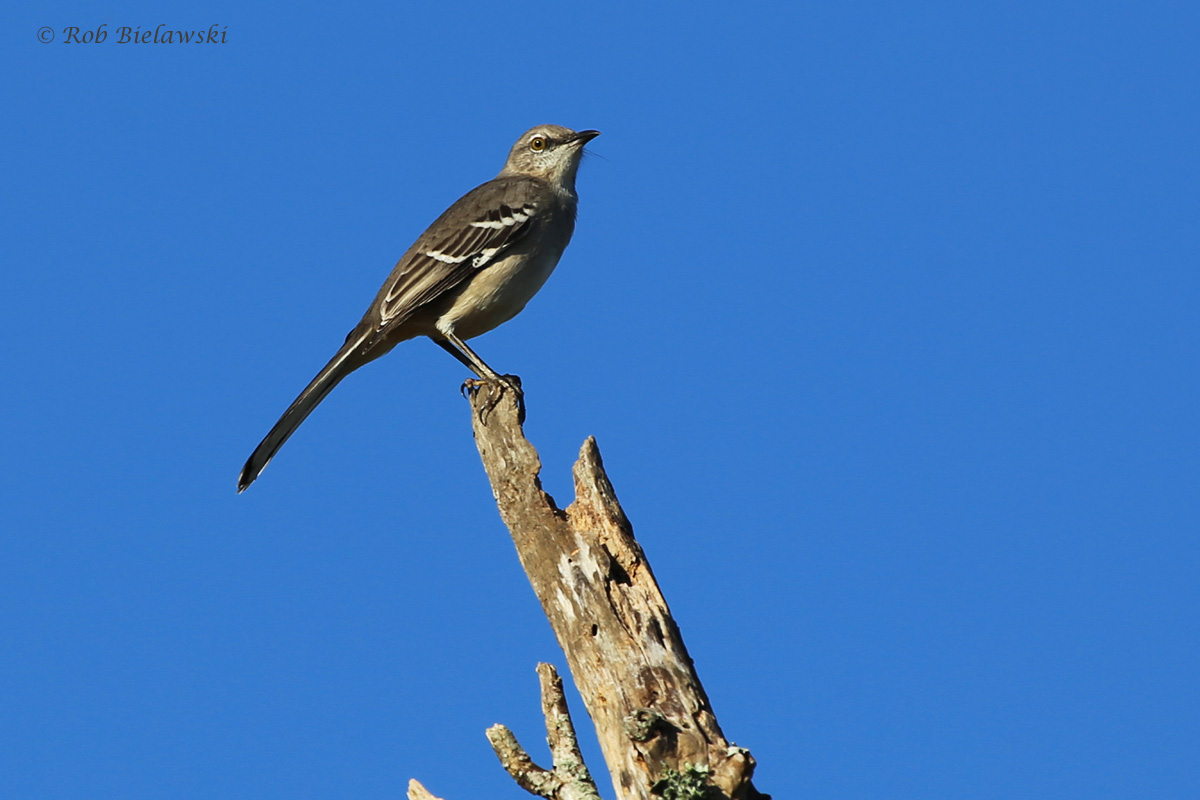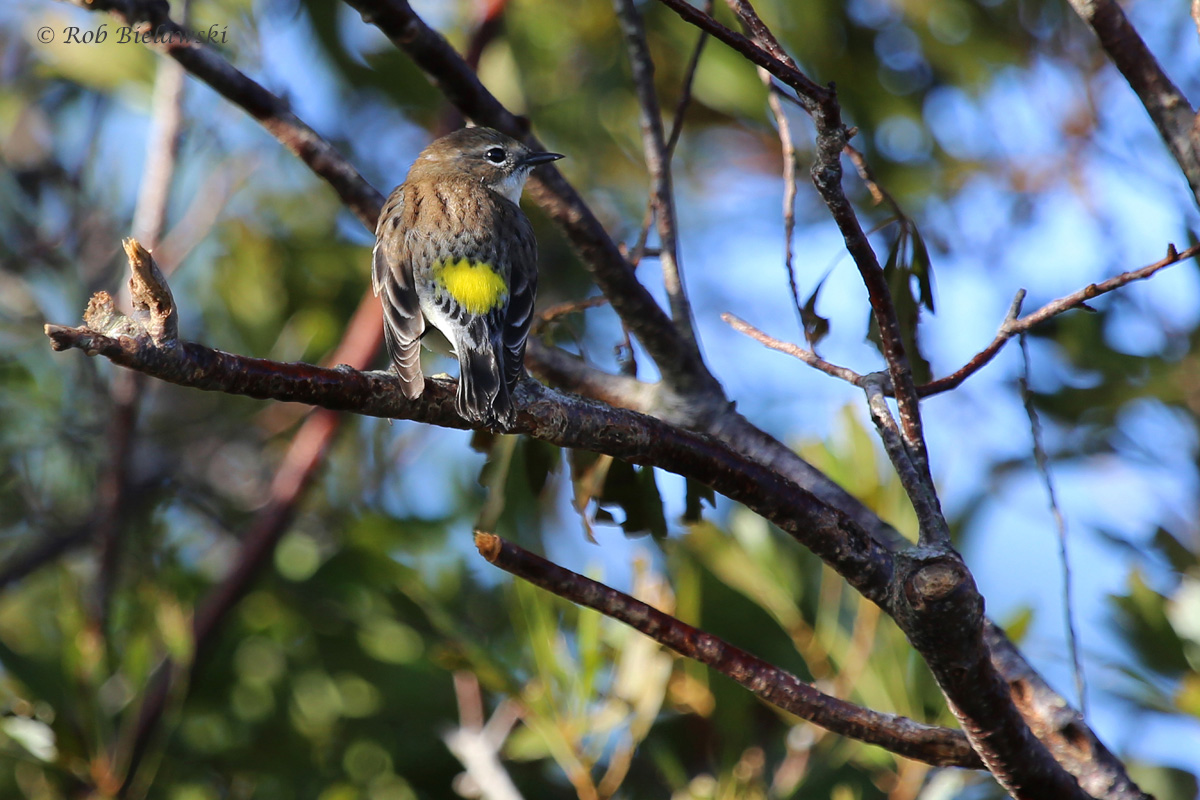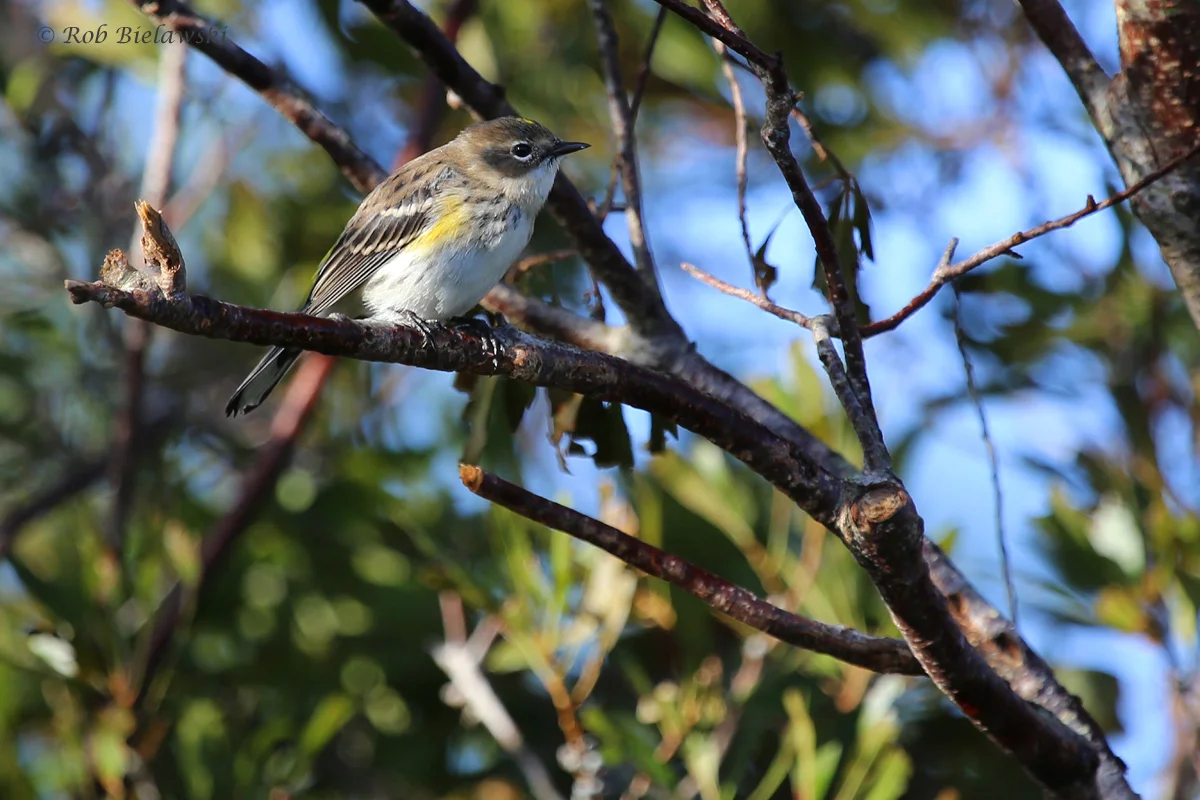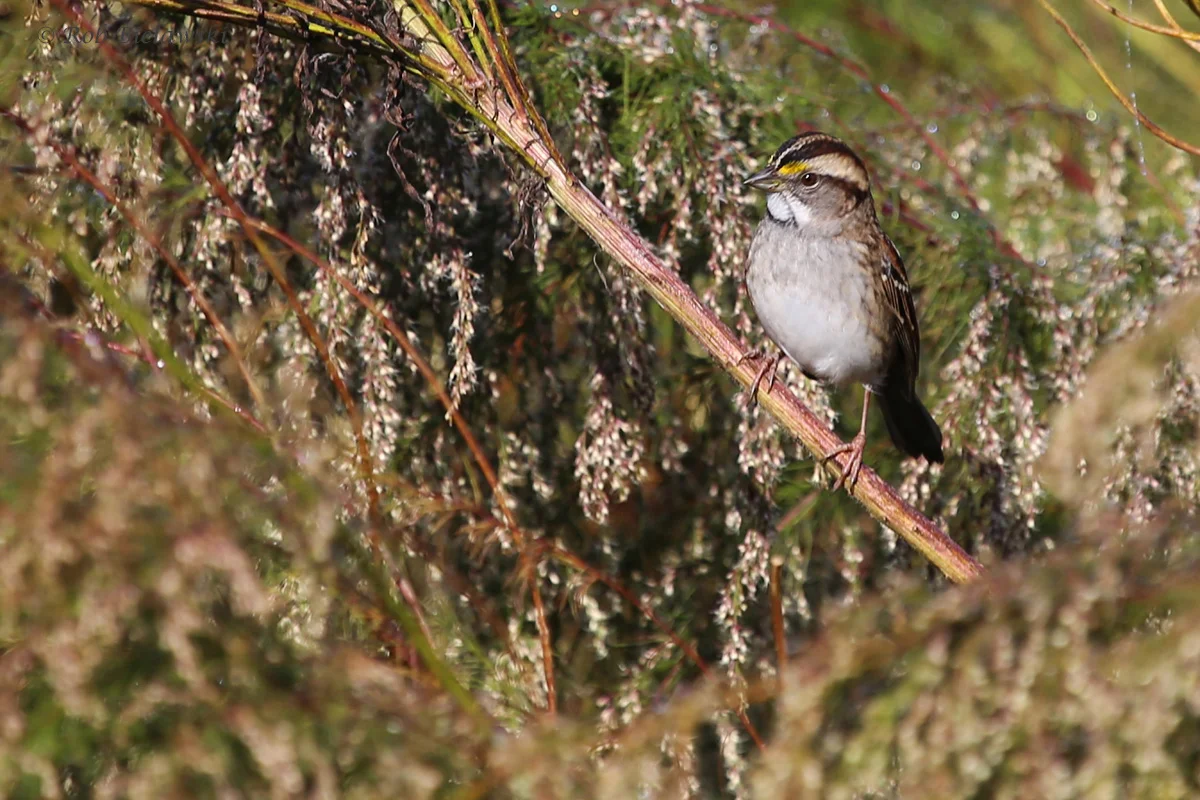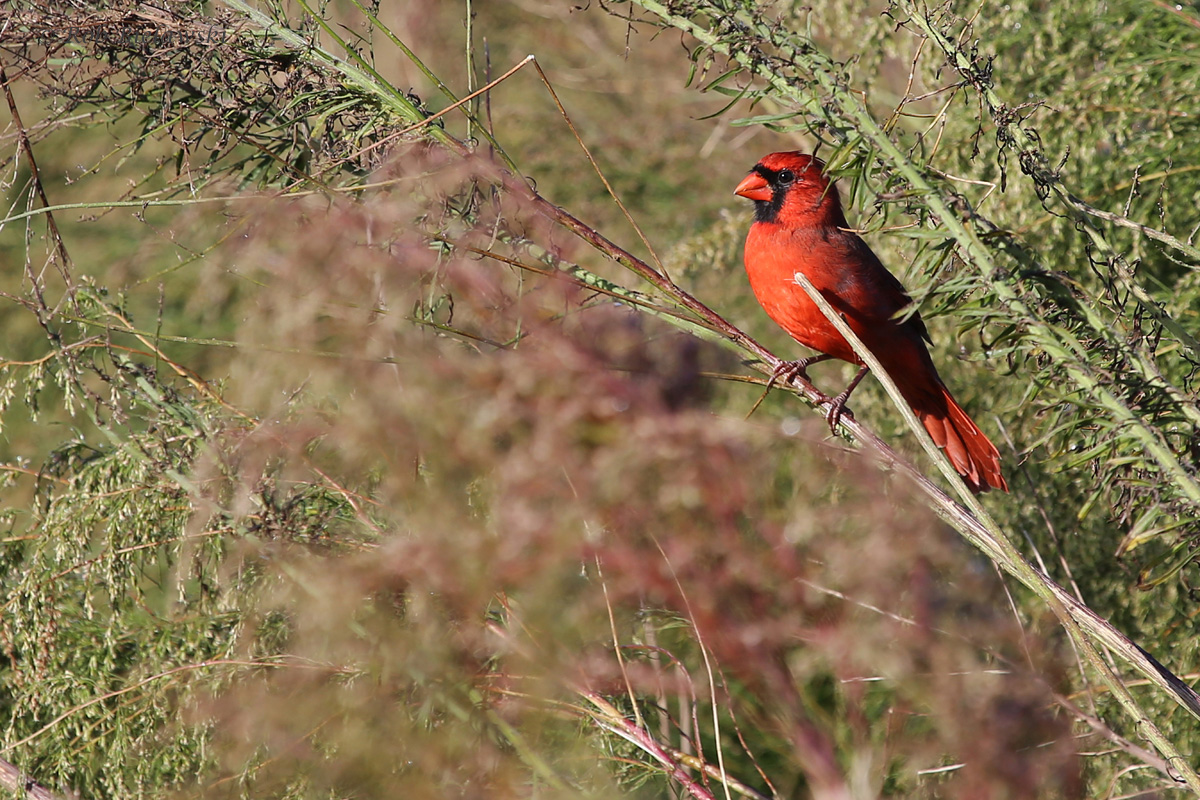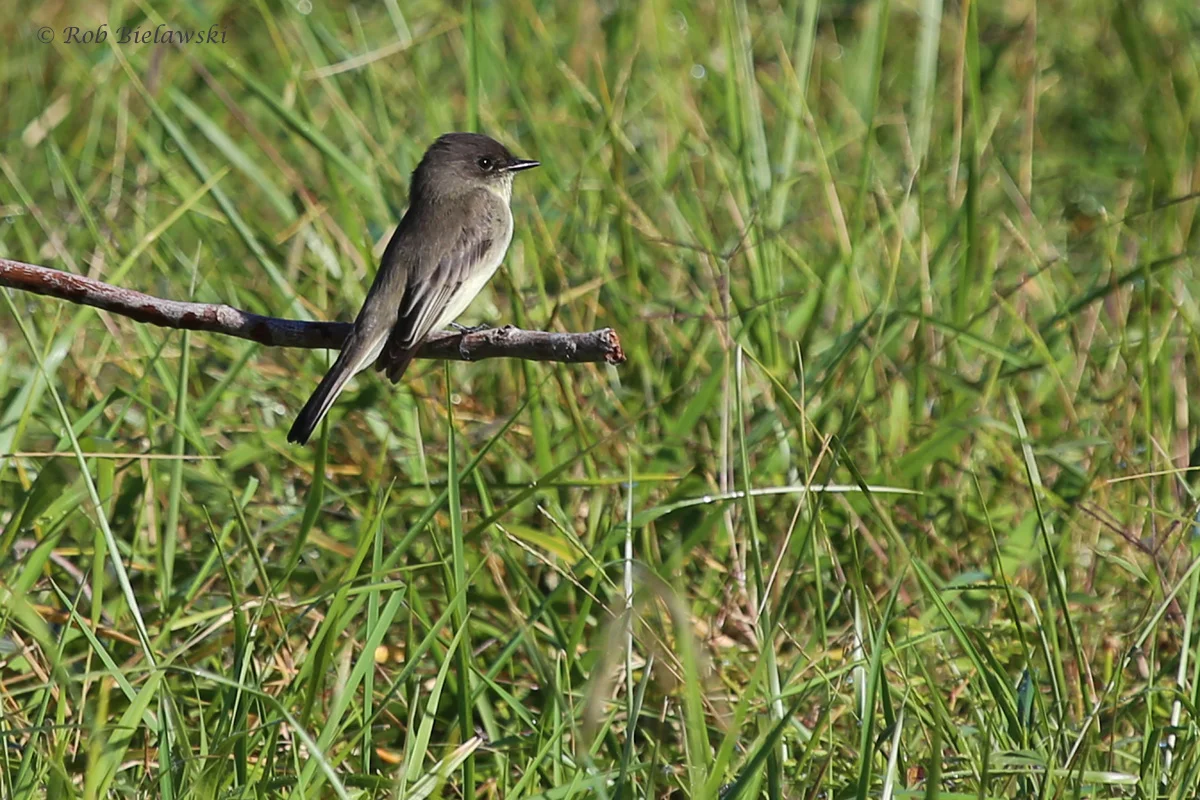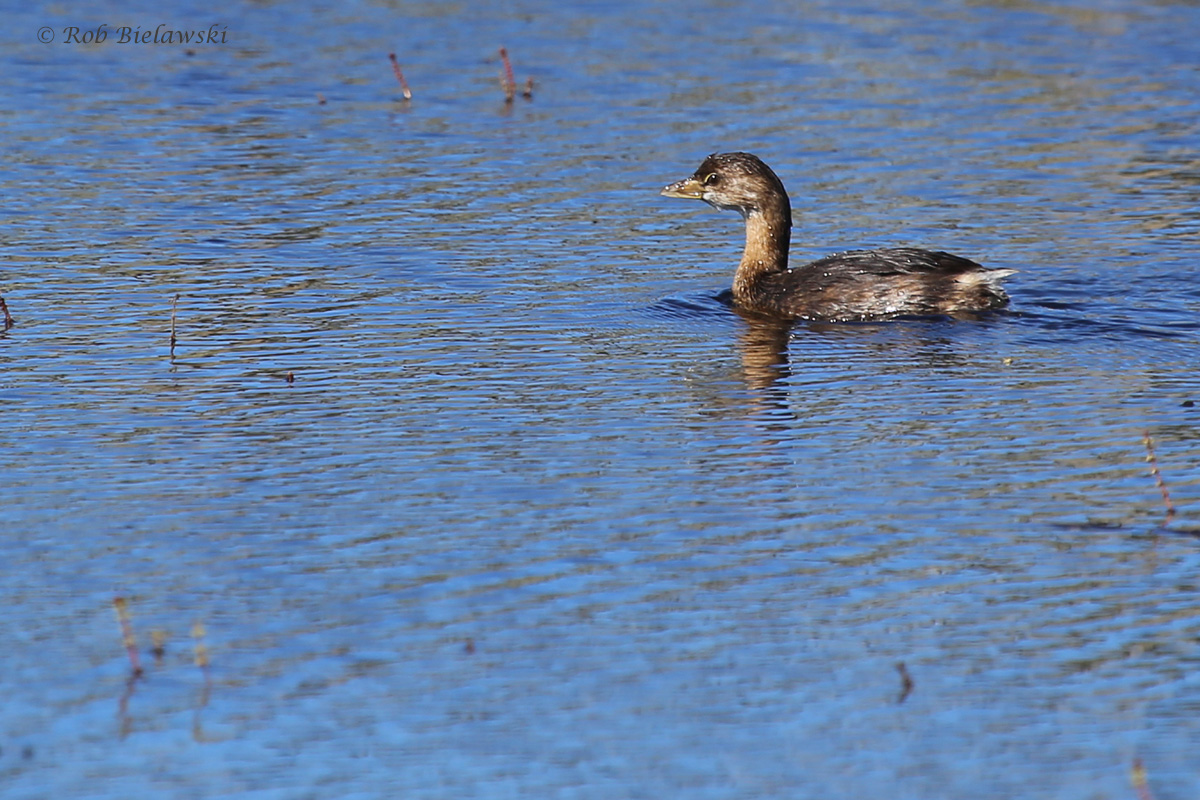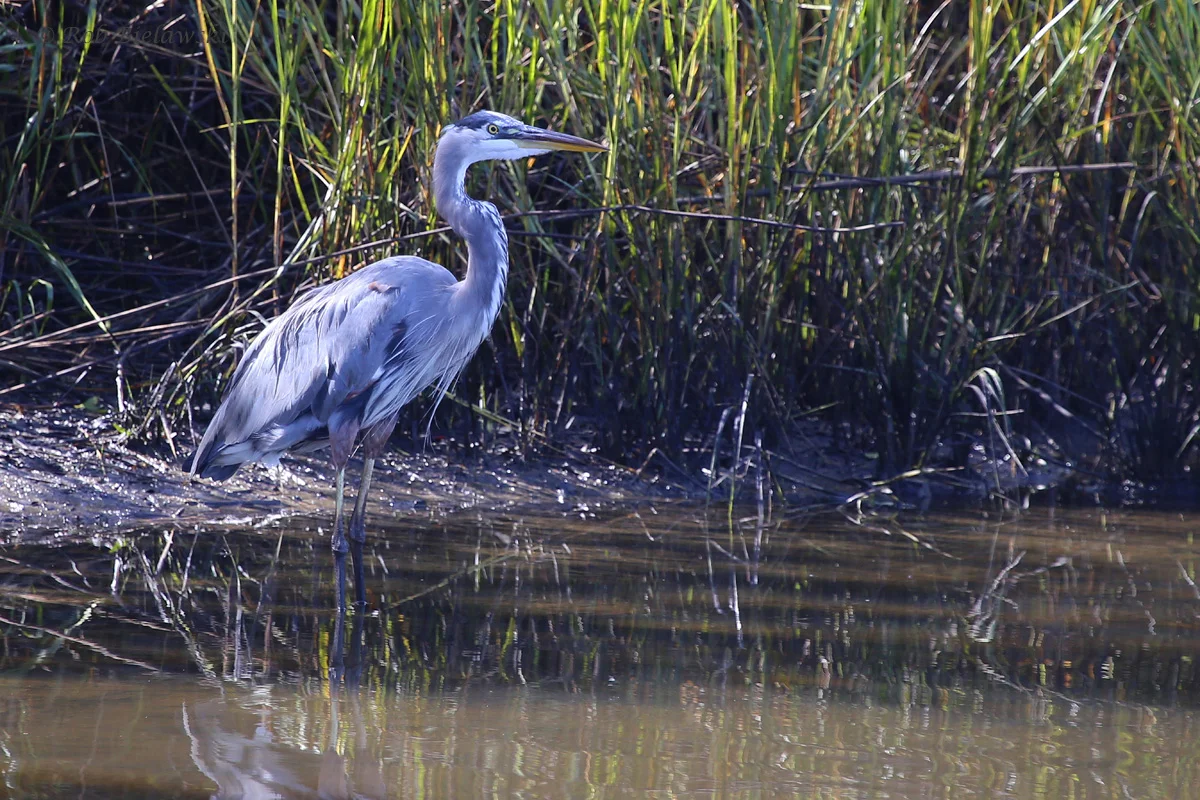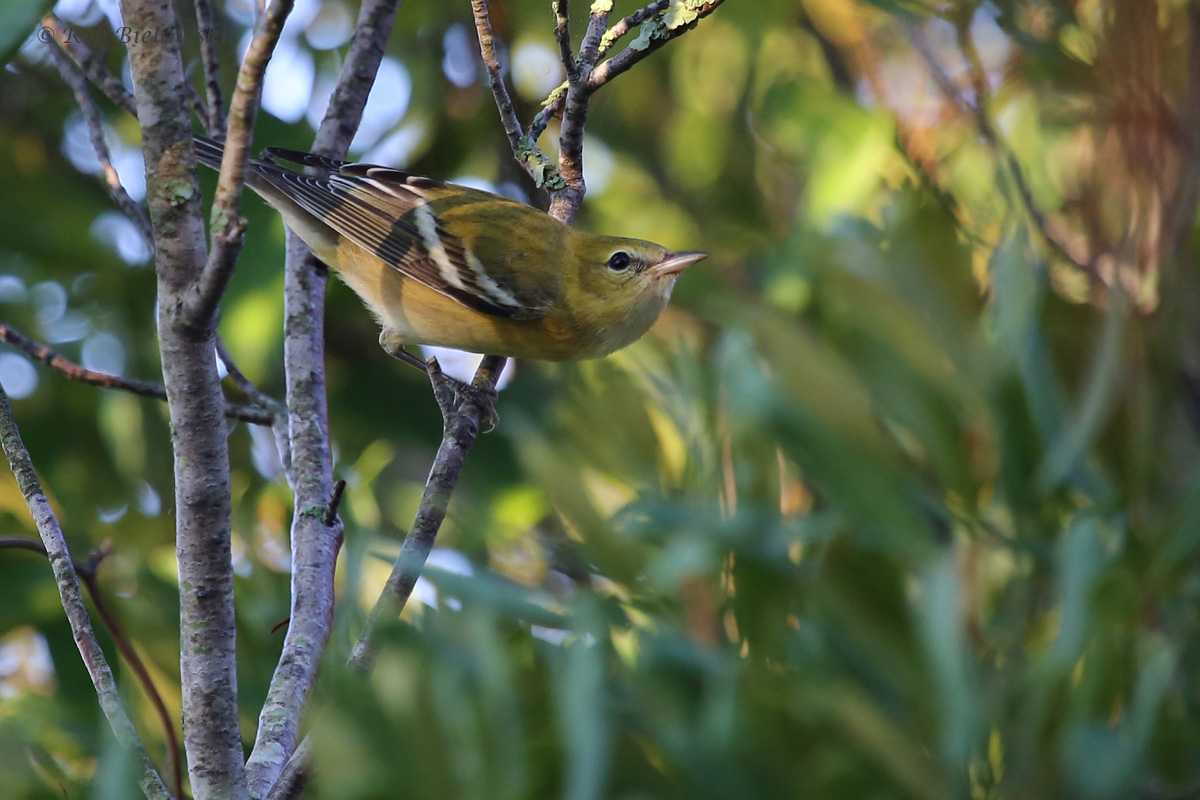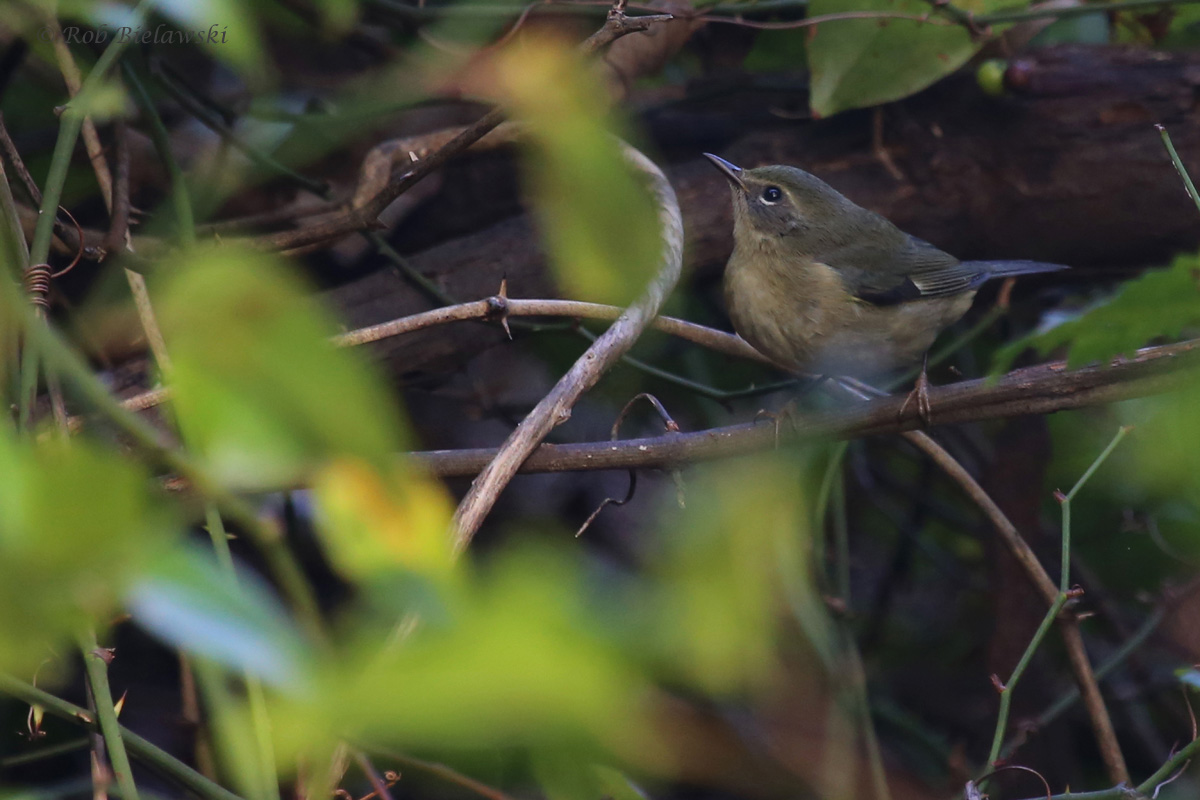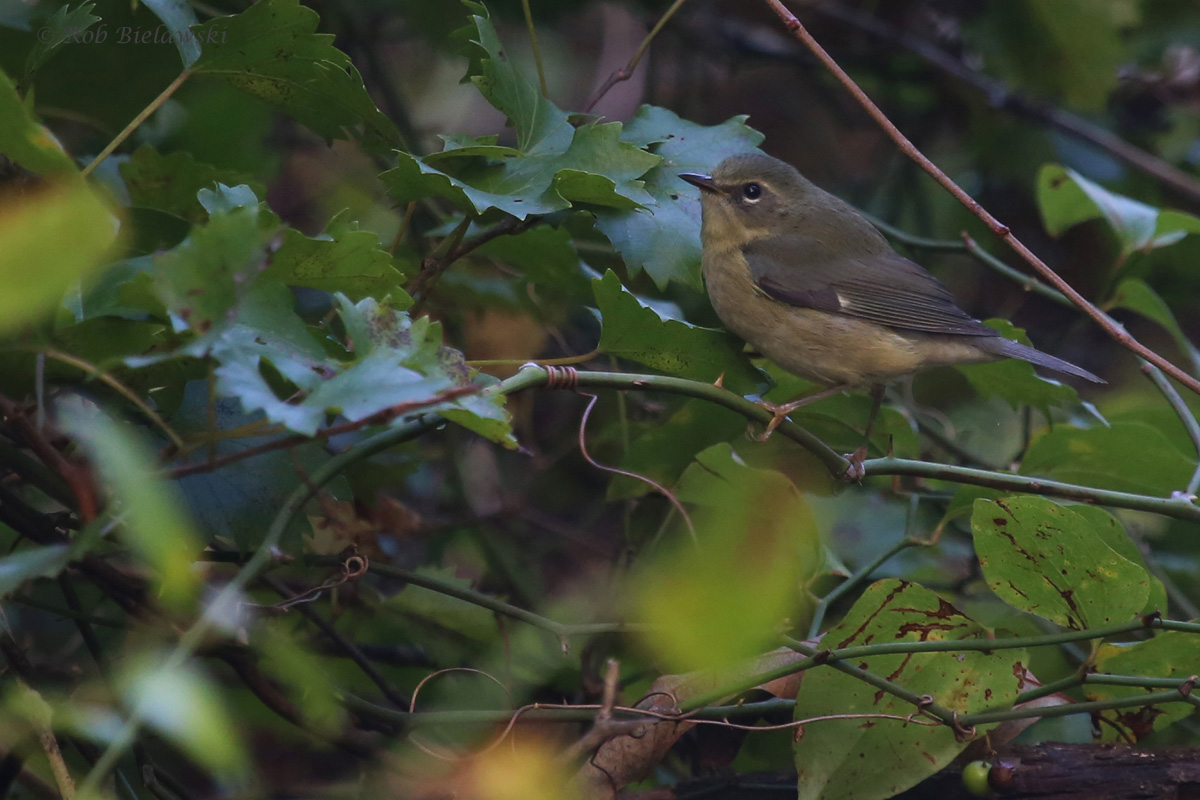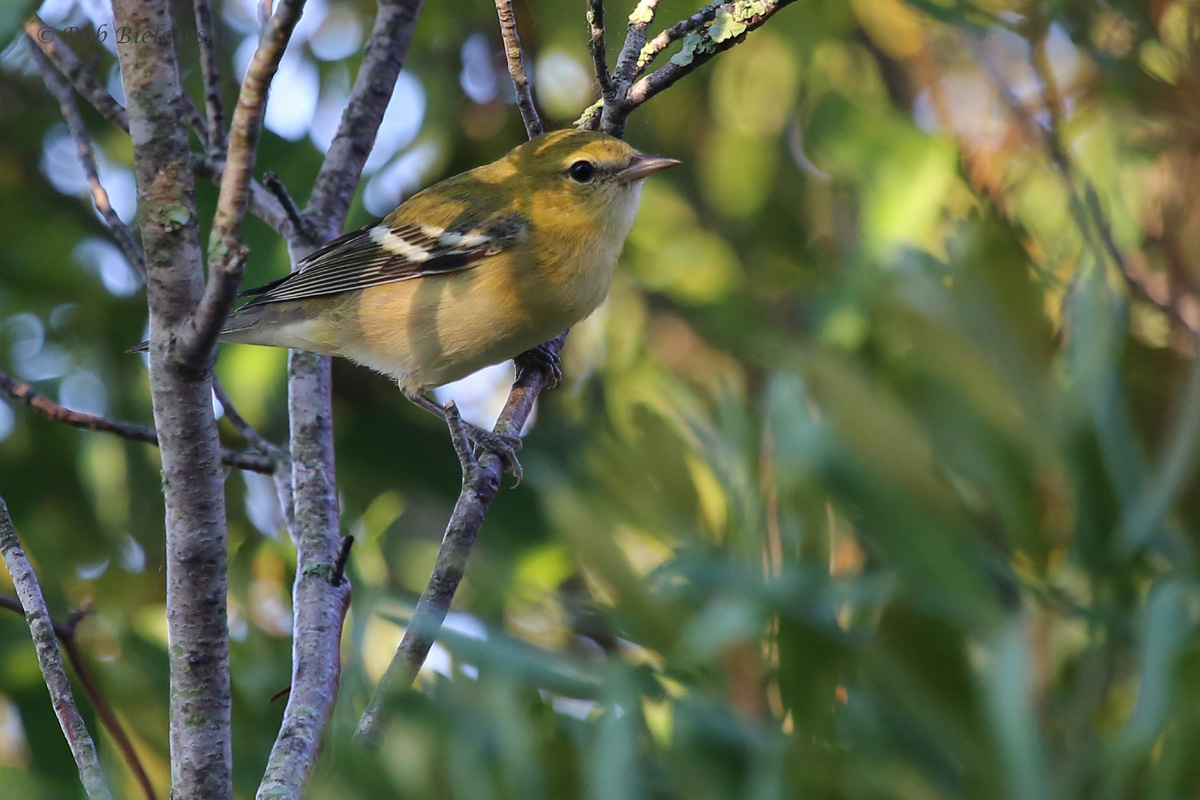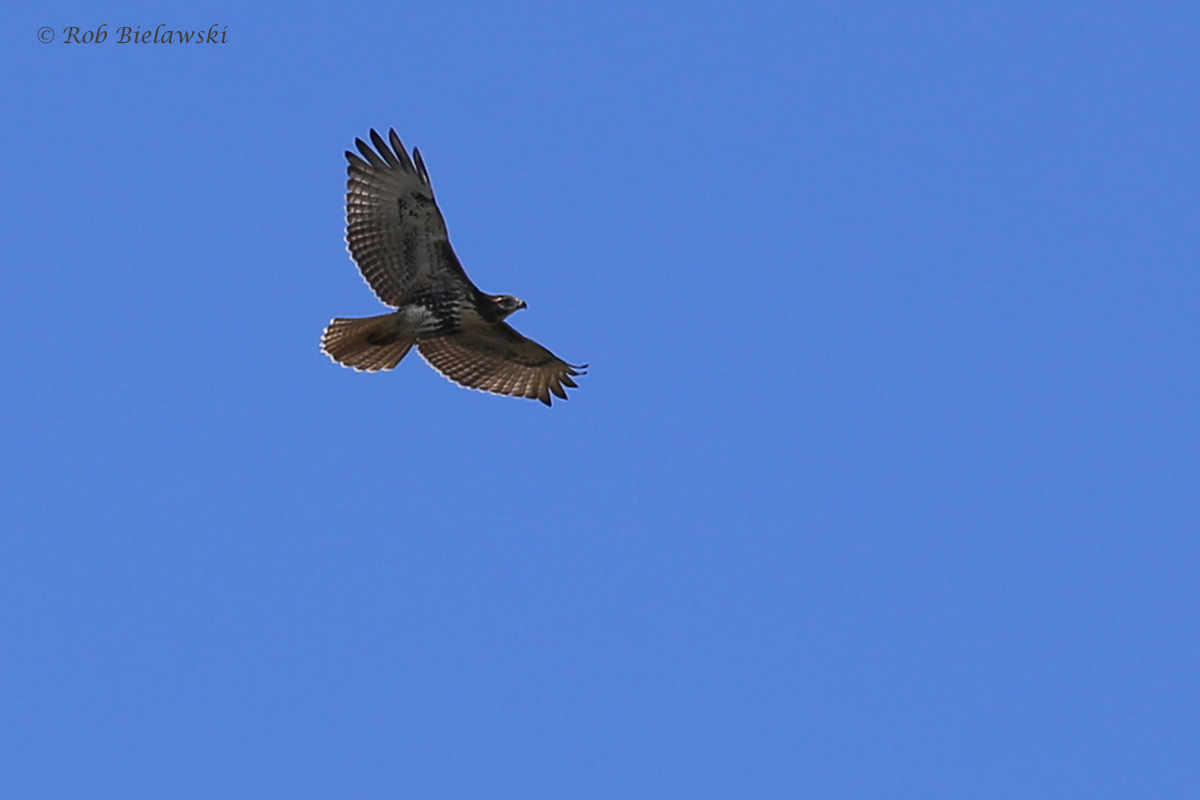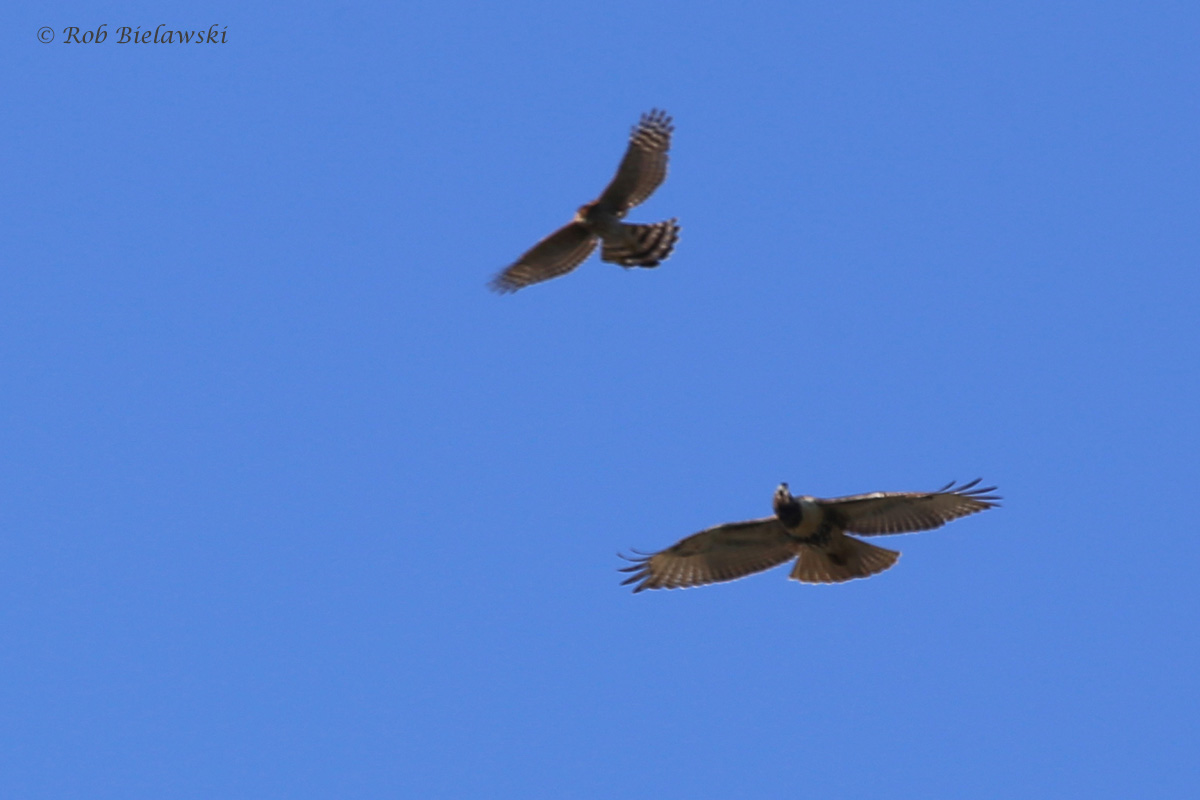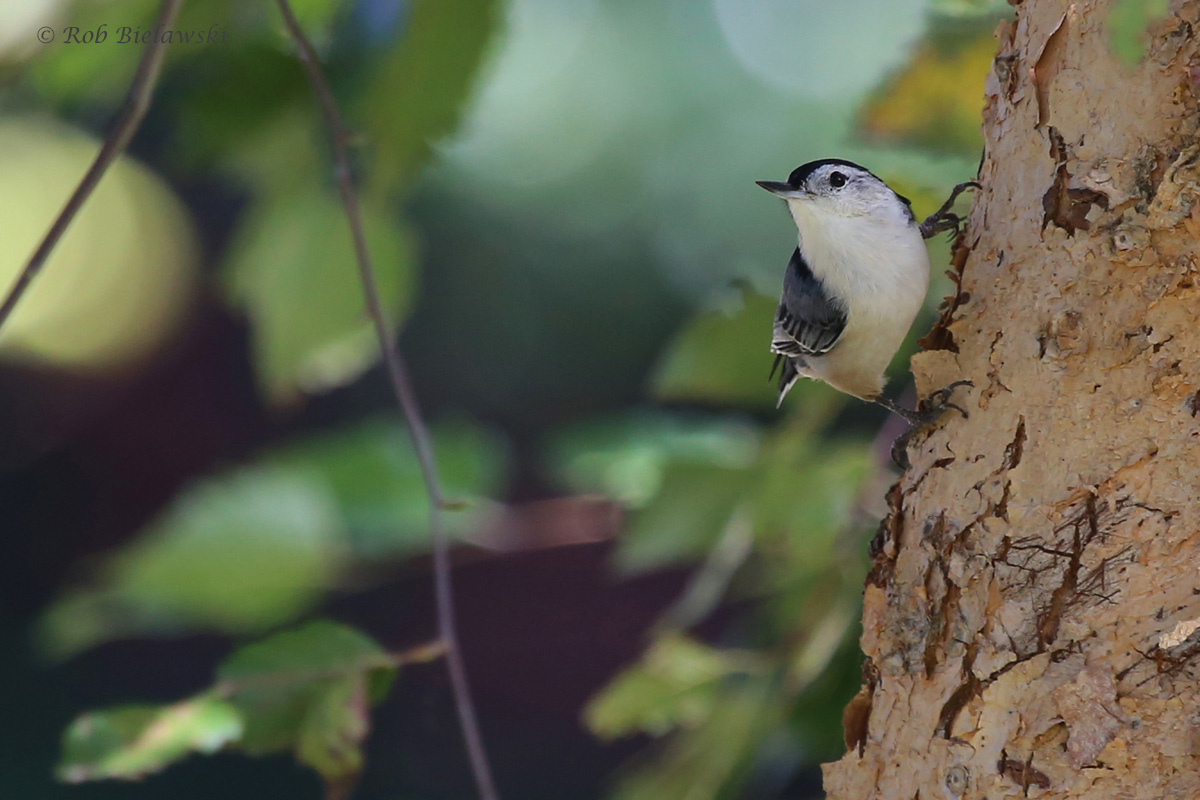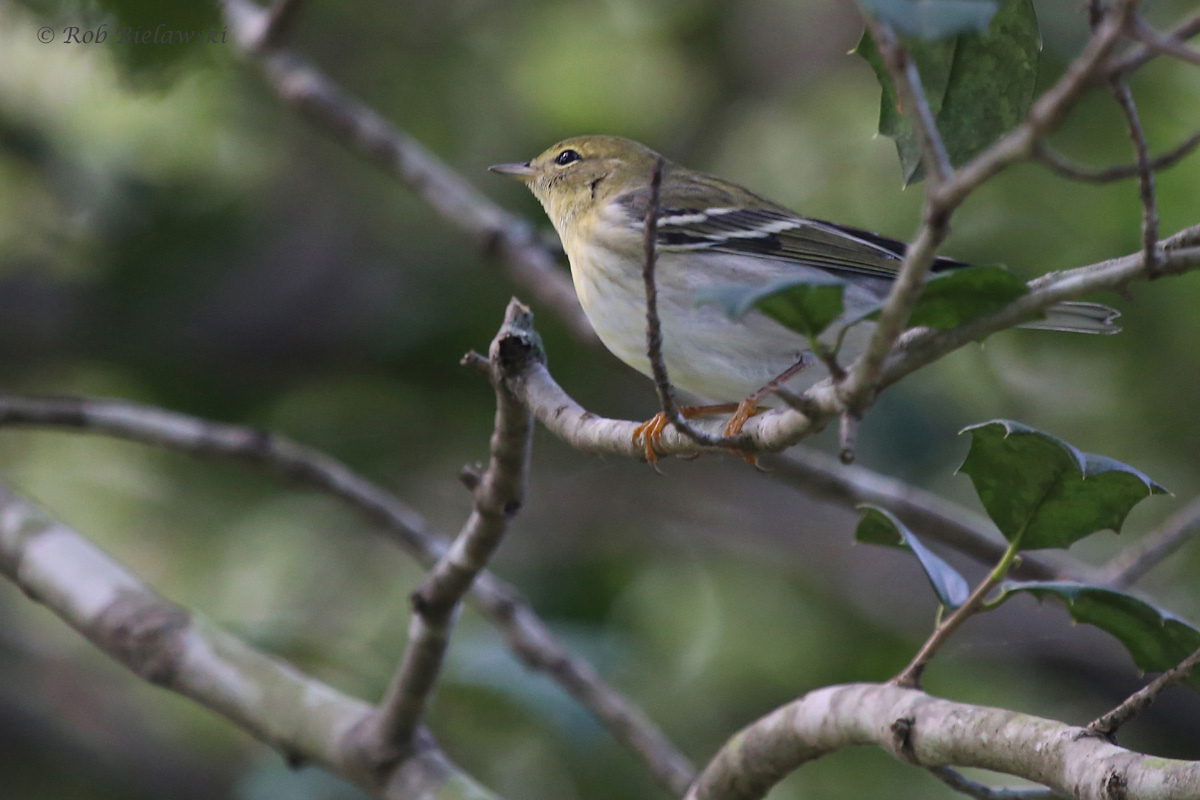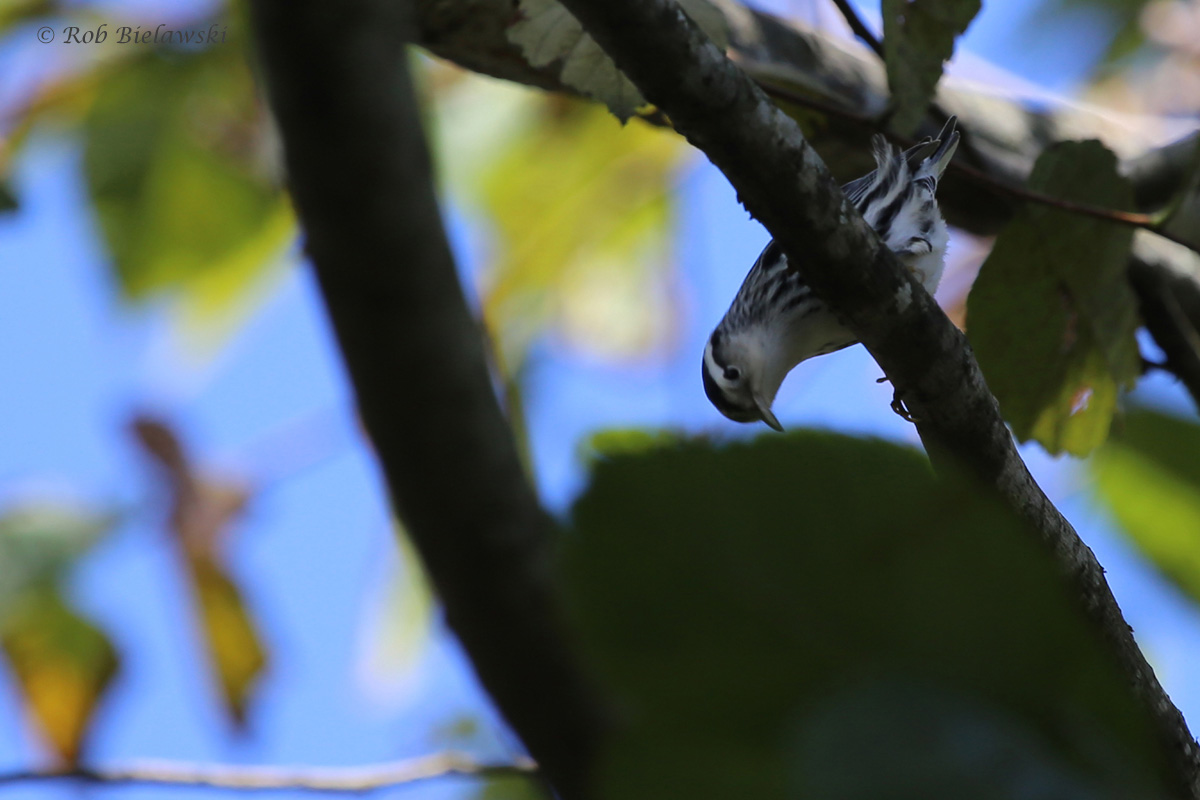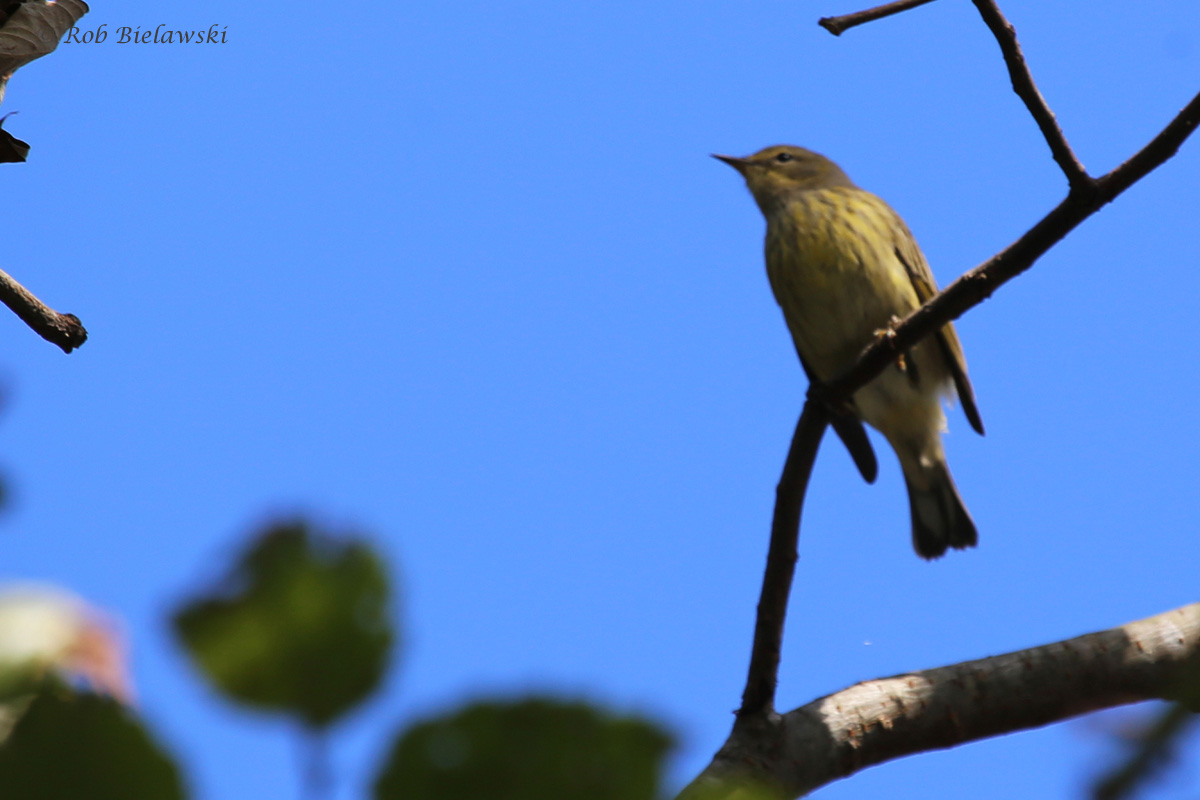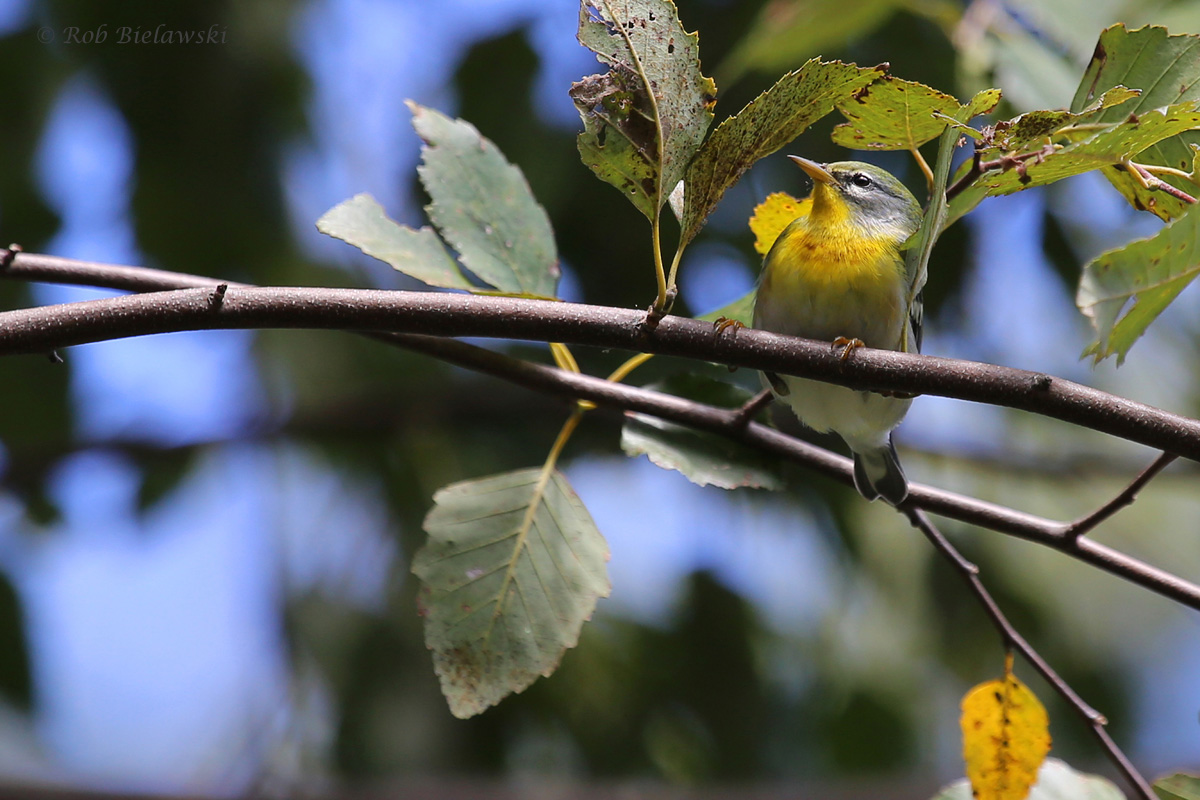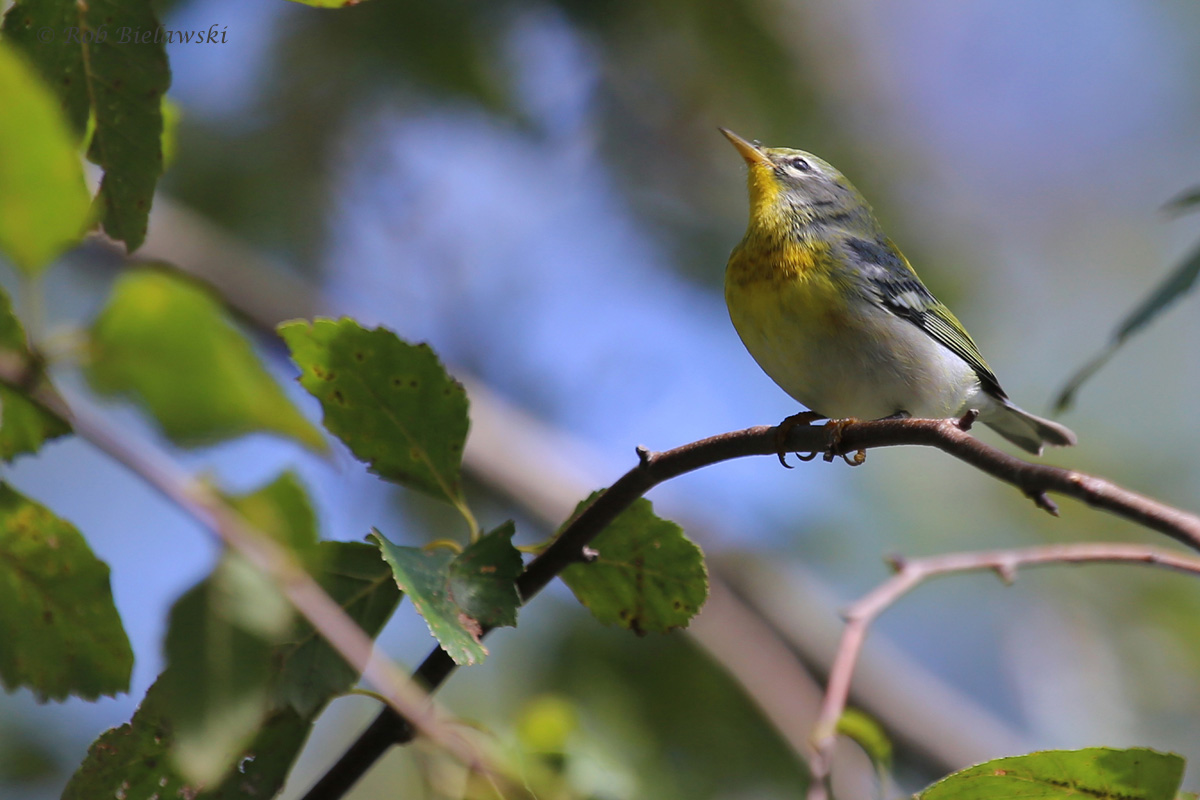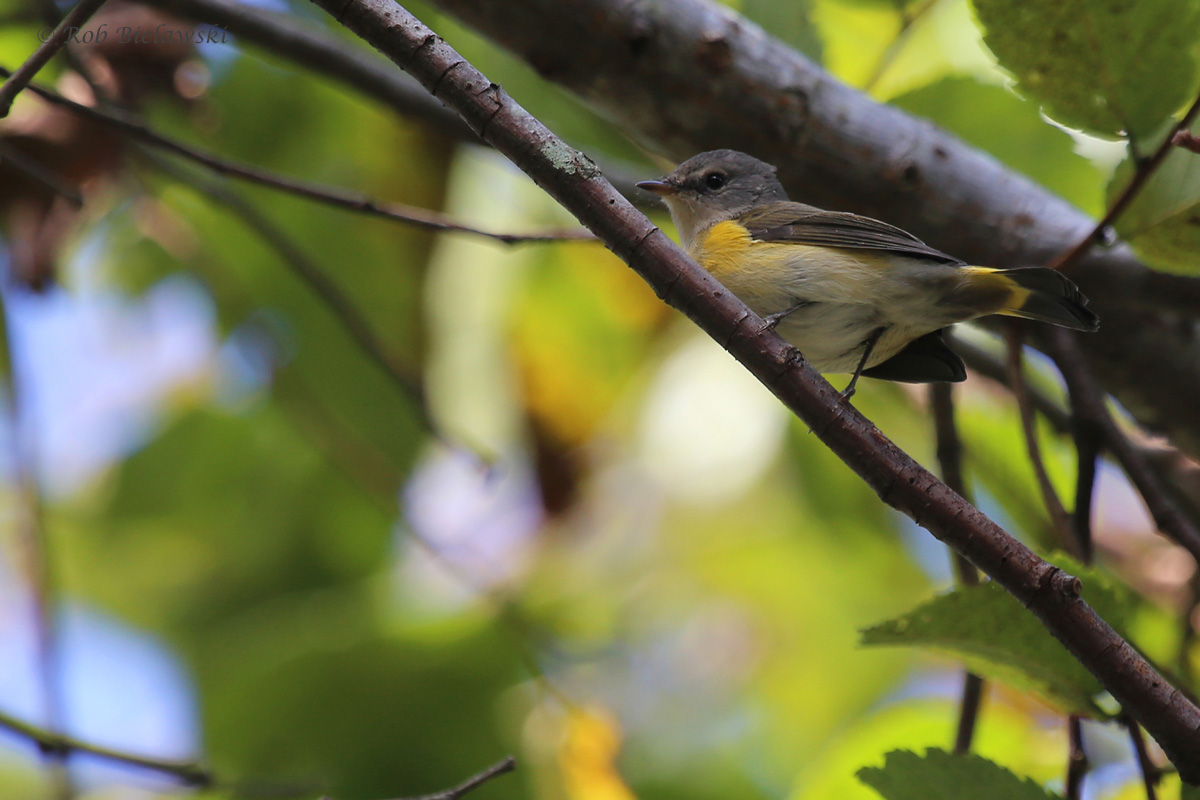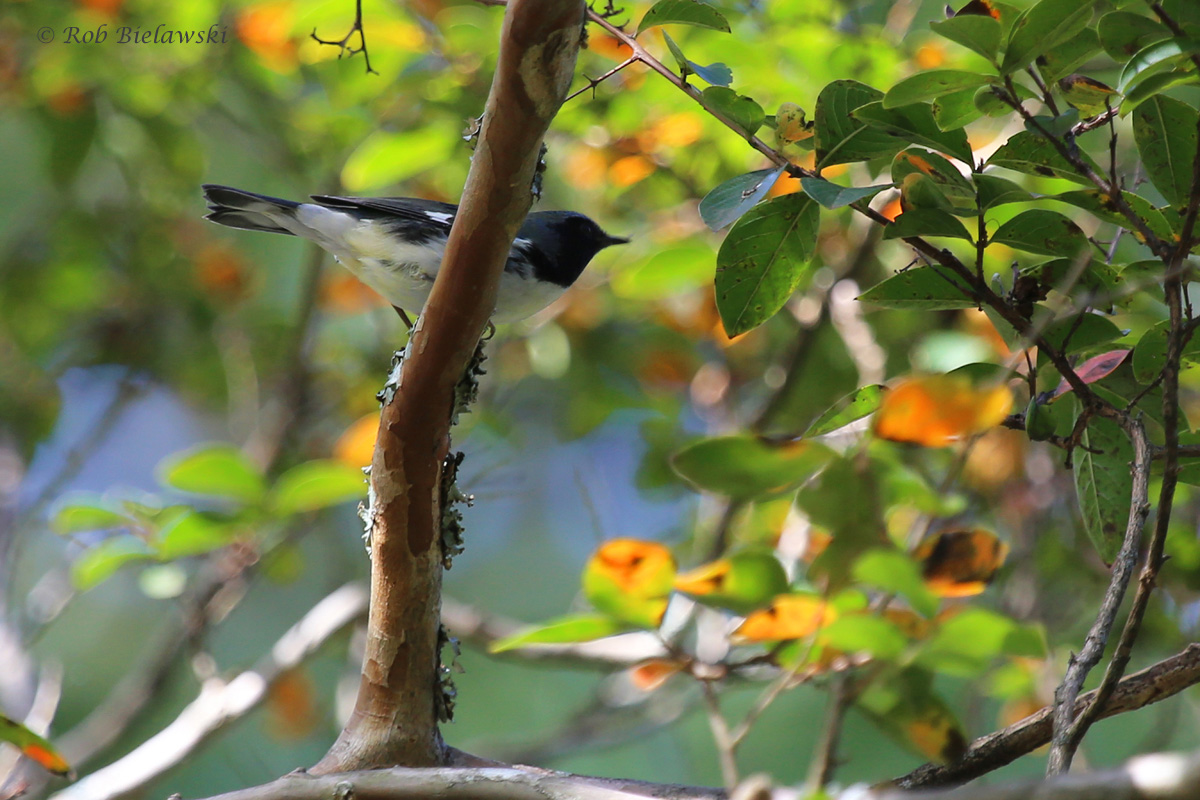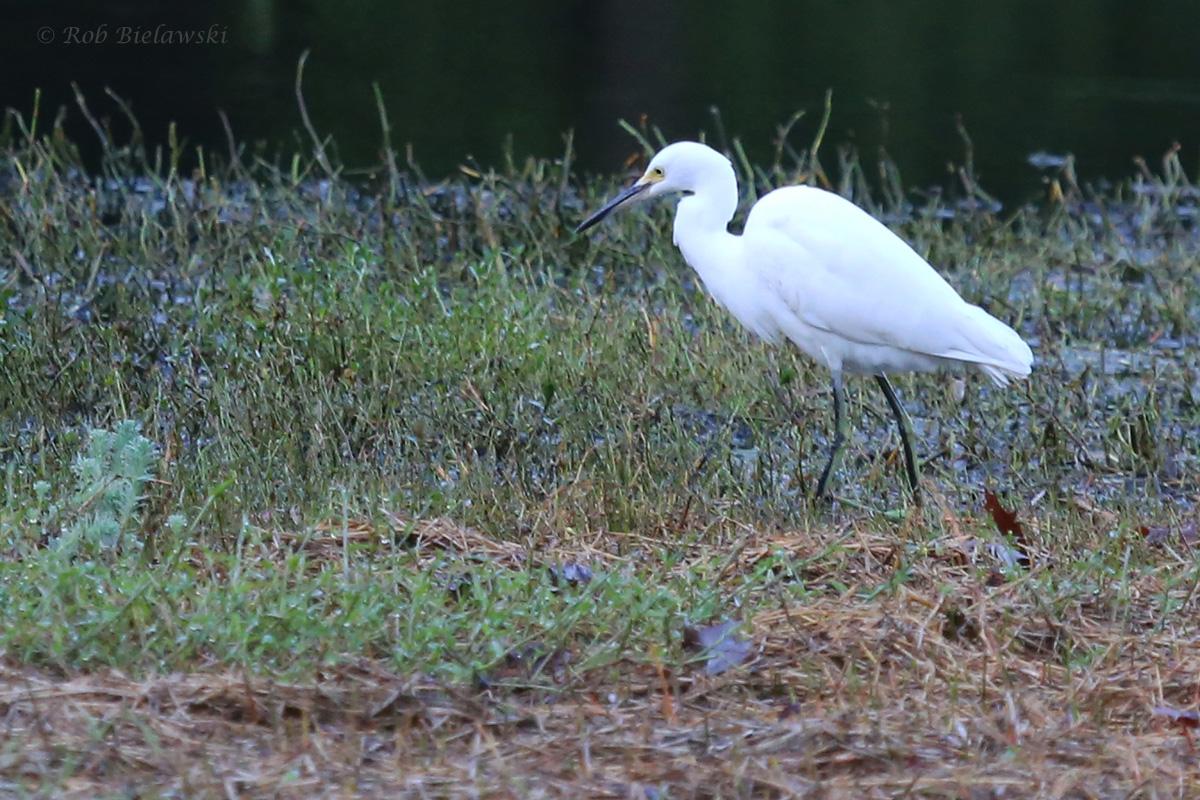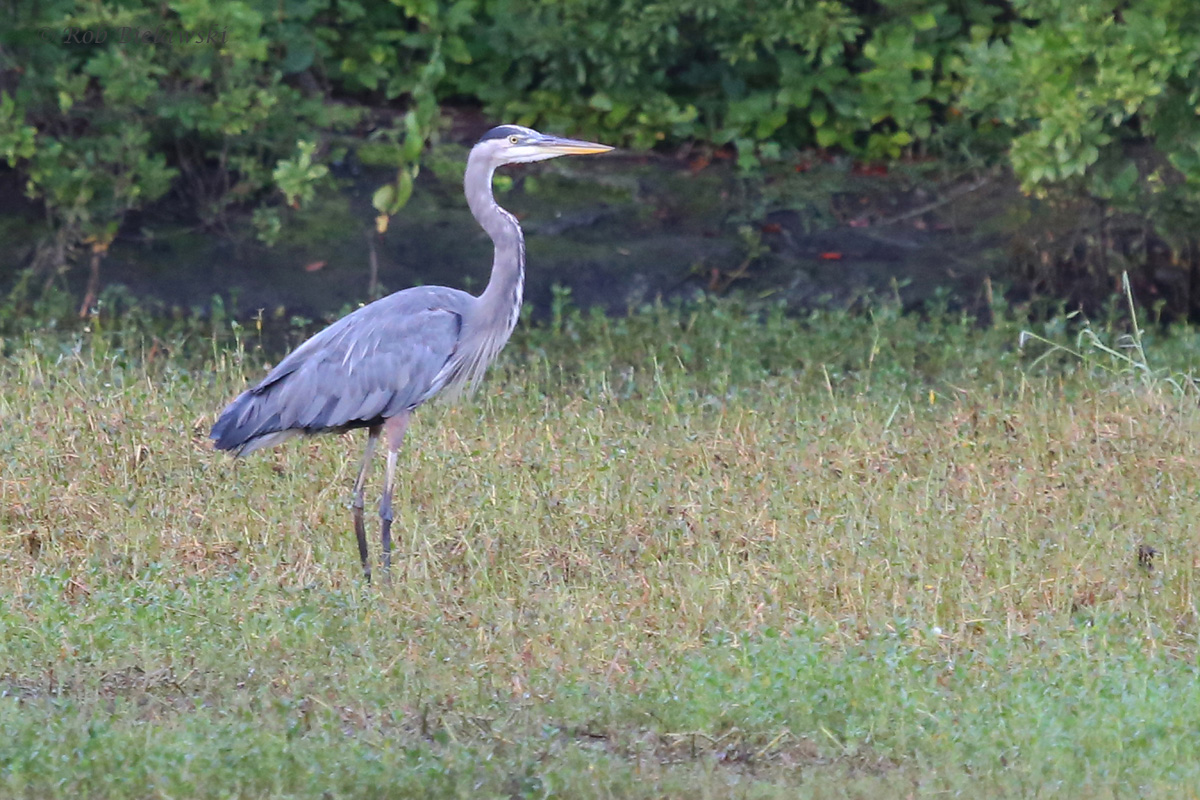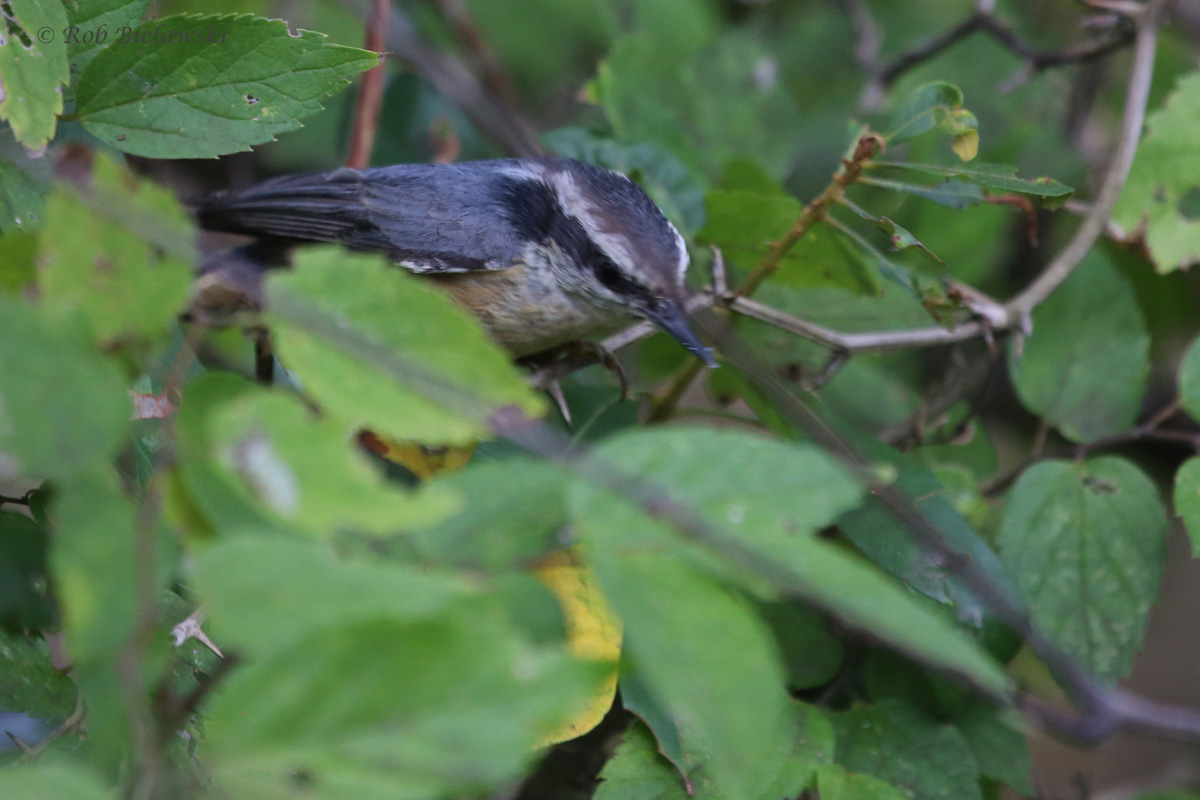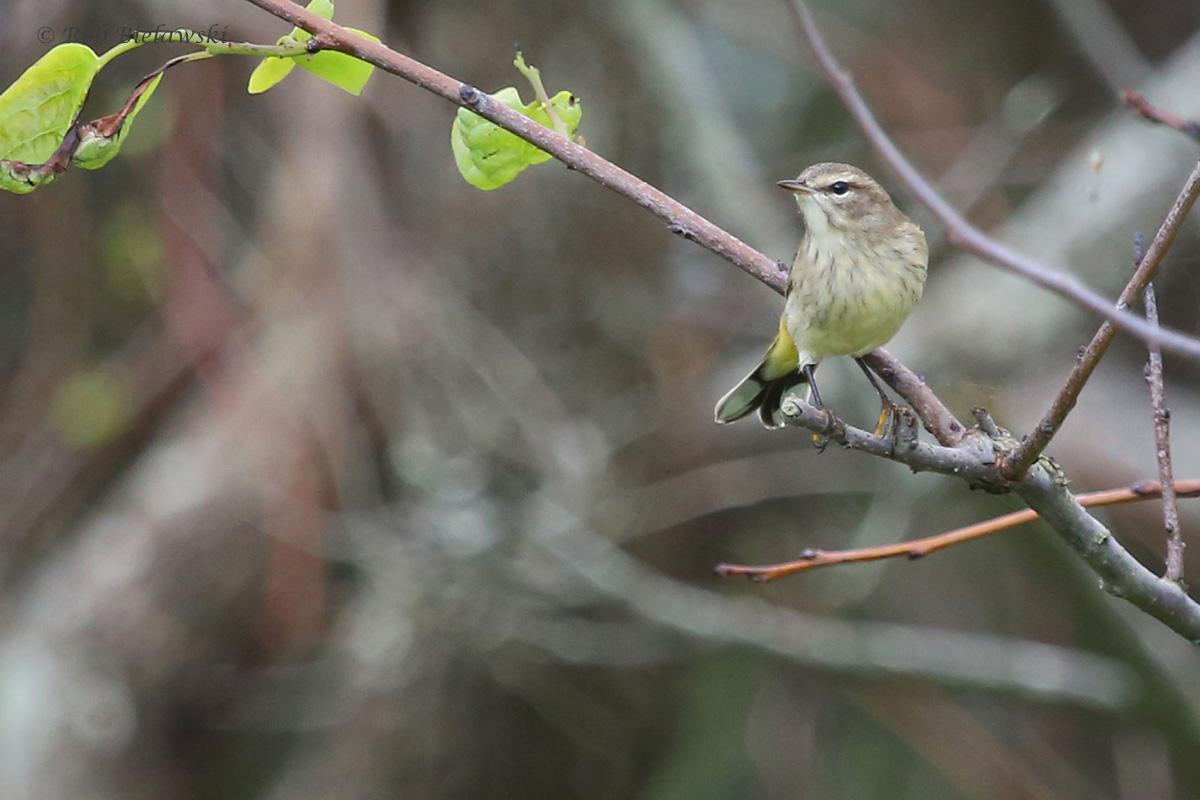Late October 2016 (21st-31st)
/Dry weather continued through late October, and allowed for most areas of the city to finally shed the remnants of standing water still present from Hurricane Matthew's deluge to kick the month off. Like last period, there was a great deal of excellent finds to discuss, and top birds for Virginia Beach included SHORT-EARED OWL, CLAY-COLORED SPARROW & LARK SPARROW. First-of-season arrivals this period revolved mostly around waterbirds and this trend should continue on into November; we still saw our first-of-fall Orange-crowned Warbler (22 Oct), Common Loon (23 Oct), Northern Pintail, Ring-necked Duck & Hooded Merganser (24 Oct) and Greater/Lesser Scaup (27 Oct)! Early arrivals this period included Tundra Swan (23 Oct) and occurrences of late birds included Blackpoll Warbler (latest 28 Oct), American Redstart (27 Oct), Black-and-white Warbler (23 Oct) & Black-throated Blue Warbler (23 Oct). As in mid-October, we saw very high counts of Pied-billed Grebe & Northern Flicker but numbers of American Robin, Yellow-rumped Warblers & White-crowned Sparrows also were bolstered during late October. WEATHER: Overall, late October’s average daily high temperature dropped back towards normal at 69.9 degrees F (-6.4 degrees from the mid-October period); the average daytime lows also dropped considerably to 48.3 degrees F (-7.5 degrees). The previous 10-year average daily highs & lows for the late October period were 68.7 & 50.6 degrees F, respectively which puts this period in 2016 at +1.2, and -2.3 degrees when comparing to the averages. Also during the previous 10-year period, the maximum average daily highs & lows were 73.8 & 57.0 degrees F (2007). Conditions remained very dry throughout the period (a good thing for the region right now), and accumulations of only 0.20 inches of rainfall occurred at Oceana over the 11-day period.
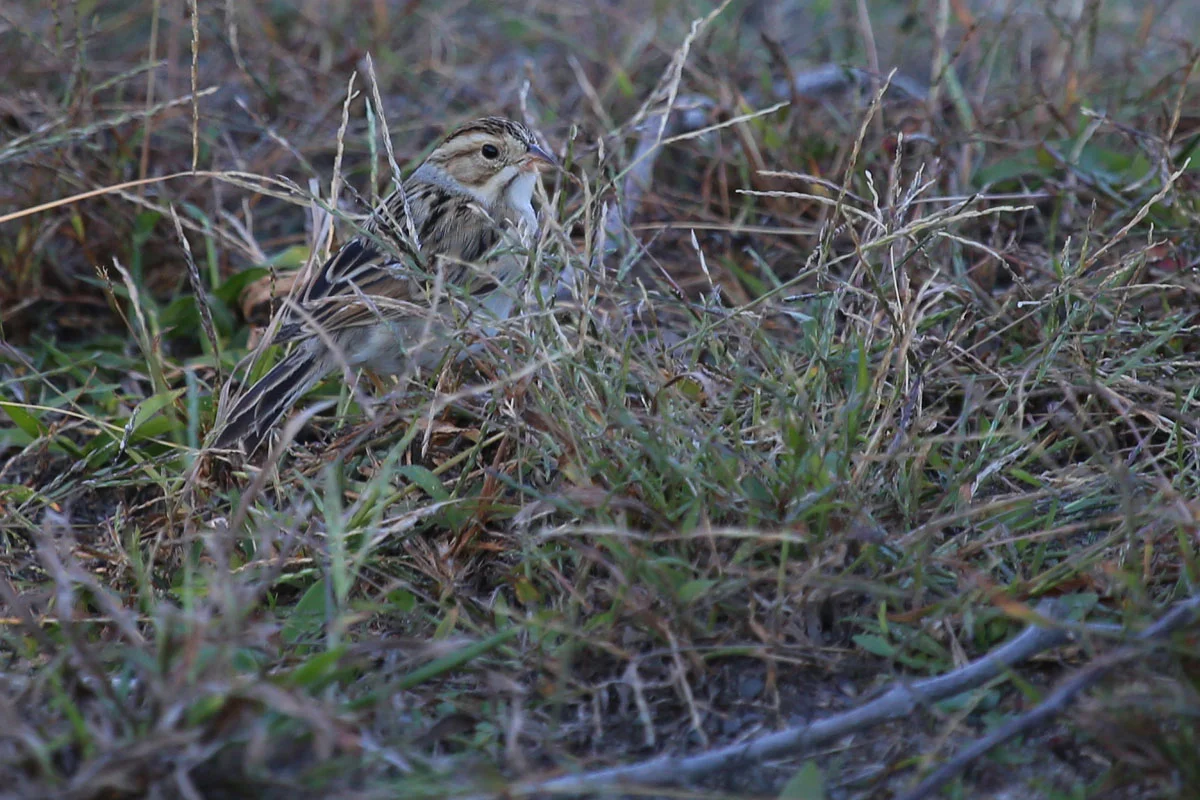
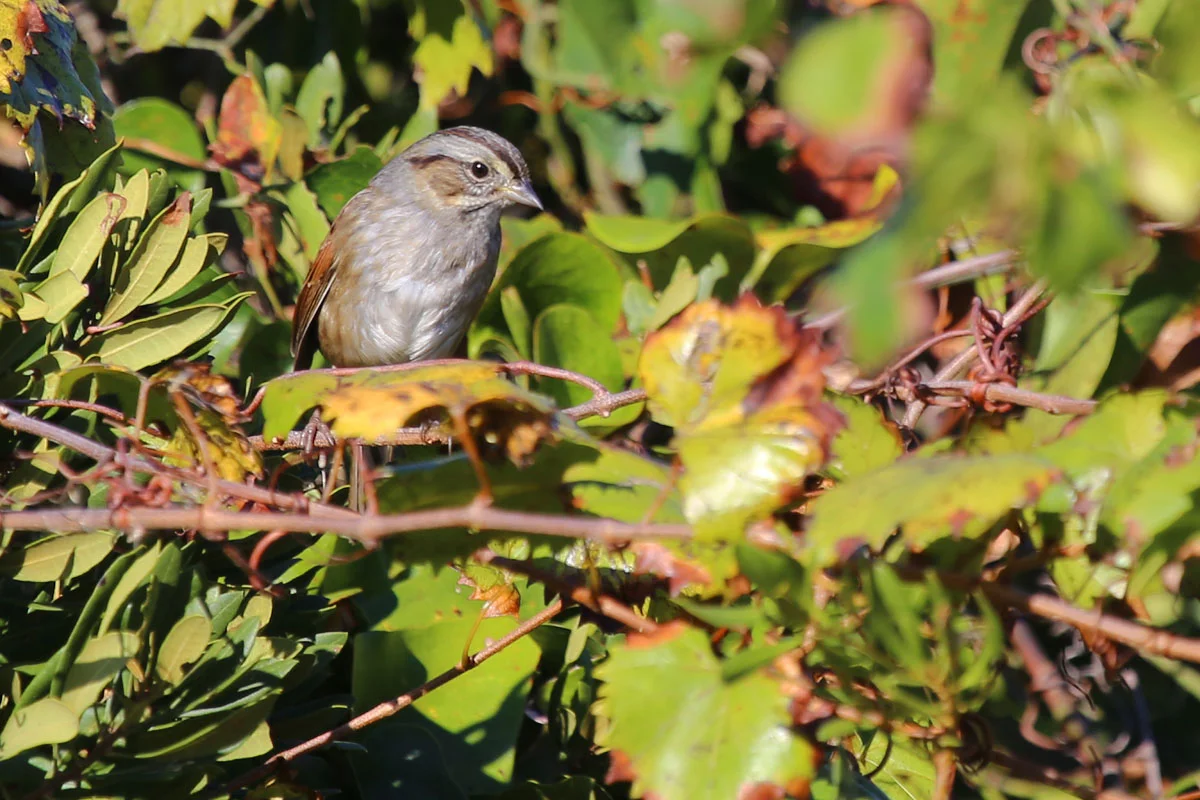
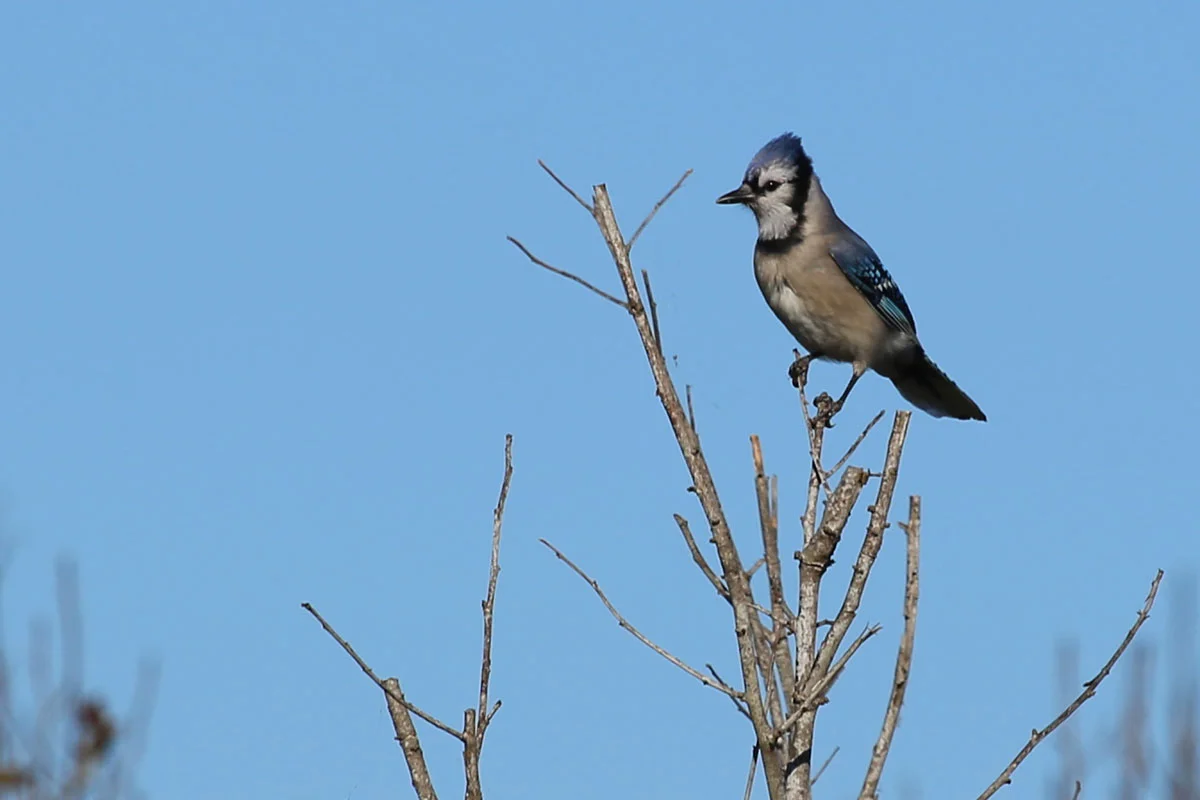
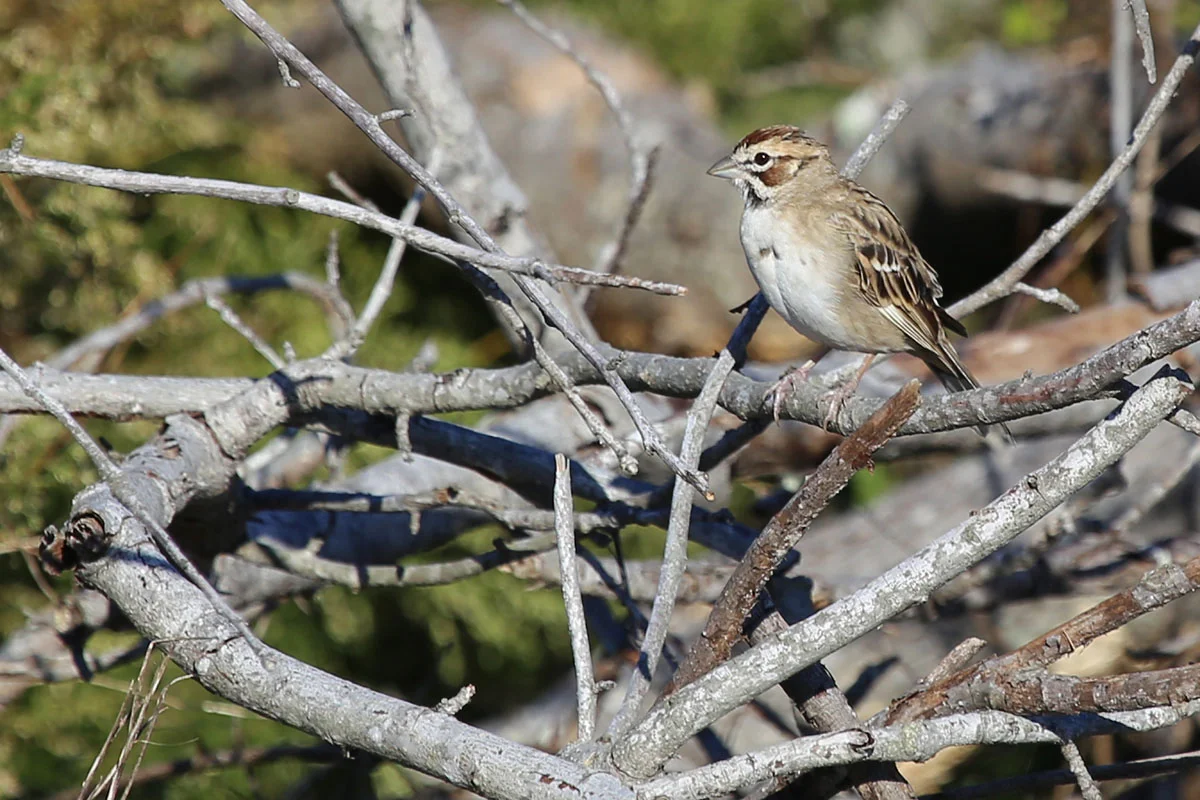
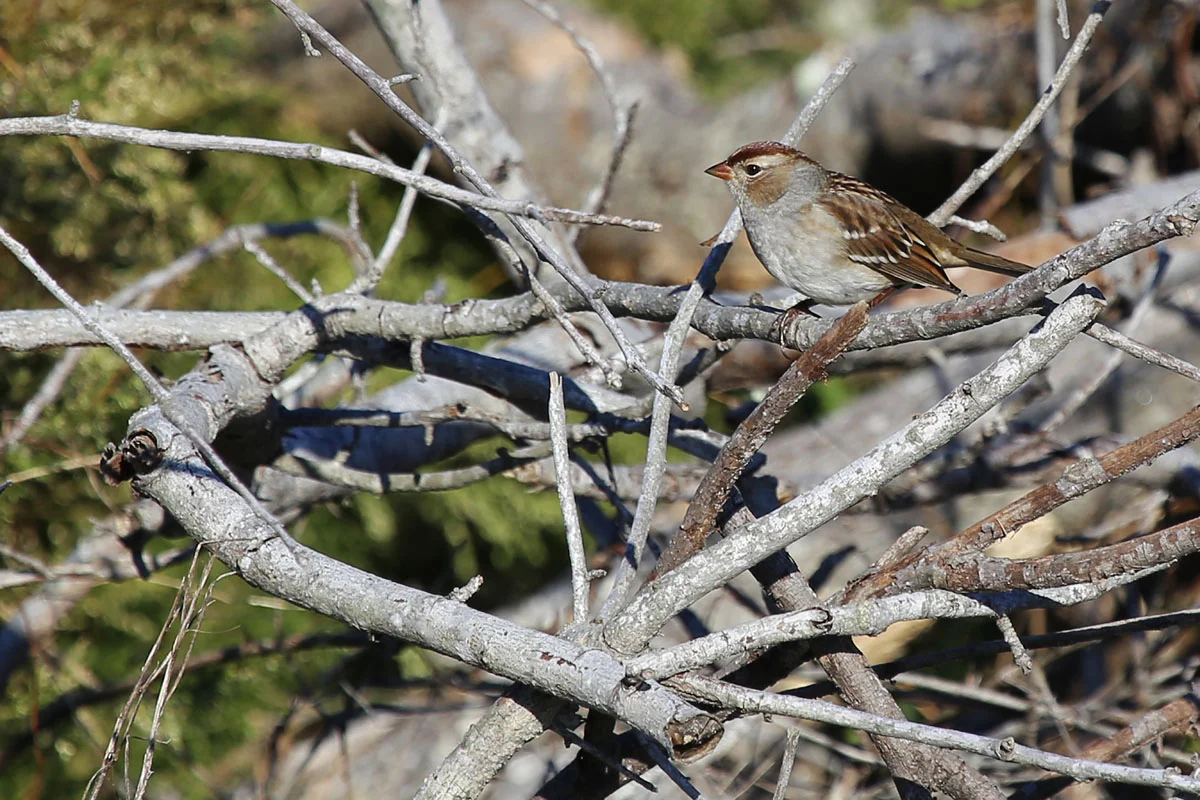
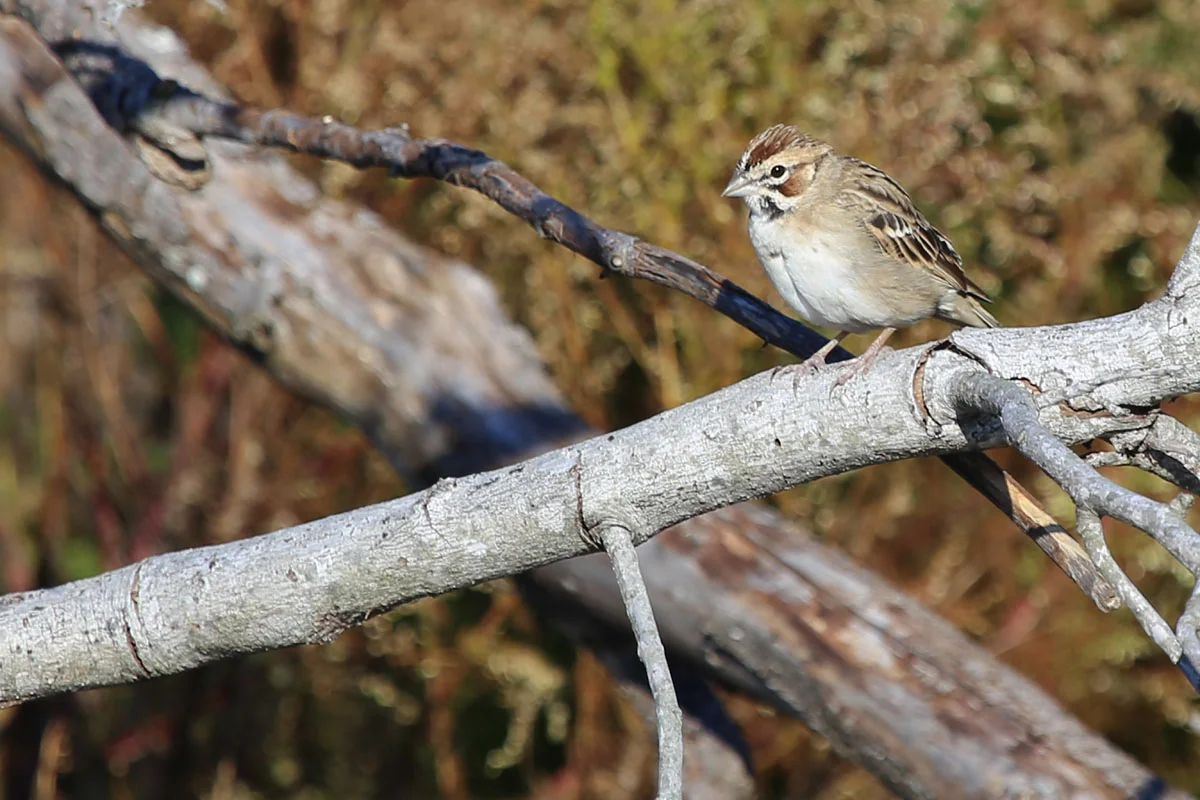
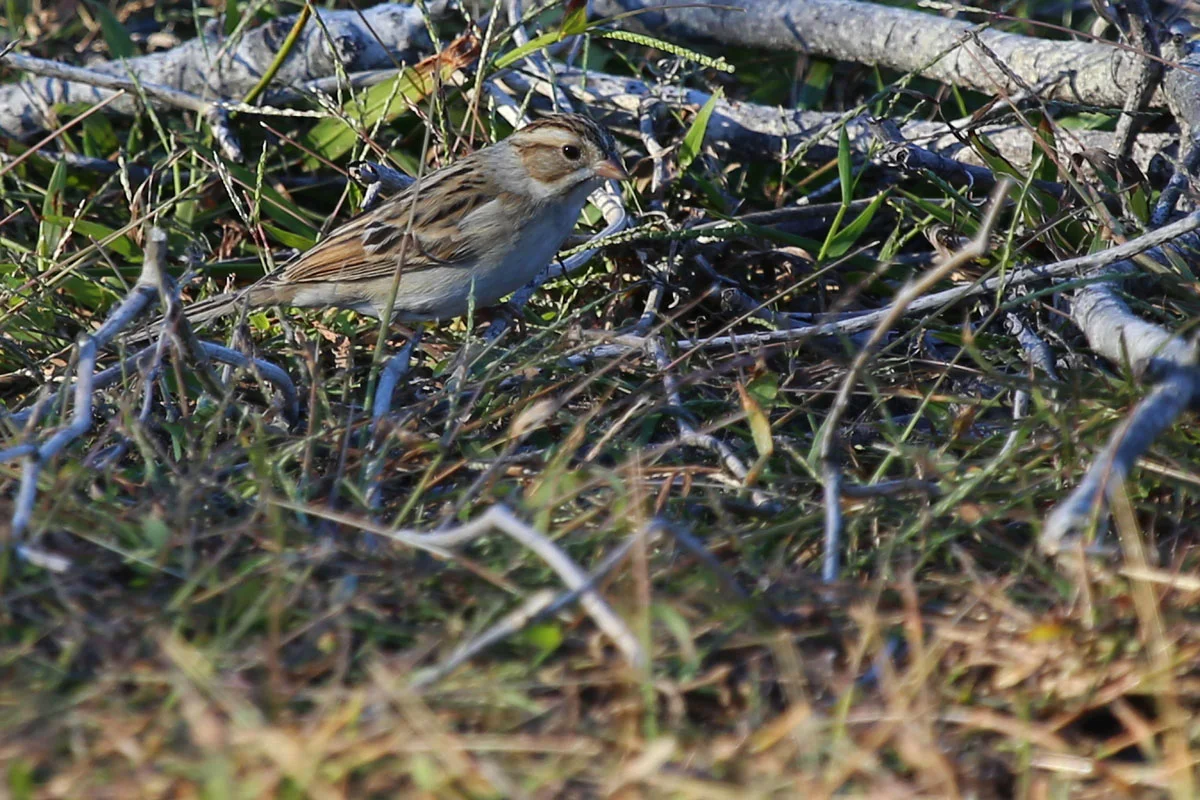
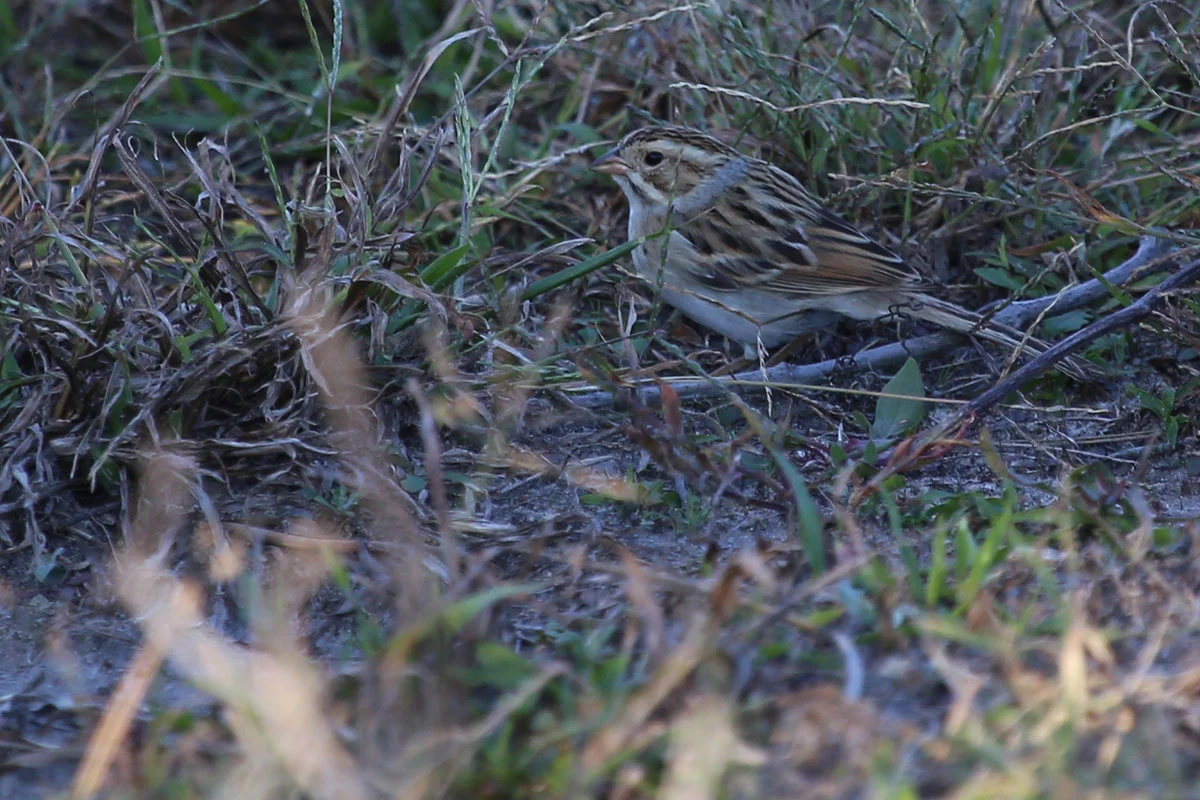
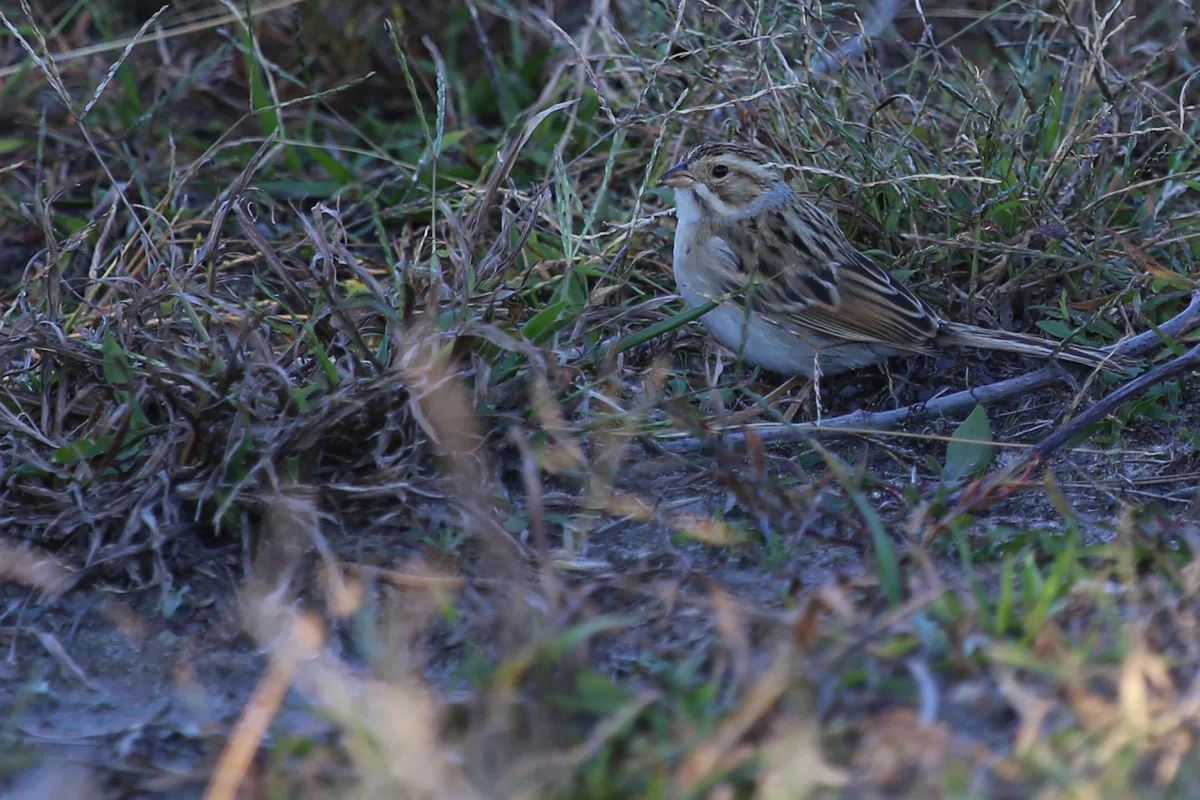
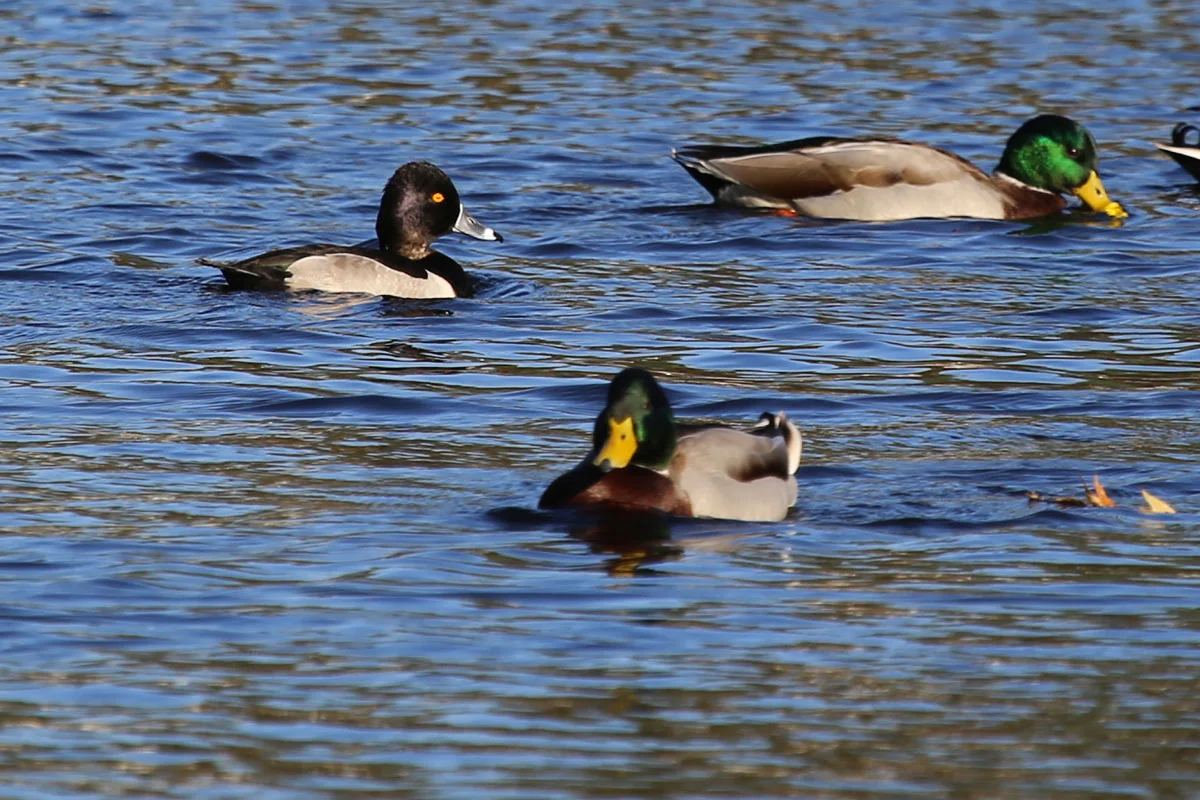
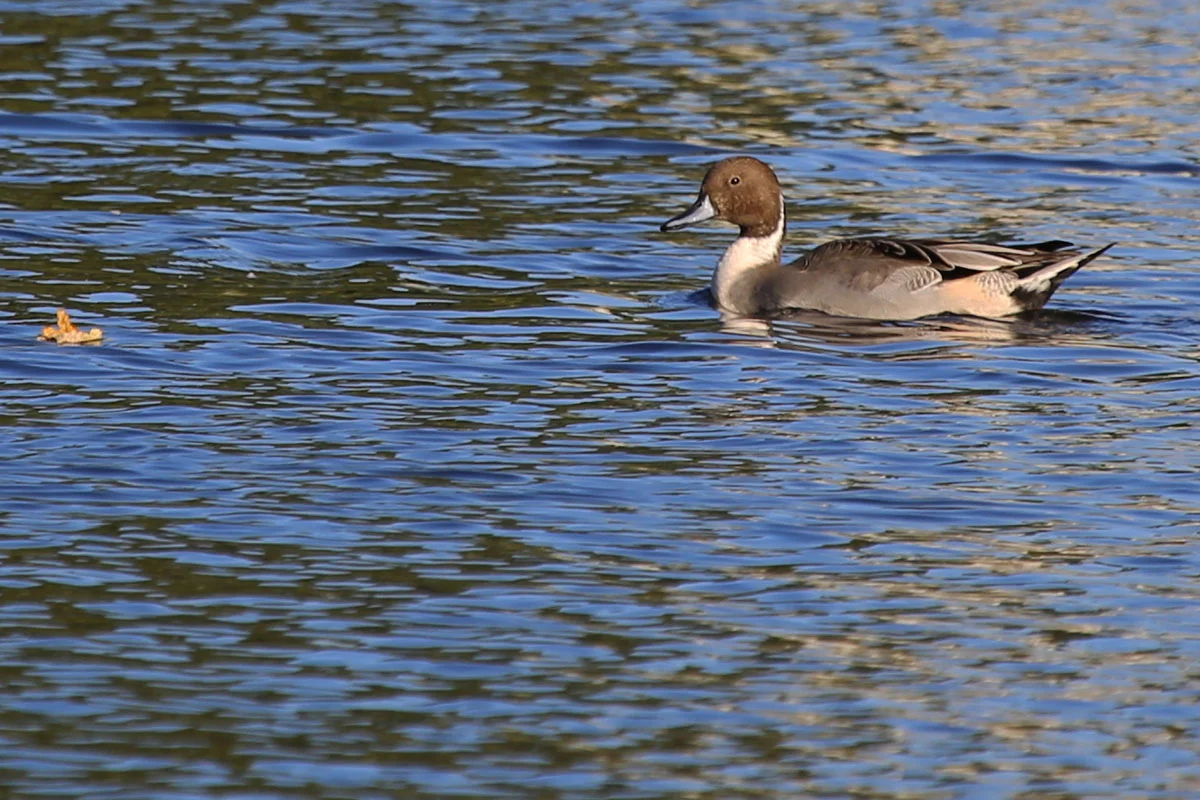
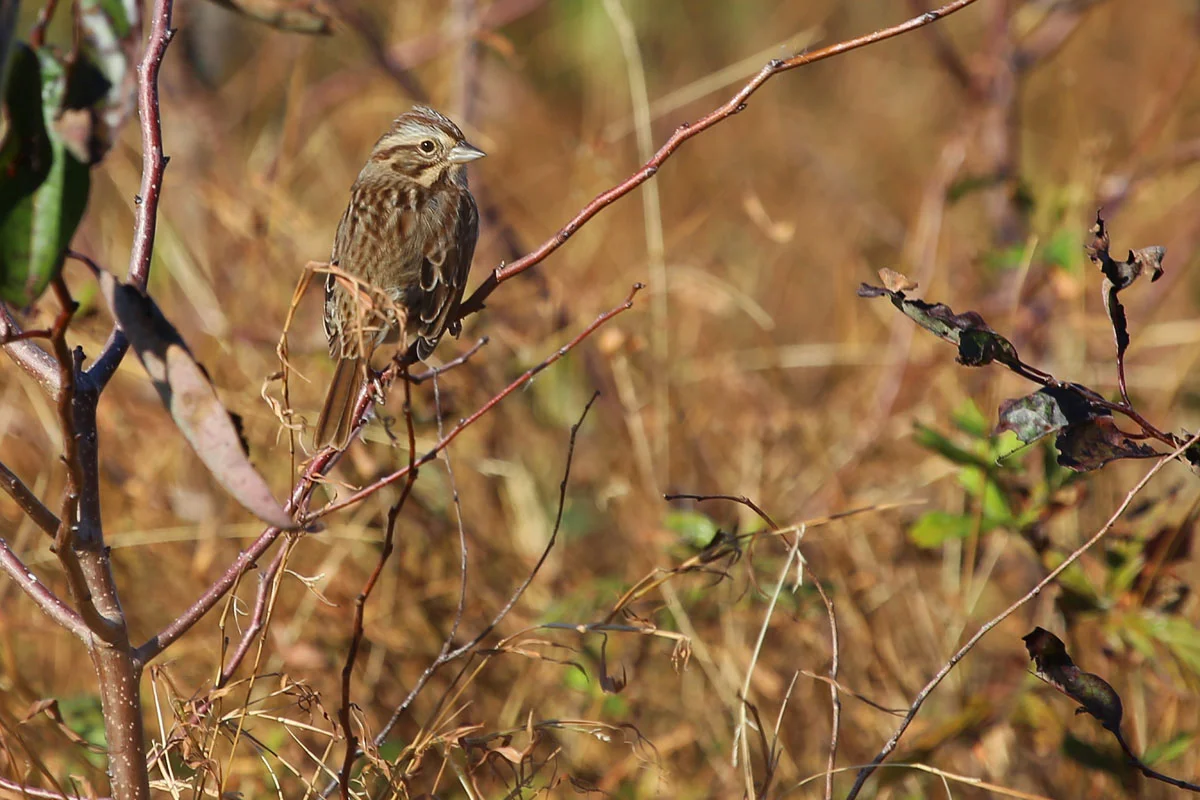
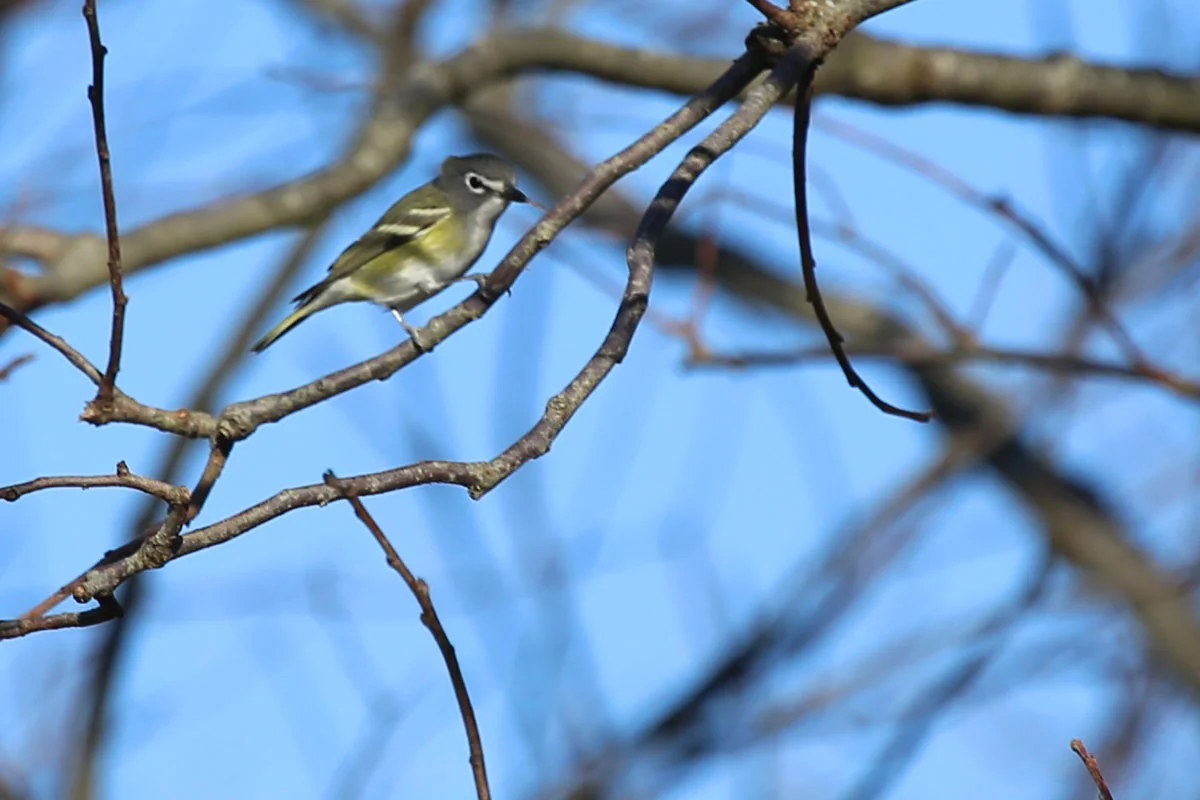
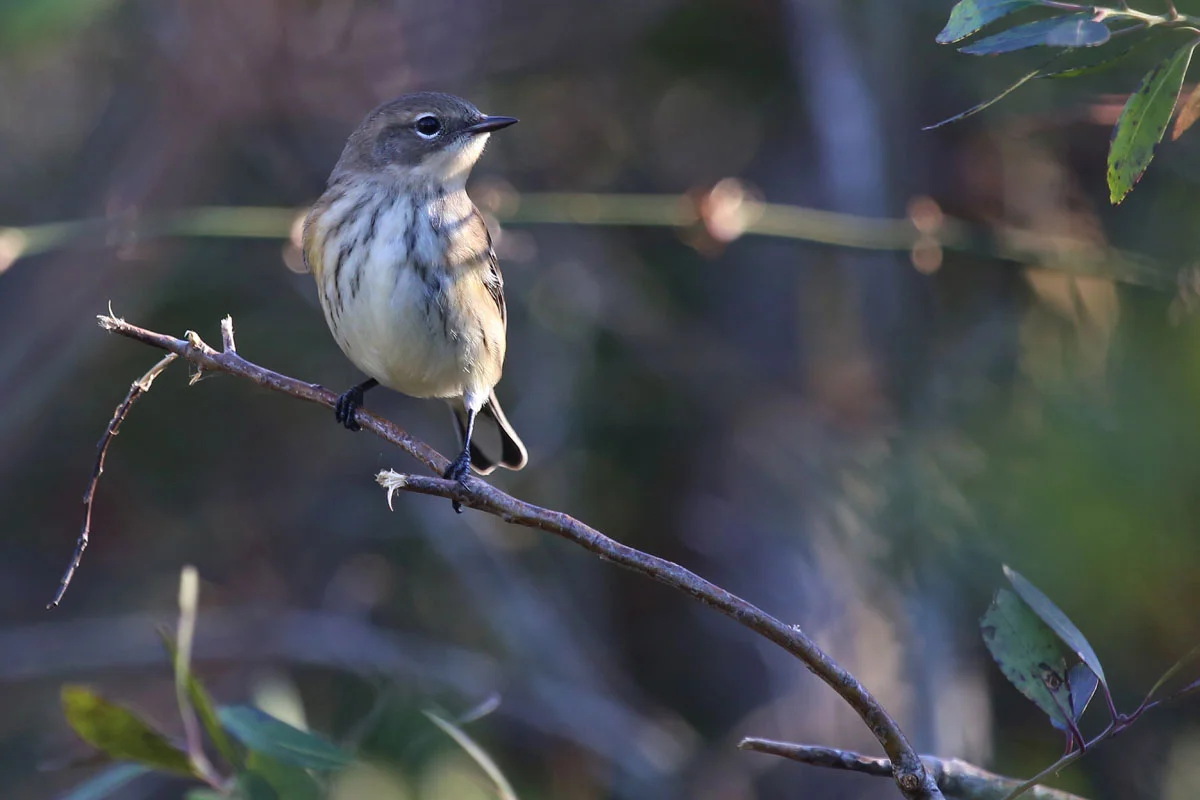
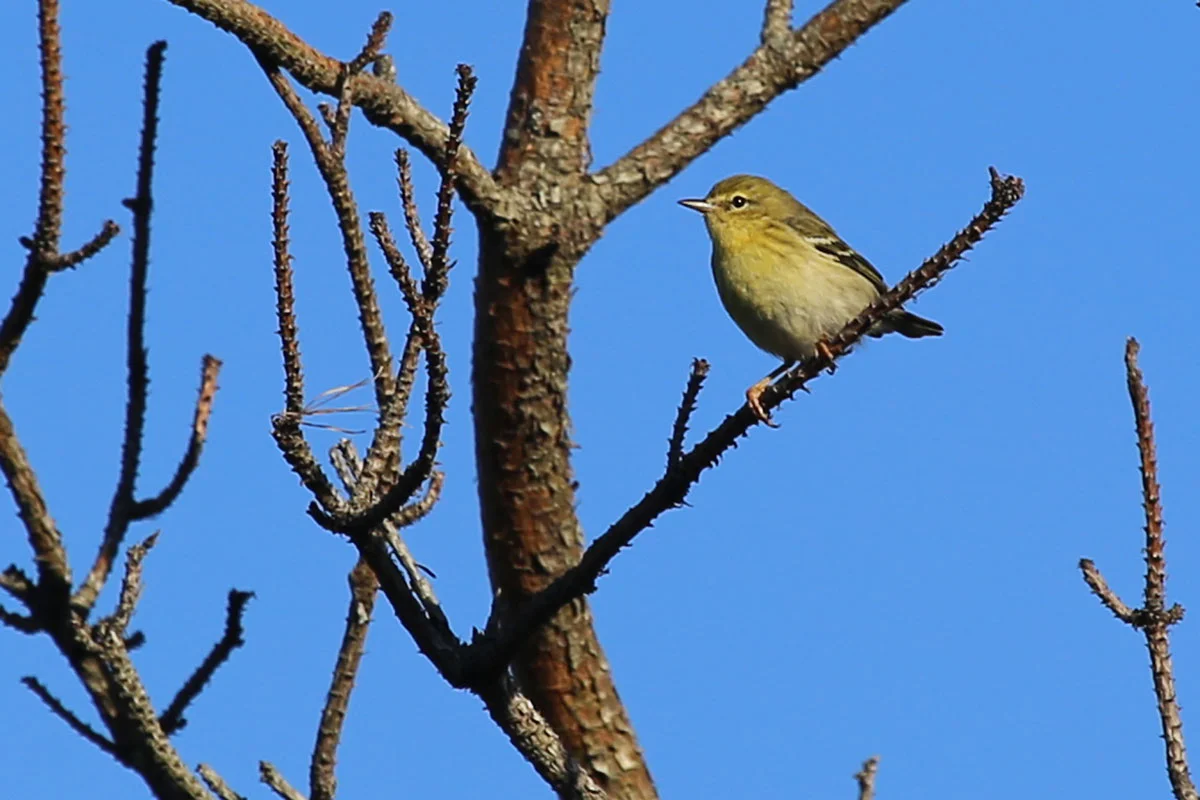
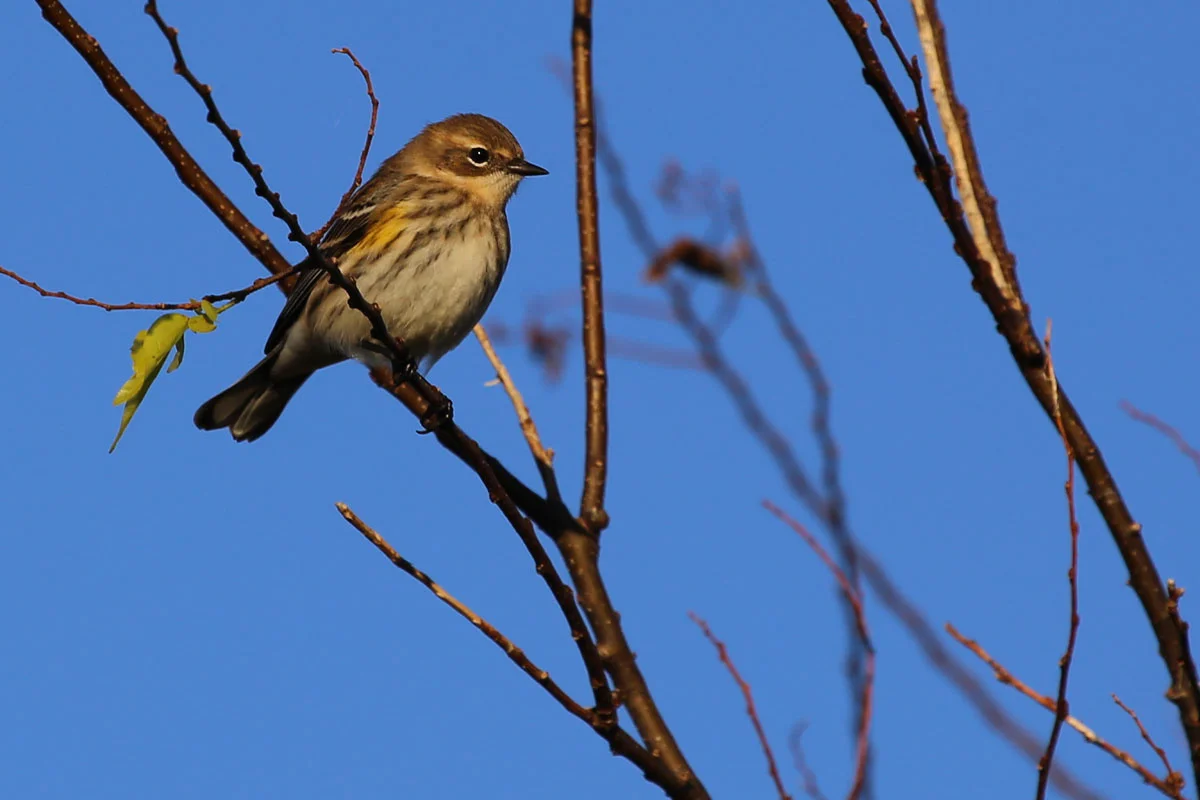
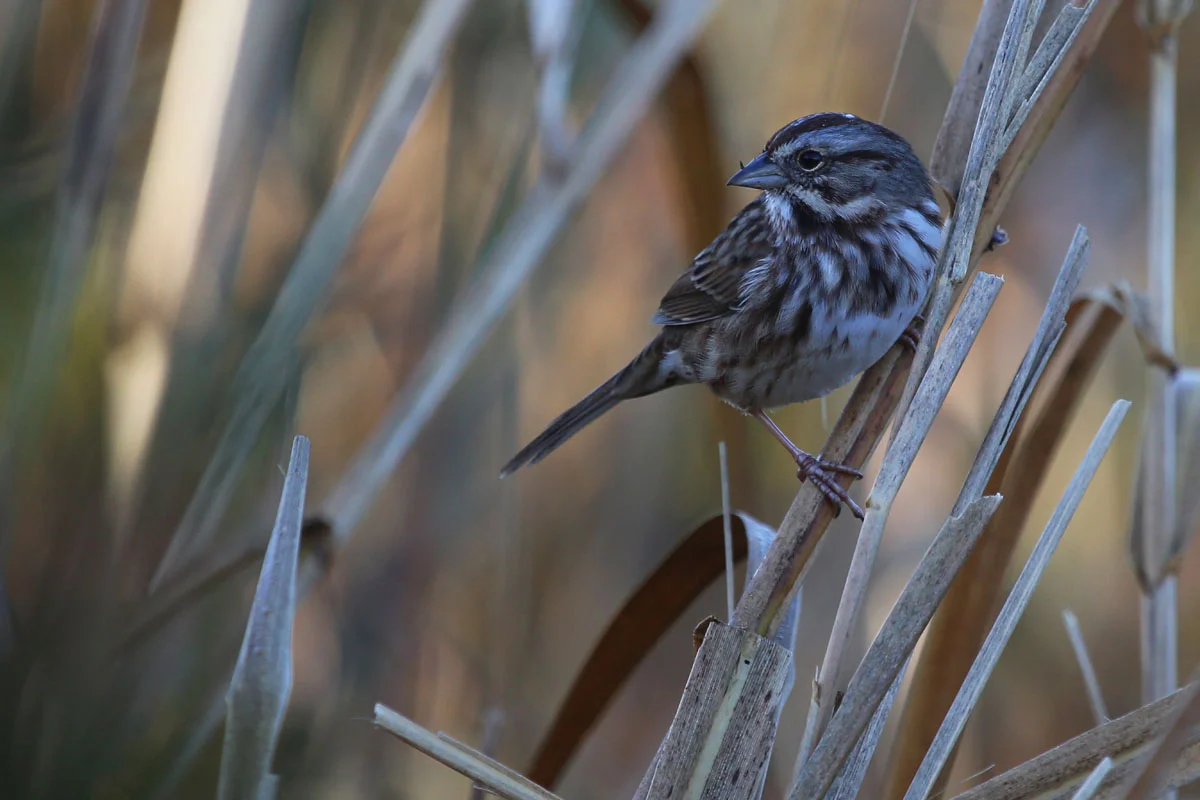
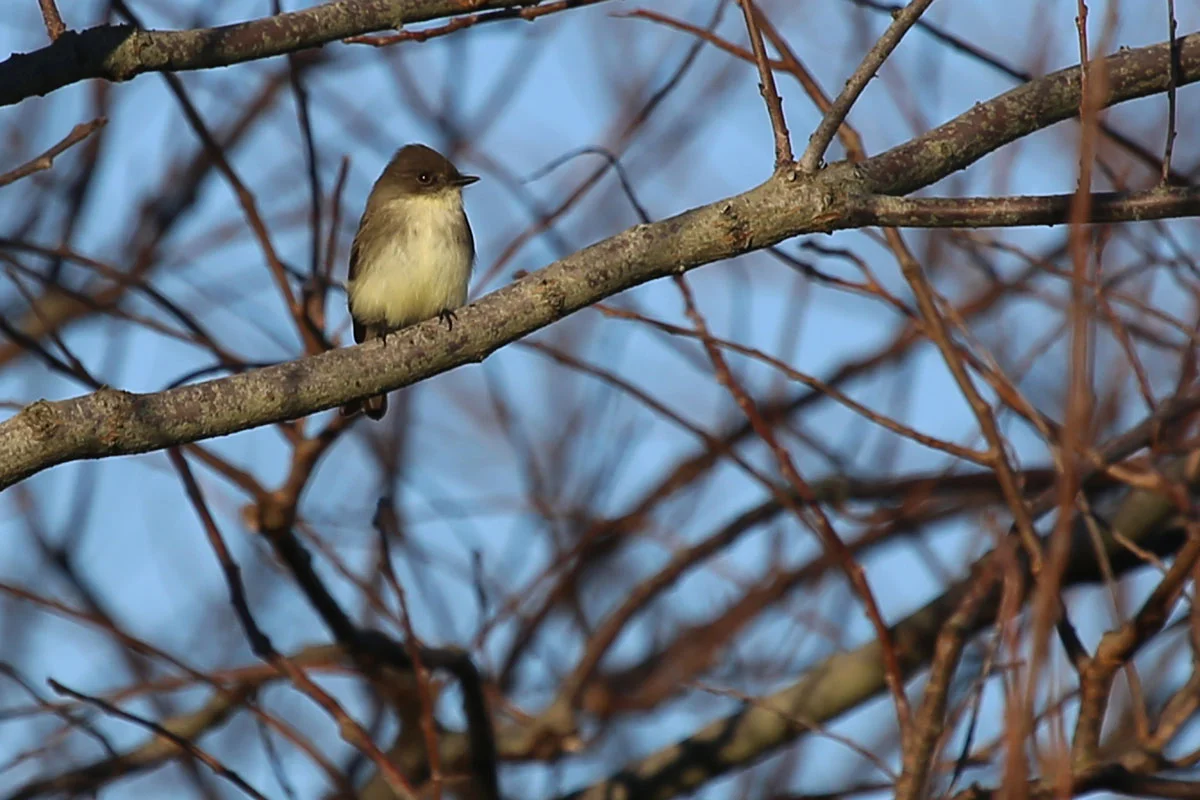
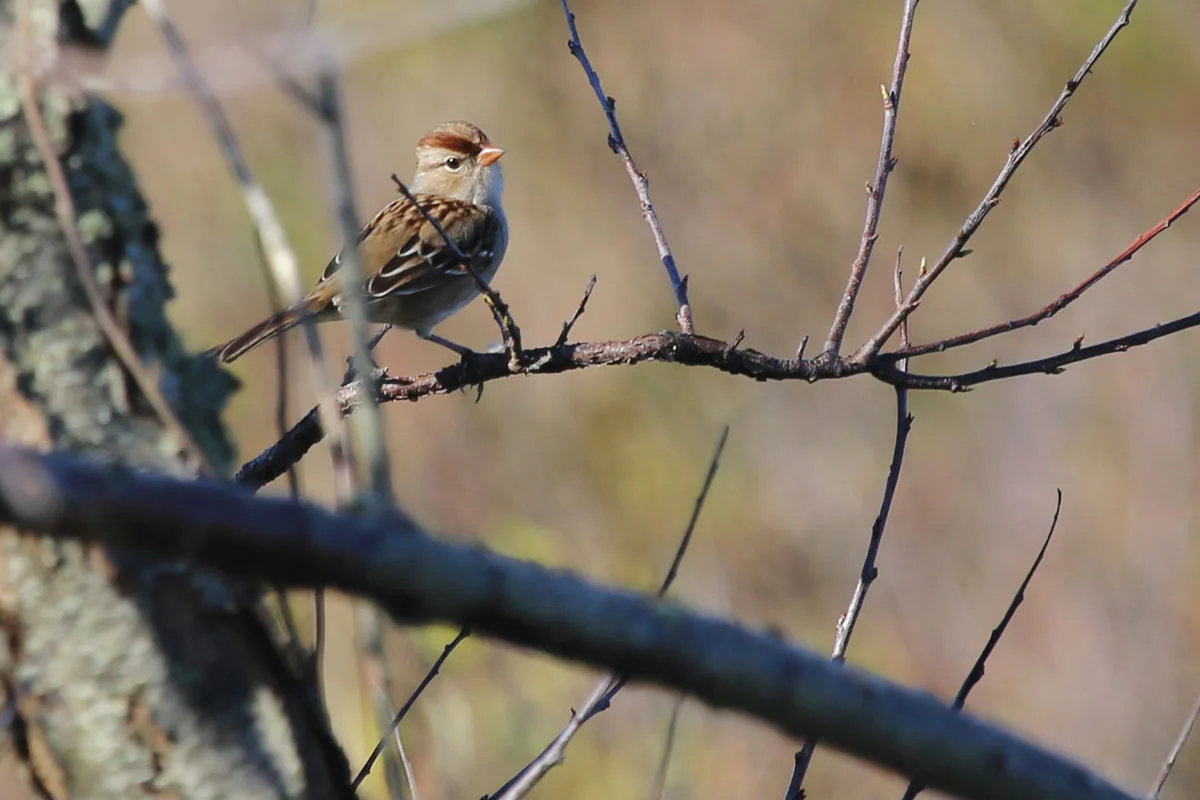
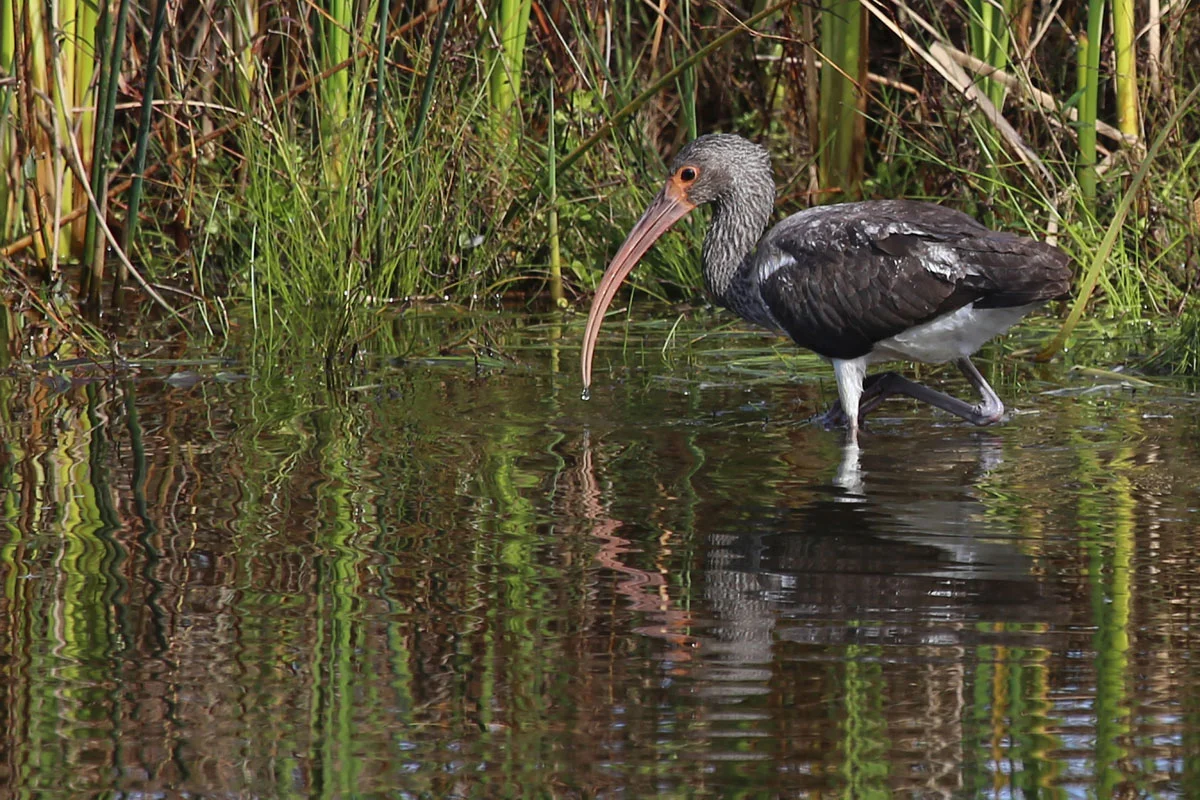
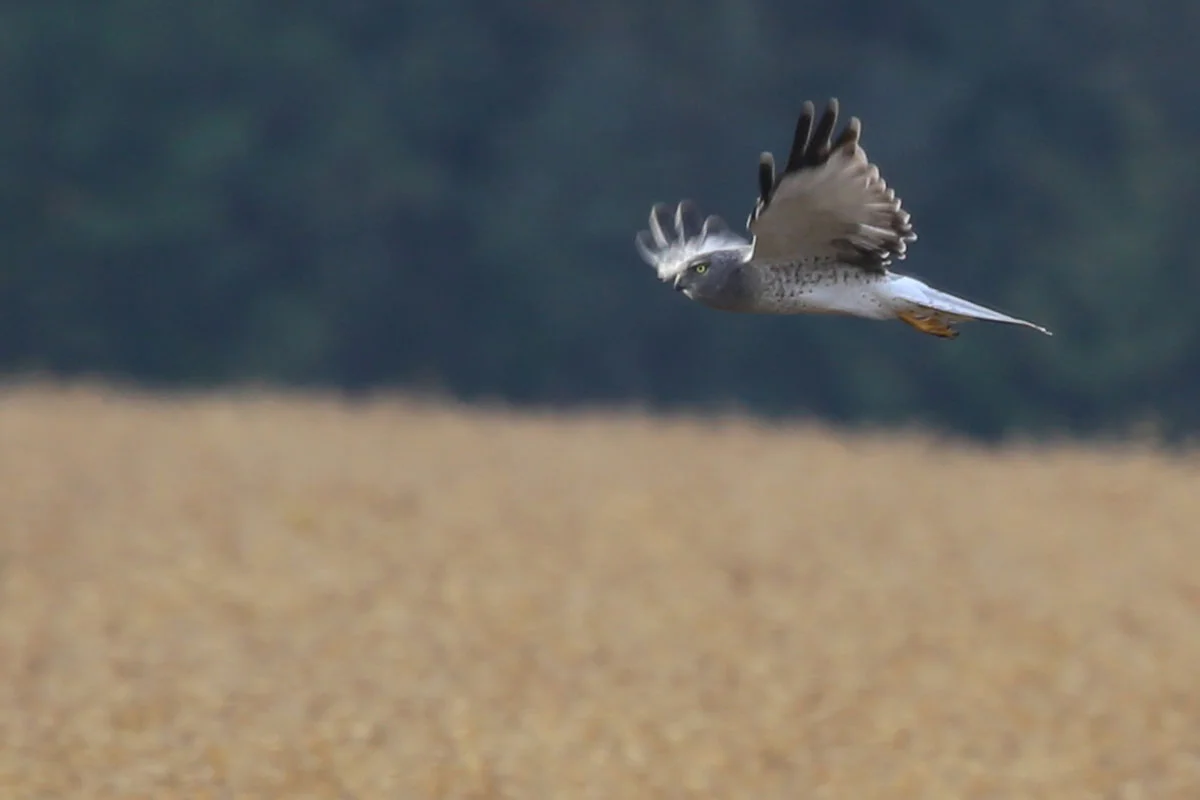

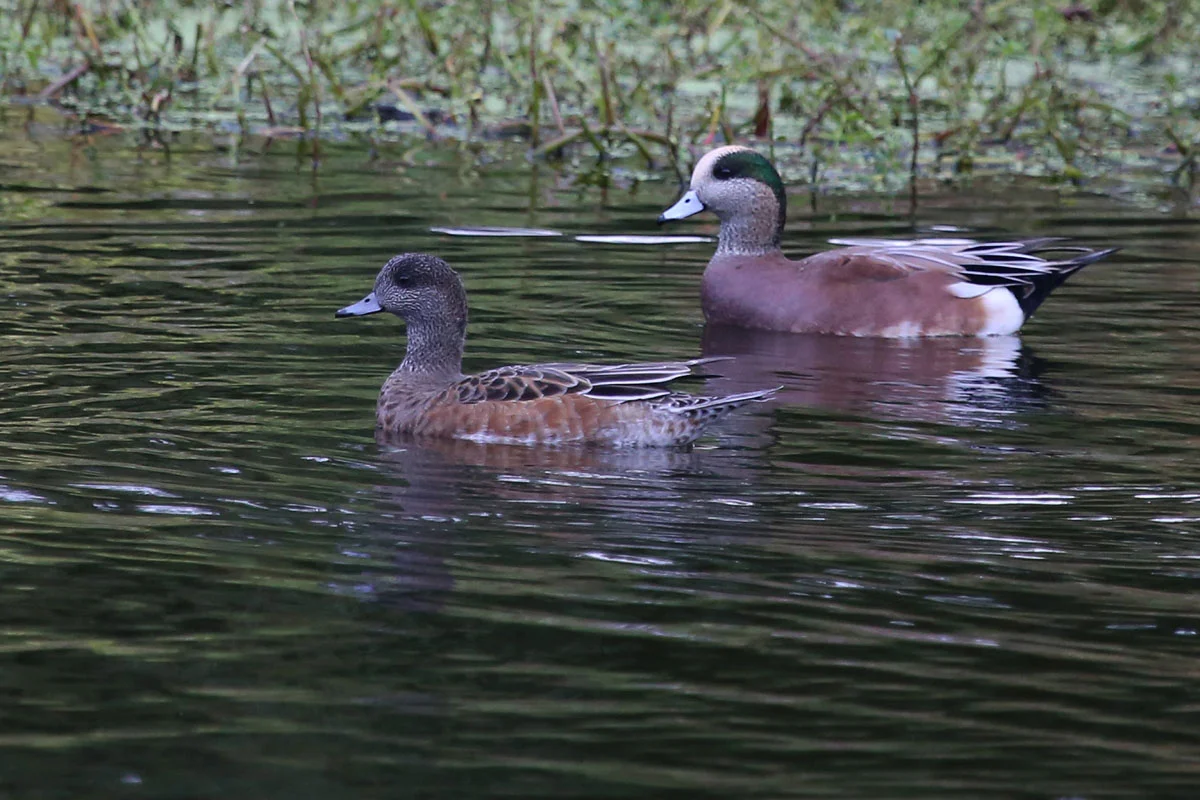

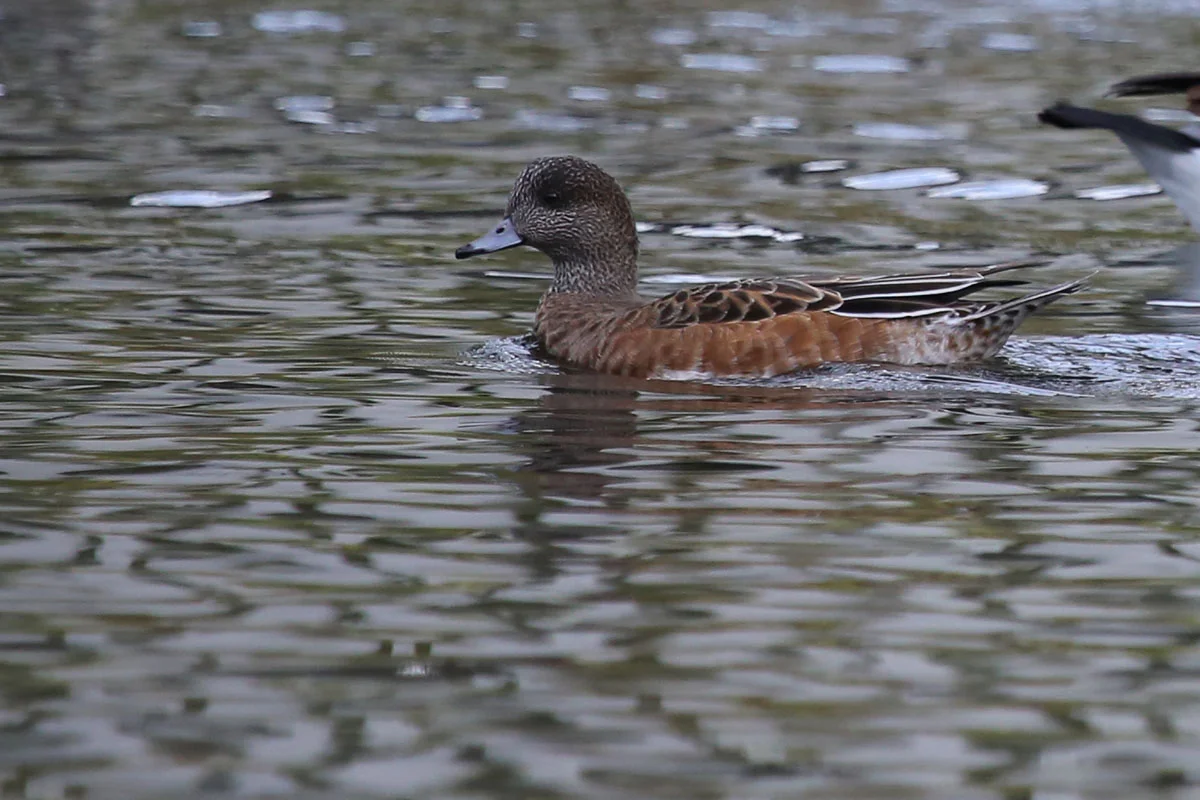
OBSERVATIONS: With mid-October having been dominated by exciting reports of rare species of sparrows, it was no surprise that our most recent period kicked off in similar fashion. During the afternoon of the very first day of the period (Friday, 21 Oct), our second CLAY-COLORED SPARROW of the fall season was discovered & photographed at Little Island Park (Mary Catherine Miguez). This individual stayed put through the next day, when it was again observed & photographed (Karen & Tom Beatty) at the same location. After apparently going undetected the following pair of days, it was again observed 26 Oct, though this would be the last time it was reported. Not too far away from Little Island, and early on the morning of 23 Oct, a third CLAY-COLORED SPARROW was also observed at Back Bay NWR (Andrew Baldelli). This one was at the same location where many other sparrow species have been foraging together just north of the visitor’s center. This sparrow did not appear to be the same individual seen at Little Island Park after reviewing the photographs taken of each. The Back Bay individual was observed & photographed (Kim Harrell and Rob Bielawski) later in the evening of the 23rd but the refuge was closed for hunting 24-25 Oct so there is no way to tell if it stayed put to start off the week. However, it was again reported 29 Oct (Jason Schatti), though with the time gap between observations, and no photographs acquired after 23 Oct, it is difficult to say whether it was the same individual for certain, though it seems quite likely. As a comparison, in 2015 there was only one CLAY-COLORED SPARROW observed in Virginia Beach, occurring also at Back Bay NWR (Ron Furnish & Marie Mullins). So we’ve had quite the fall season for this species so far, and the potential for finding others still remains moving forward. Additionally, the LARK SPARROW first observed 19 Oct (Karen & Tom Beatty) at Back Bay NWR was again observed (James Marcum) and photographed (27 Oct / Tina Trice) and again 30 Oct (Lisa Rose and Matt Anthony & Nicholas Newberry). A second individual joined it 23 Oct (Karen & Keith Roberts) though that report didn’t get input to eBird. One of these individuals appeared to have a wound on the right cheek (ph. Kim Harrell), where either blood was visible, or the feathers had been torn away leaving the skin visible. I make mention of this so that anyone who observes a Lark Sparrow at the site in the coming days can look for this mark to see if the same individual is still present, or if a different bird has moved in. This site has had at least 3 different individuals move through it this fall so far. The last rarity observed this period came in the form of a SHORT-EARED OWL found during an official impoundment survey at Back Bay NWR (26 Oct / Rebecca Walawender). This species is likely an annual winter resident within Virginia Beach but is seldom searched for and probably just ends up going unnoticed. However, as Sibley’s field guide notes, any area that holds Northern Harriers during the daytime is likely to hold these owls during the night. Short-eareds are also known for being active at dawn and dusk so maybe with some effort over the coming months, more of these gorgeous owls will be discovered locally. After all, they’re found each winter to our south at Alligator River NWR in North Carolina, and they appear north of us on the Eastern Shore often in winter as well! First-of-season arrivals occurred throughout the period, some early, some right on time. These included an Orange-crowned Warbler (22 Oct / Little Island Park / Karen & Tom Beatty), Common Loon (23 Oct / Little Island Park / Andrew Baldelli), Northern Pintail & Ring-necked Duck (24 Oct / Kings Grant Lakes / Rob Bielawski), Hooded Merganser (24 Oct / Turtle Lake / Una Davenhill) and Greater/Lesser Scaup (27 Oct / Back Bay NWR / James Marcum). While Common Loons do often linger throughout the summer months here along the coast, it has been a while since one was sighted, so it is fair to call this one a first-of-season bird even though they probably should be considered a permanent resident in Virginia Beach. An early Tundra Swan was observed at Back Bay NWR (23 Oct / David Clark) and we also had our first groups of Northern Shoveler (5 / 30 Oct / Back Bay NWR / Lisa Rose) and Ruddy Ducks (25 / 27 Oct / Back Bay NWR / James Marcum) though we had first-of-season individuals earlier. Late lingerers this period were also noted with some frequency and included individual Black-and-white Warblers at Stumpy Lake NA (21 Oct / James Marcum) & Back Bay NWR (23 Oct / Kim Harrell). We are right at the northern edge of where these warblers often attempt to winter, and as such, this might not be the last individuals reported this year here. Other late sightings included a pair of Black-throated Blue Warblers (23 Oct / Little Island Park / Andrew Baldelli), Blackpoll Warblers at Back Bay NWR (28 Oct / Rob Bielawski), First Landing SP (28 Oct / Jason Schatti) & at Little Island Park (26 Oct / Karen & Tom Beatty), and lastly a female American Redstart at Back Bay NWR (27 Oct / James Marcum). Northern Flickers (215), American Robins (475) and Yellow-rumped Warblers (1500) were all very high counts at Little Island Park (23 Oct / Andrew Baldelli) as they continue to stream through the region. Additionally, 5 White-crowned Sparrows at Back Bay NWR (29 Oct / Rob Bielawski) represents the highest count for this species on the year here. Interestingly, all of them were first-year birds, and we haven’t had an adult White-crowned Sparrow logged in Virginia Beach yet this fall! Last, but certainly not least, some species I’ll just refer to as “neat” were also seen this period. A Sora at Little Island Park (26 Oct / Karen & Tom Beatty), and Sedge Wrens at Little Island Park (1 / 28 Oct / Jesse Anderson) and Back Bay NWR (2 / 30 Oct / Lisa Rose) made for excellent finds of secretive species that around present all winter long, but can be very tough to actually observe. Folks around the area continue to report Red-breasted Nuthatches and this year is proving to be quite an irruption year for that species. Additionally, Nelson’s and Seaside Sparrows continue to observed around the salt marshes at Pleasure House Point, and we’re right in the peak period to observe these reed-dwelling sparrows. Next period should bring us more waterfowl, as land bird migration winds down! Keep in mind that the first Sunday (6 Nov) of the period is when our clocks will be moved back an hour due to the ending of Daylight Savings Time, which means the opportunity for earlier morning birding but at the expense of losing evening birding. Also, Back Bay NWR has now closed the East Dike for the season (as of 1 Nov). The Dikes will remain closed until 1 Apr 2017, when the West Dike is the typical route to be first opened. The beach remains open year-round to False Cape SP and the trails adjacent to the visitor center, as well as the entry road and gravel road up to the dike gates are also open.
SPECIES DOCUMENTED BY MEDIA and submitted to eBird for Virginia Beach during this period included: 21 OCT – American Kestrel (Dam Neck Station Rd. / David Clark); CLAY-COLORED SPARROW, Field Sparrow & Song Sparrow (Little Island Park / Mary Catherine Miguez). 22 OCT – Blue-winged Teal, Ruby-crowned Kinglet, Northern Mockingbird, Orange-crowned Warbler, White-crowned Sparrow, Savannah Sparrow & Northern Cardinal (Little Island Park / Karen & Tom Beatty); LARK SPARROW (Back Bay NWR / Karen & Tom Beatty); CLAY-COLORED SPARROW, White-crowned Sparrow & Savannah Sparrow (Little Island Park / Karen & Tom Beatty). 23 OCT – Lesser Black-backed Gull & Northern Flicker (Back Bay NWR / David Clark); Northern Flicker, Black-and-white Warbler, CLAY-COLORED SPARROW, Field Sparrow, LARK SPARROW & White-crowned Sparrow (Back Bay NWR / Kim Harrell); Swamp Sparrow (Little Island Park / Rob Bielawski); Northern Flicker, Blue Jay, CLAY-COLORED SPARROW, LARK SPARROW & White-crowned Sparrow (Back Bay NWR / Rob Bielawski); Wood Duck & American Wigeon (Kings Grant Lakes / Rob Bielawski). 24 OCT – Yellow-bellied Sapsucker, Downy Woodpecker, Carolina Chickadee, Carolina Wren, American Robin, Northern Mockingbird, Yellow-rumped Warbler, Northern Cardinal & House Finch (Glenmore Hunt Tr. / Karen & Tom Beatty); Hooded Merganser (Turtle Lake / Una Davenhill); Greater Yellowlegs, Ruby-crowned Kinglet & Yellow-rumped Warbler (Pleasure House Point NA / Matthew Echaniz); Nelson’s Sparrow (Pleasure House Point NA / Karen & Tom Beatty); Northern Pintail & Ring-necked Duck (Kings Grant Lakes / Rob Bielawski). 26 OCT – Sora, American Coot, Common Yellowthroat, Blackpoll Warbler & White-crowned Sparrow (Little Island Park / Karen & Tom Beatty). 27 OCT – LARK SPARROW (Back Bay NWR / Tina Trice). 28 OCT – Great Blue Heron, Blue-headed Vireo, Blackpoll Warbler, Yellow-rumped Warbler, White-crowned Sparrow & Song Sparrow (Back Bay NWR / Rob Bielawski). 29 OCT – Yellow-rumped Warbler (Little Island Park / Rob Bielawski); Turkey Vulture, American Coot, Eastern Phoebe, Ruby-crowned Kinglet, Northern Mockingbird, Palm Warbler, Yellow-rumped Warbler, White-crowned Sparrow & Song Sparrow (Back Bay NWR / Rob Bielawski). 30 OCT – Sedge Wren, Gray Catbird, LARK SPARROW, White-crowned Sparrow & White-throated Sparrow (Back Bay NWR / Lisa Rose); Hermit Thrush & Swamp Sparrow (Back Bay NWR / Una Davenhill); White Ibis (Princess Anne WMA Whitehurst Tract / Rob Bielawski); Northern Harrier (Morris Neck Rd. / Rob Bielawski); American Wigeon, American Black Duck & Ring-necked Duck (Kings Grant Lakes / Rob Bielawski).
LOOKAHEAD: Temperatures will likely bounce around a bit, but the overall trend will continue to drive in cooler weather through early November. We have now arrived at the Fall Vagrant Season along the East Coast and from now through probably December, reverse migrants from the West Coast are more likely to visit our area as they travel northward along the Atlantic coast. These species can include Gray Kingbirds, as we have already seen here this fall, but other species to look for would be Western Kingbird (or any of the yellow-bellied-kingbird species, ie. Tropical/Couch’s/Cassin’s), Say’s Phoebe, Vermillion Flycatcher, Ash-throated Flycatcher, Scissor-tailed Flycatcher, and even Townsend’s or Black-throated Gray Warblers. Also, please remember that of the expected species arriving or passing through here during the fall season, we have not yet logged our first Purple Sandpiper, Brant, American Pipit, American Woodcock, Bonaparte’s Gull & Horned Grebe (early October arrivals), Rusty Blackbird, Redhead, Greater Scaup, Lesser Scaup, White-winged Scoter & Great Cormorant (mid-October arrivals), Fox Sparrow, Harlequin Duck, Red-throated Loon, Snow Goose, Common Eider, Long-tailed Duck, Bufflehead & Red-breasted Merganser (late October arrivals) and Canvasback & Common Goldeneye (early November Arrivals) in Virginia Beach yet this fall. We should begin to see more waterfowl in the coming period as well, since thus far they have been rather nonexistent; though, perhaps they’re present, and most birders just haven’t focused on their habitat when birding due to the songbird movements.
Next Entry | Entry Index | Previous Entry
For more information on this thrice-monthly Birding Blog, please check out the Journal Overview Page on the website. It provides background information as to what sightings are considered for the blog, details about the format of the blog, and it will likely answer many other questions that readers might be wondering about as well! As always, thank you for reading, and please leave me a comment below (you may use your Facebook, Gmail or other accounts to easily do so), or just click the Heart icon to the lower right of this post to let me know you stopped in!
